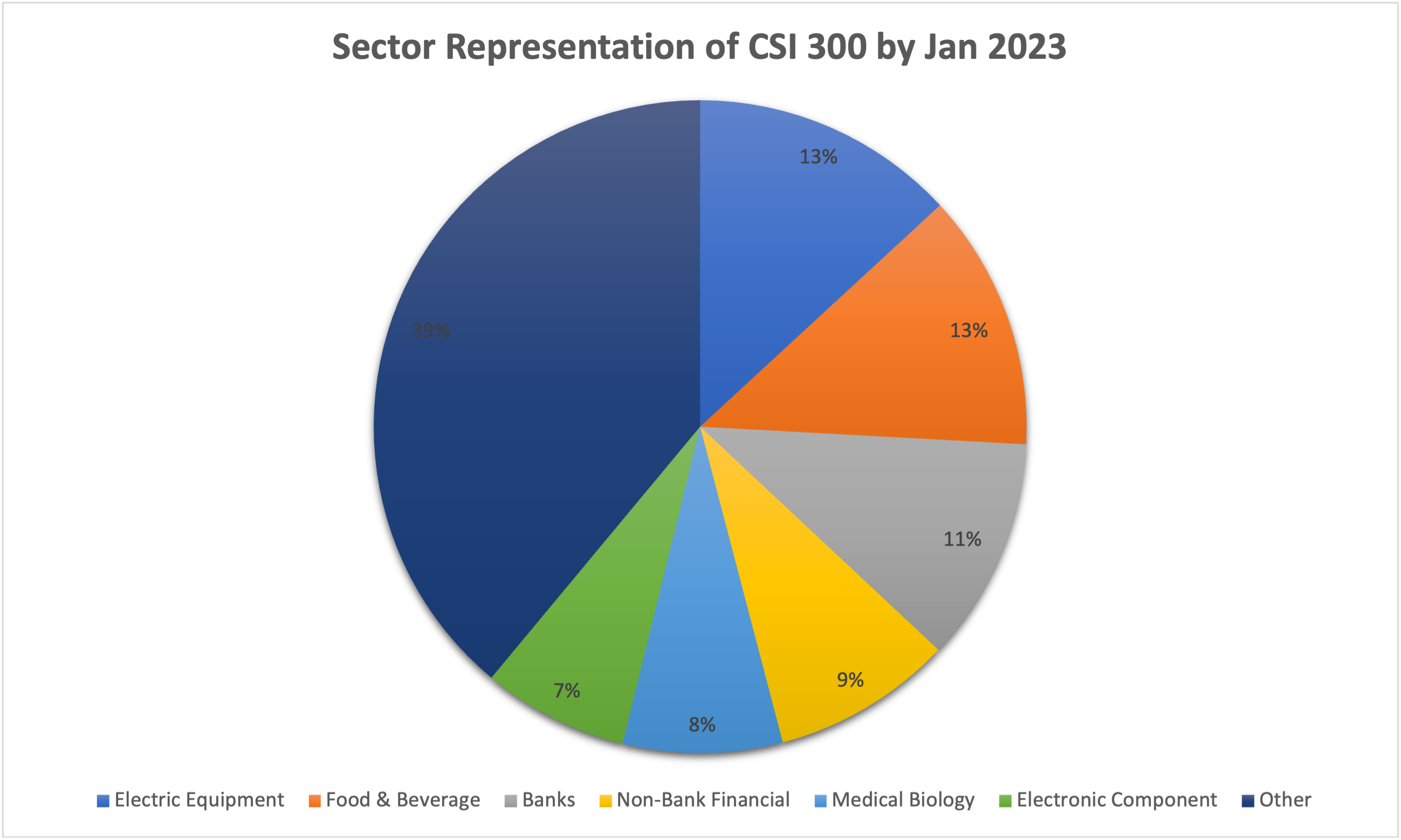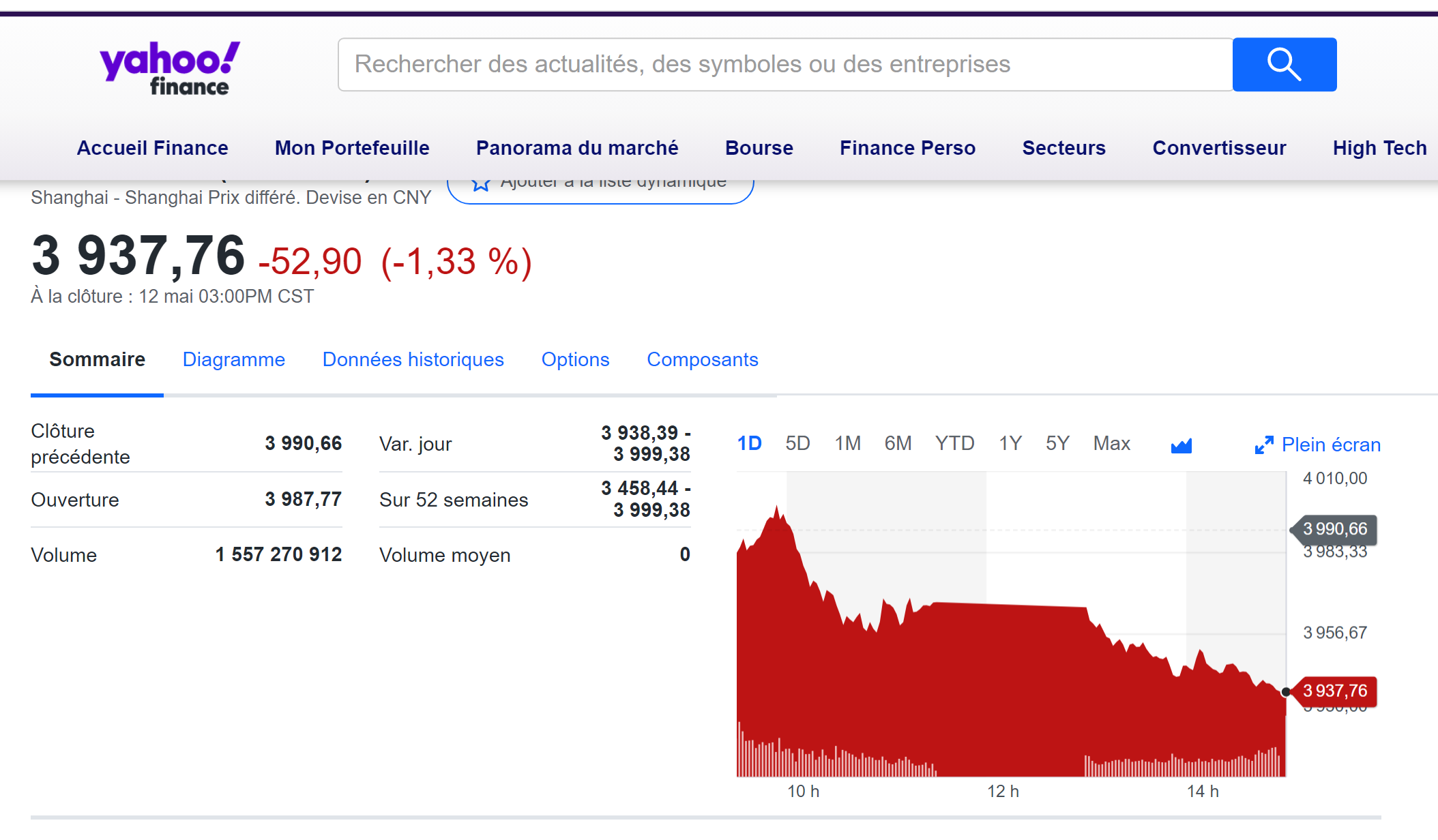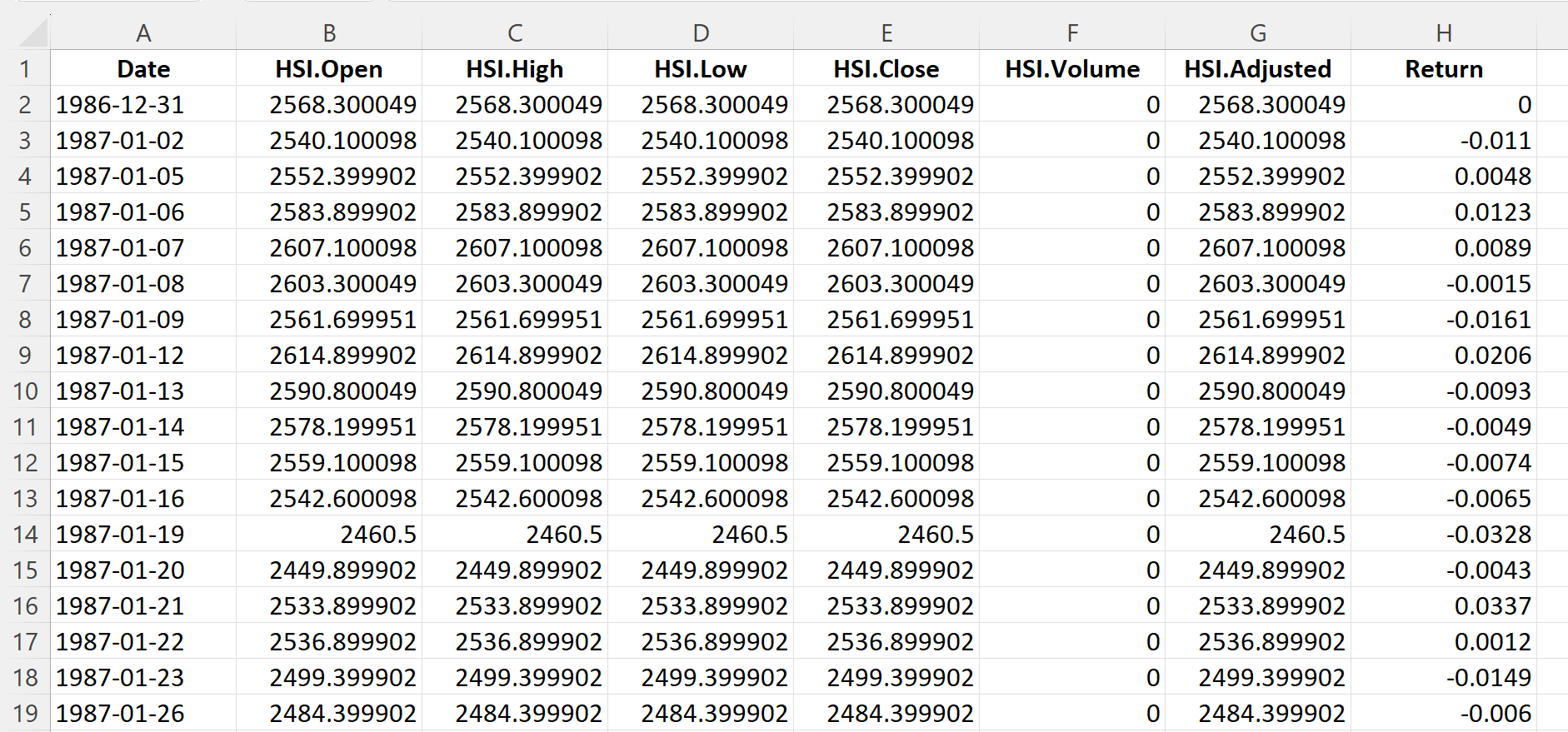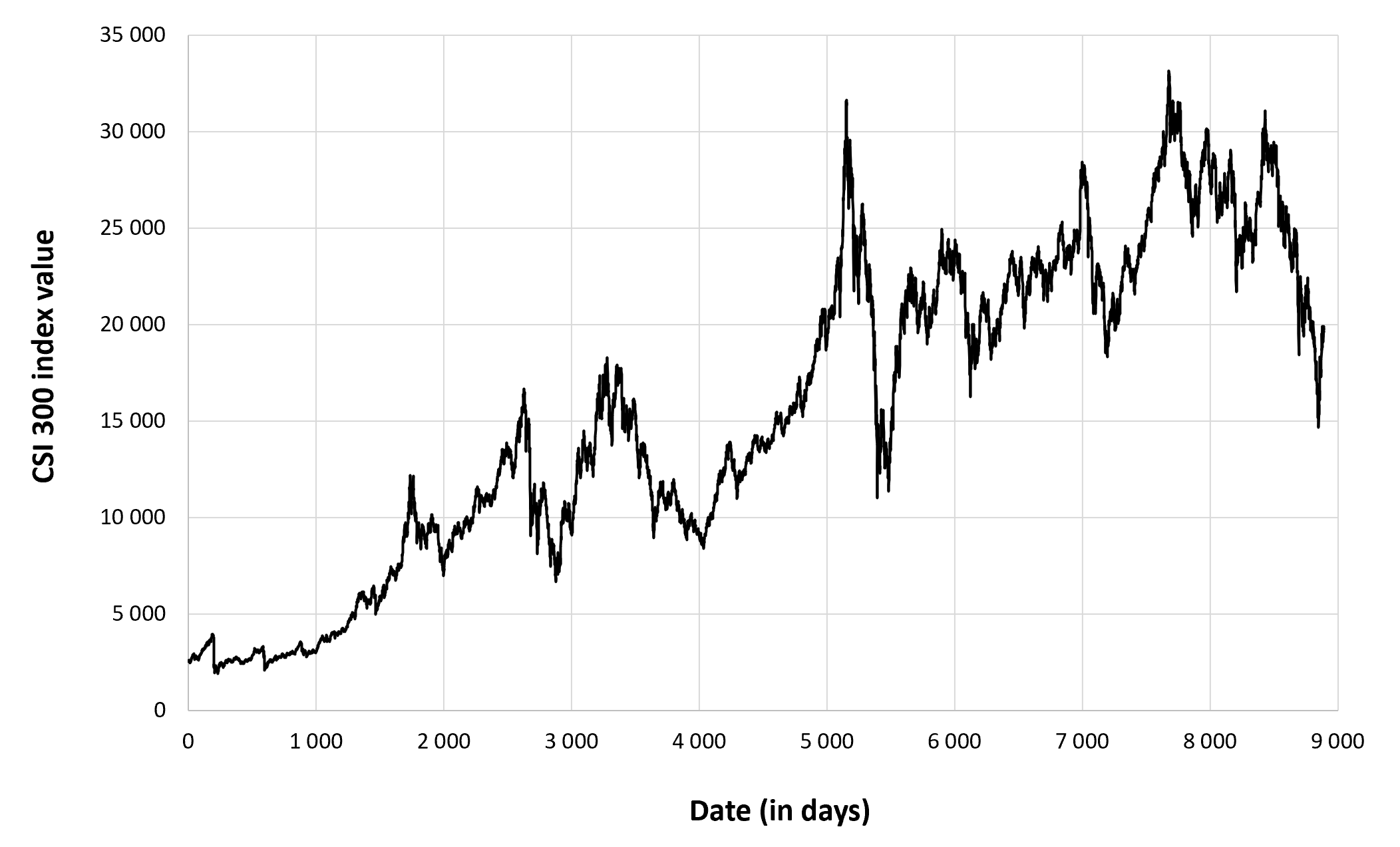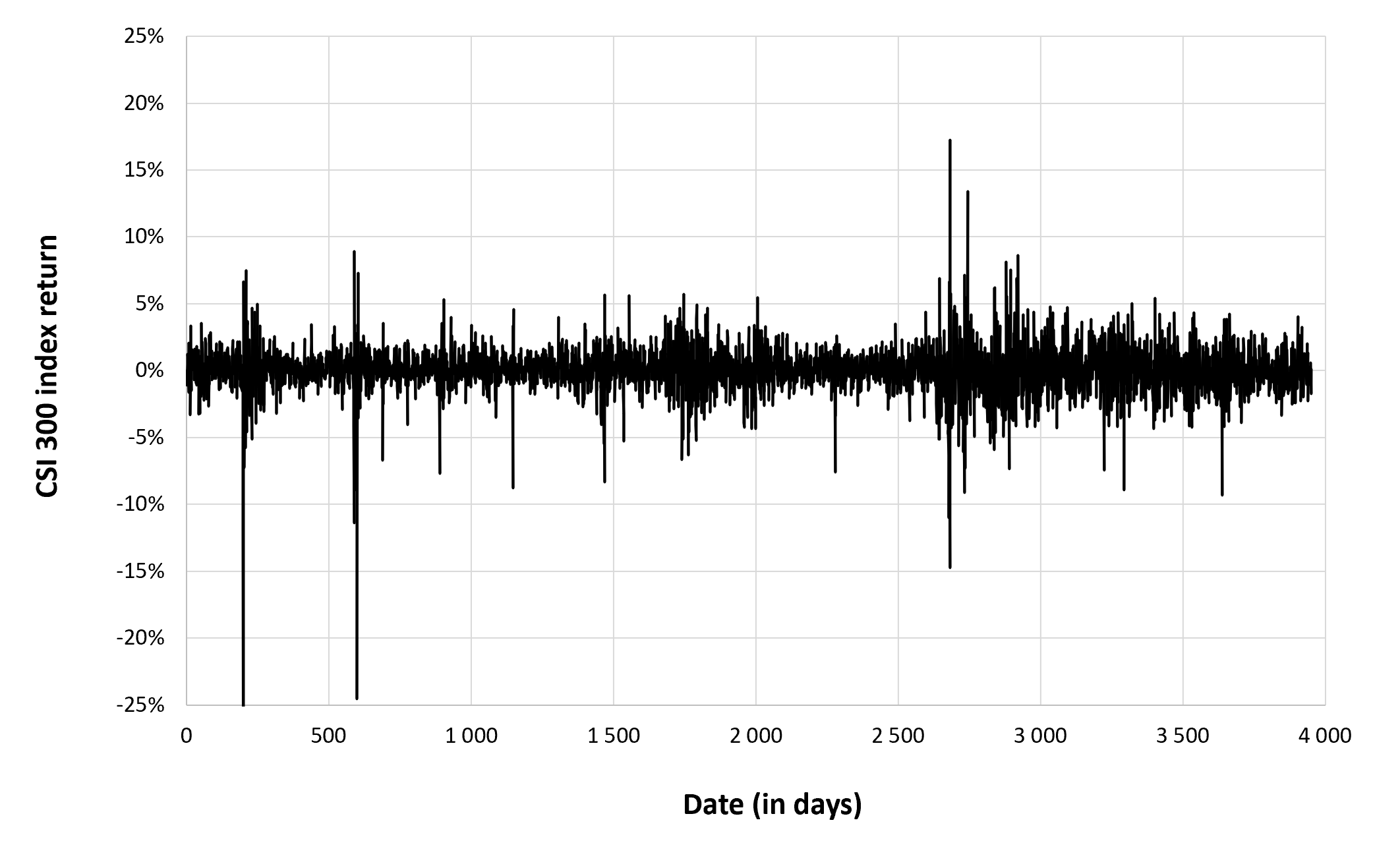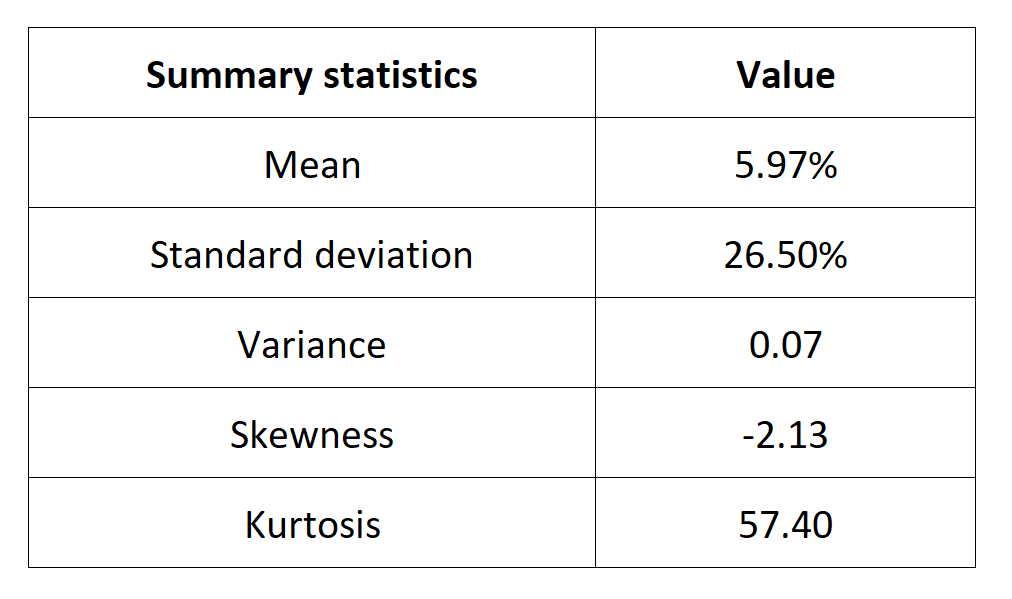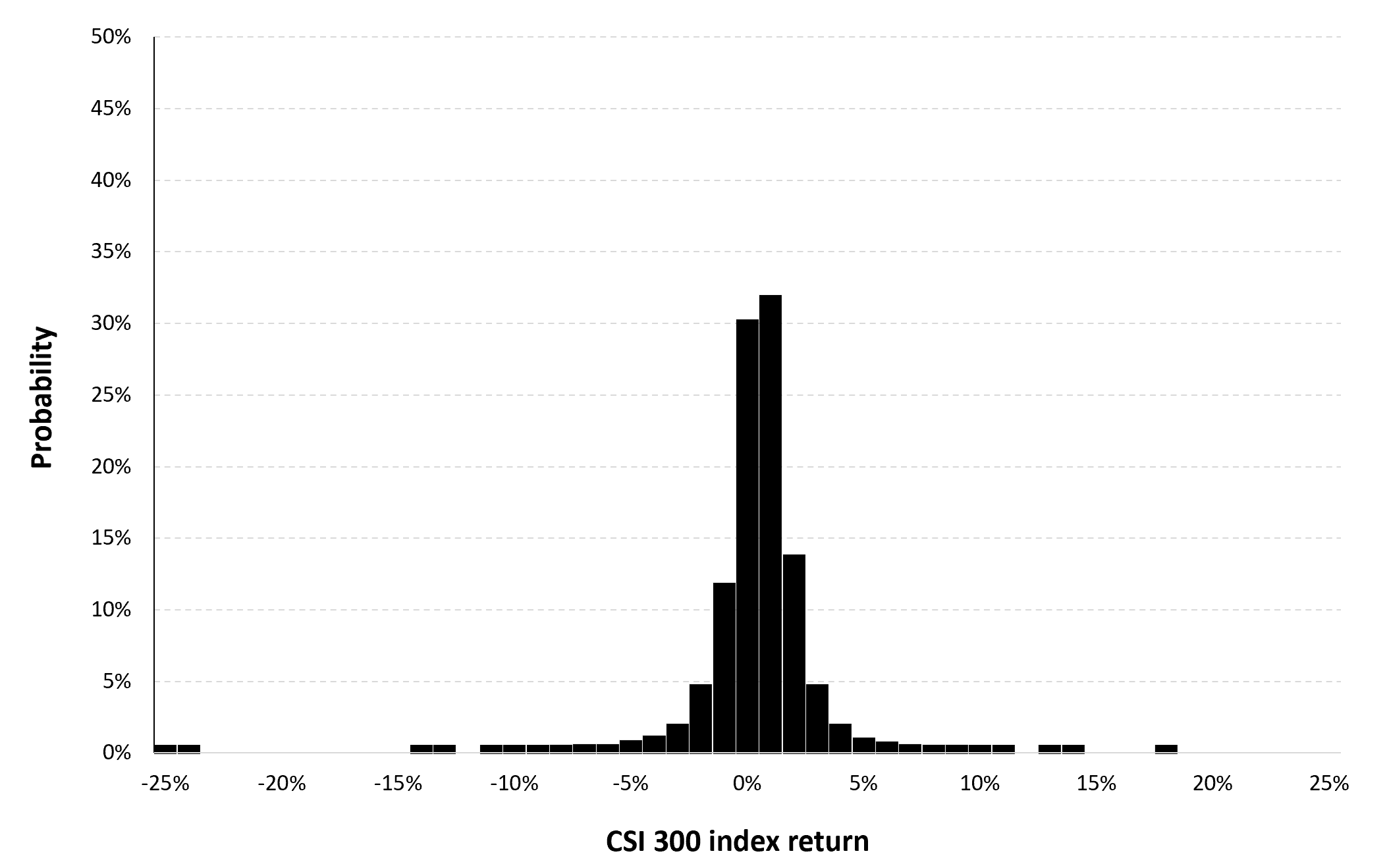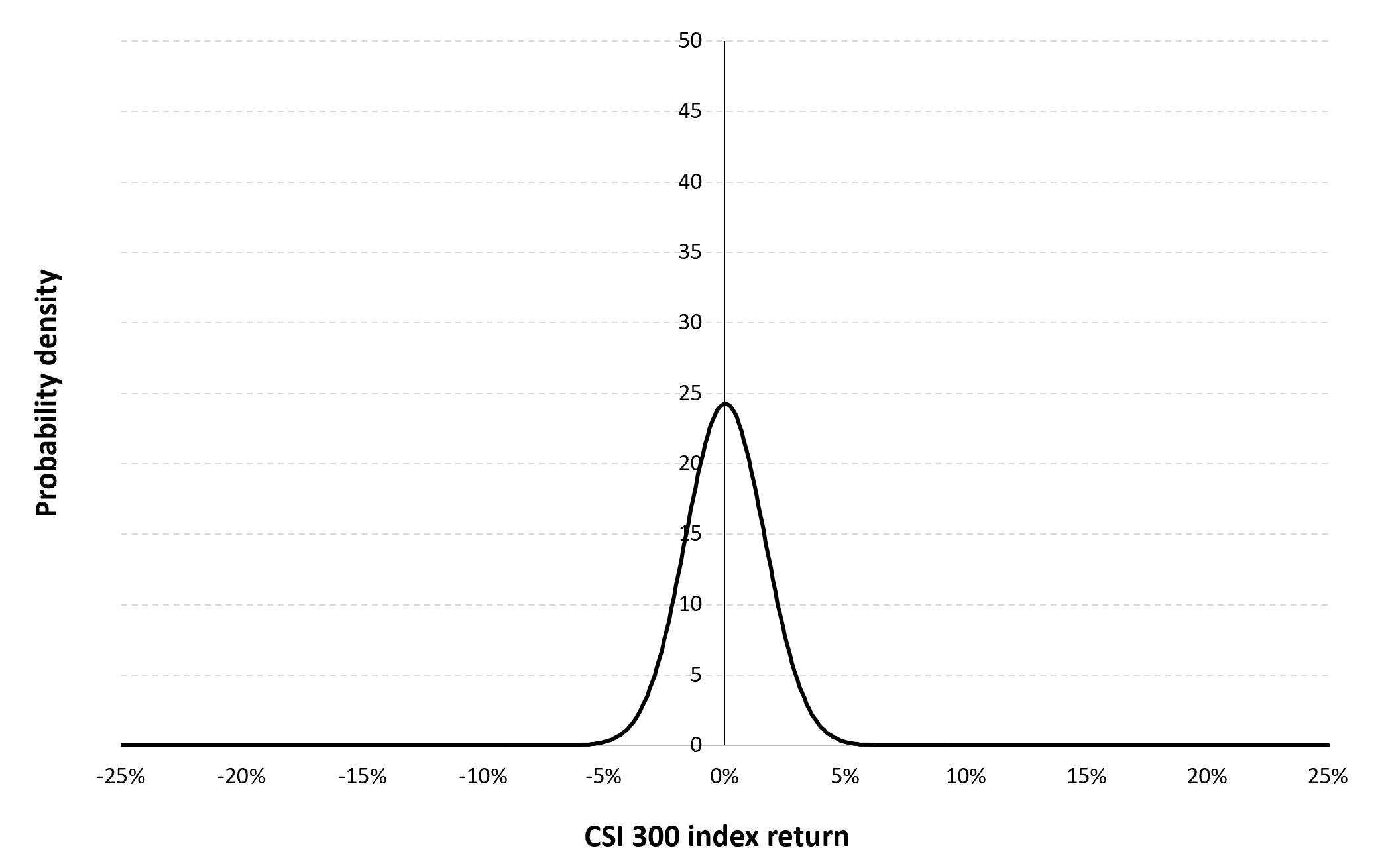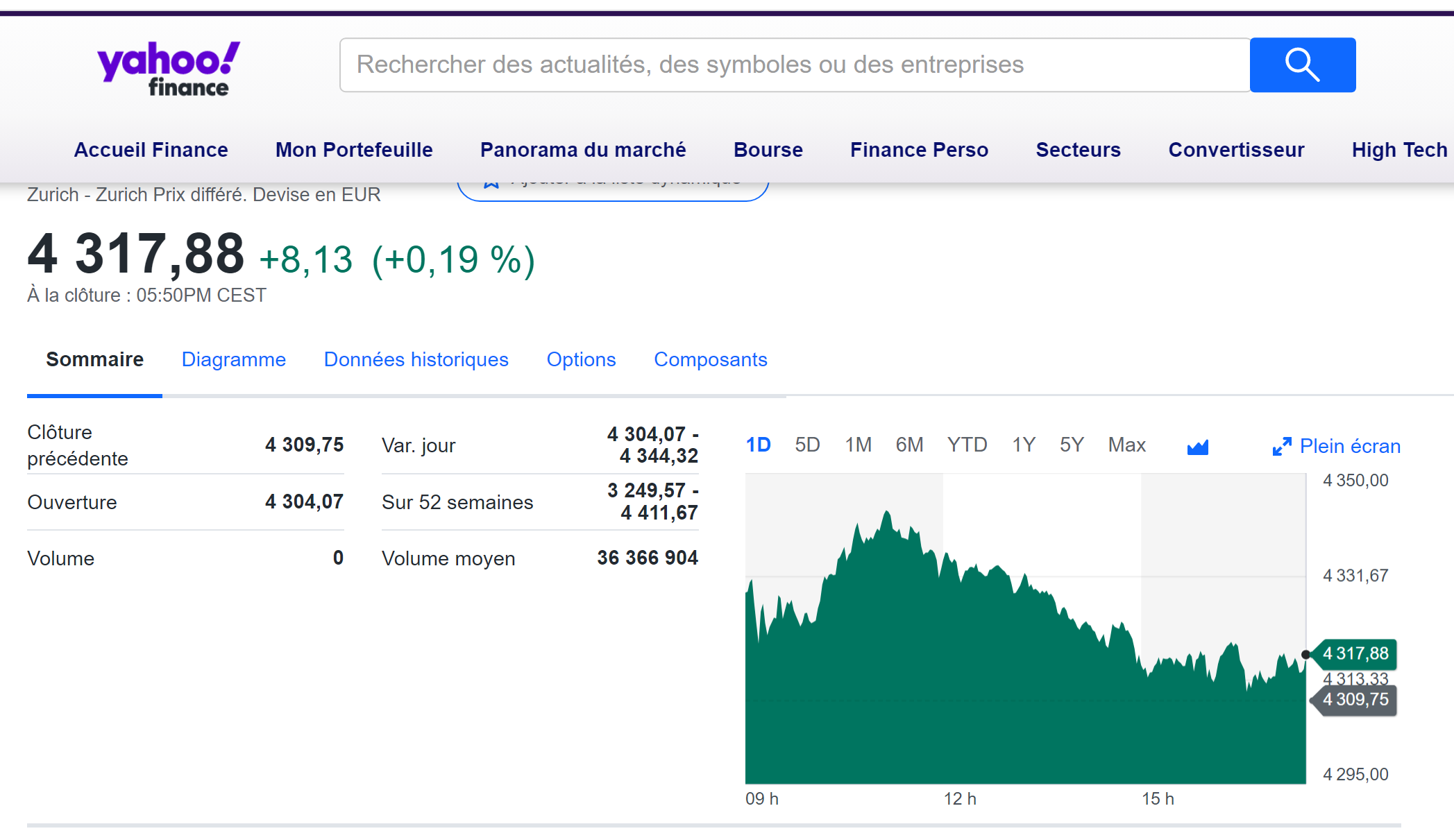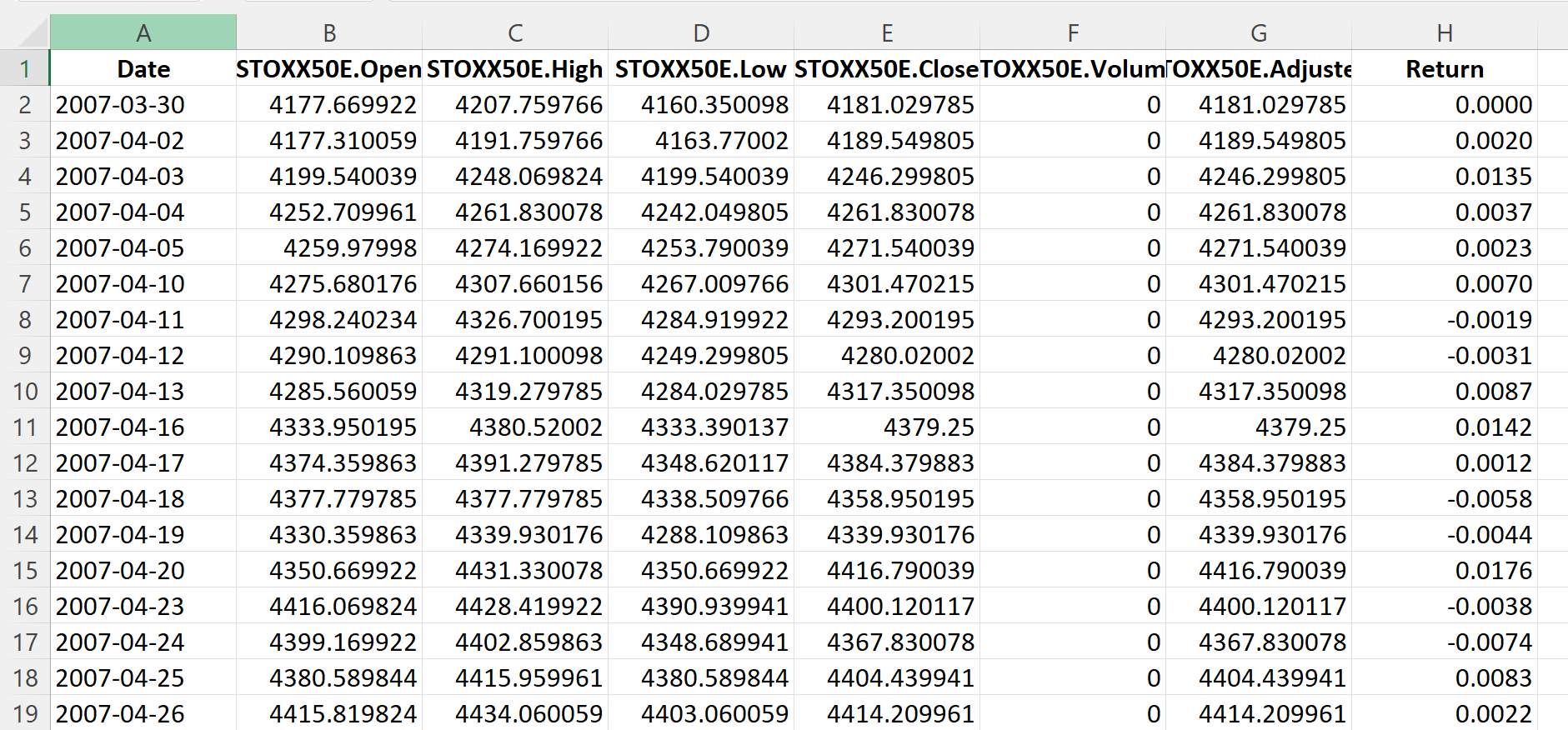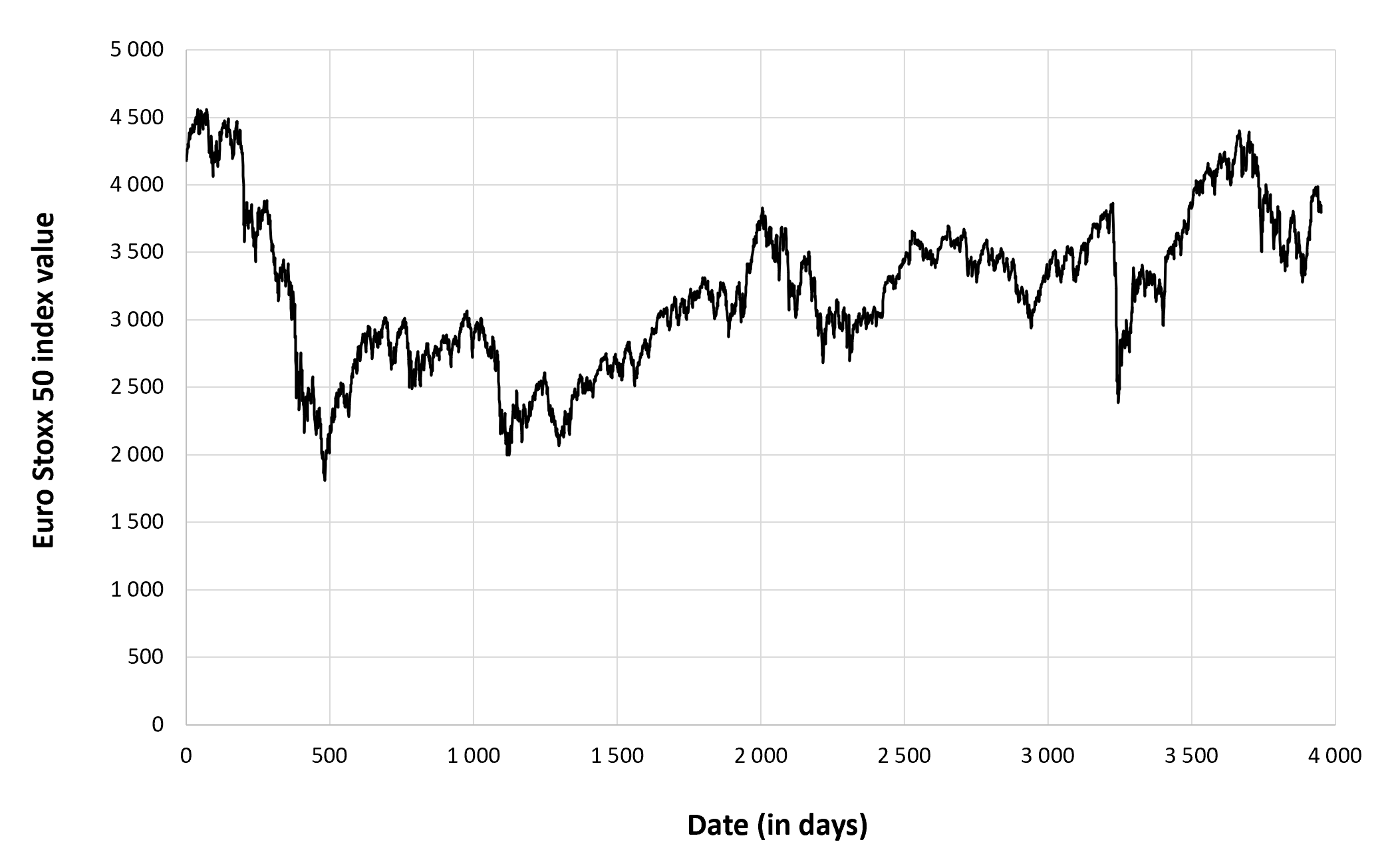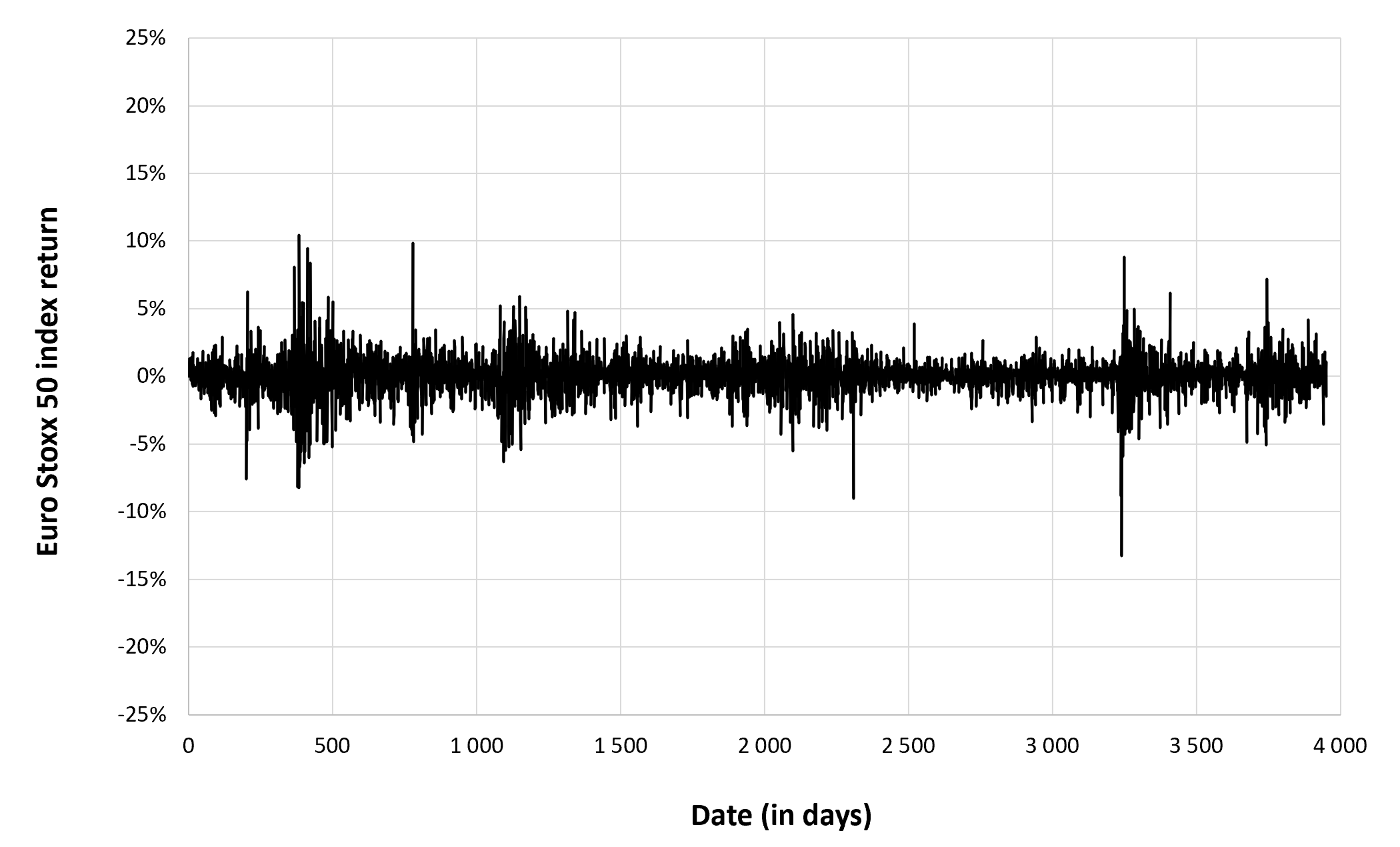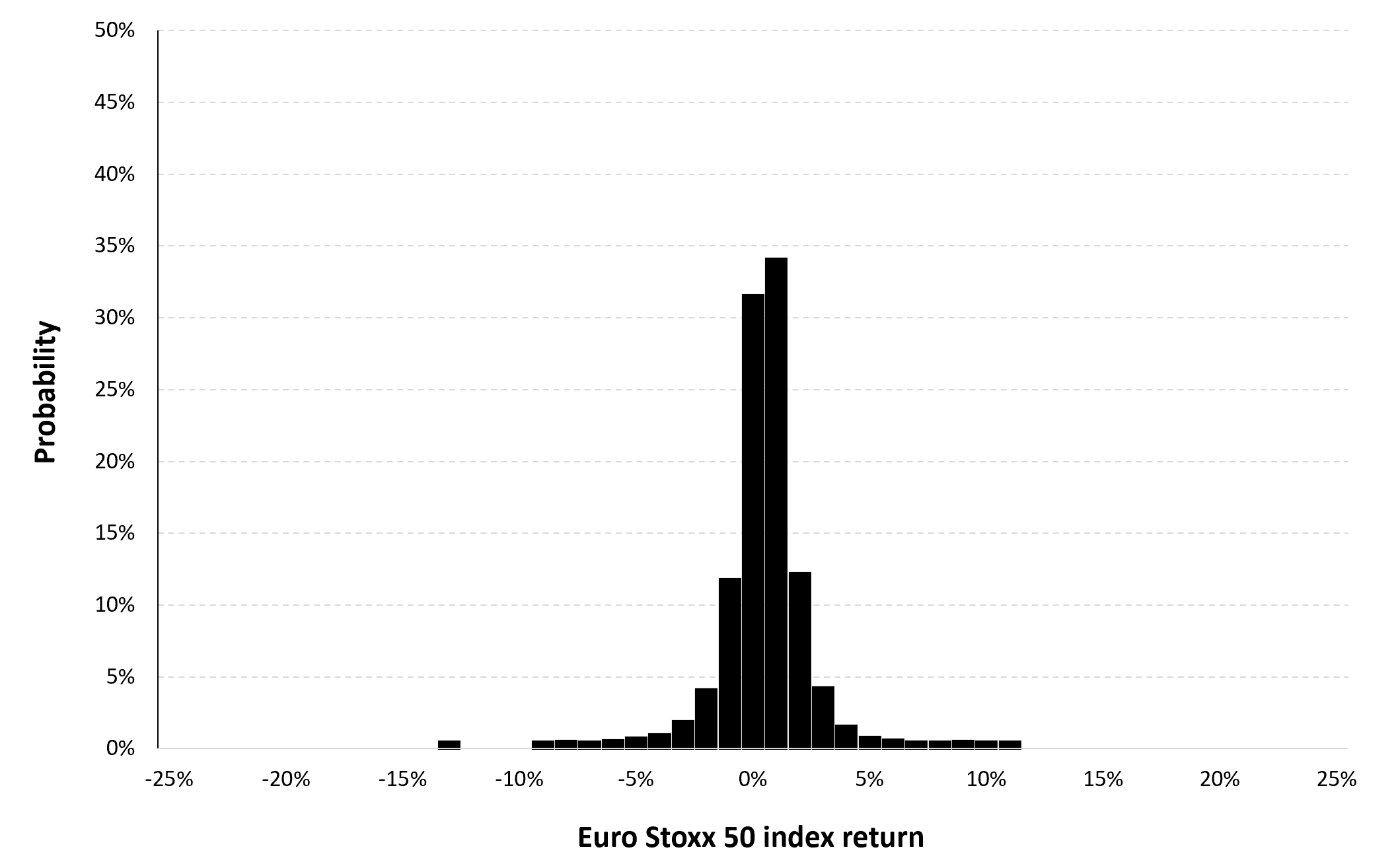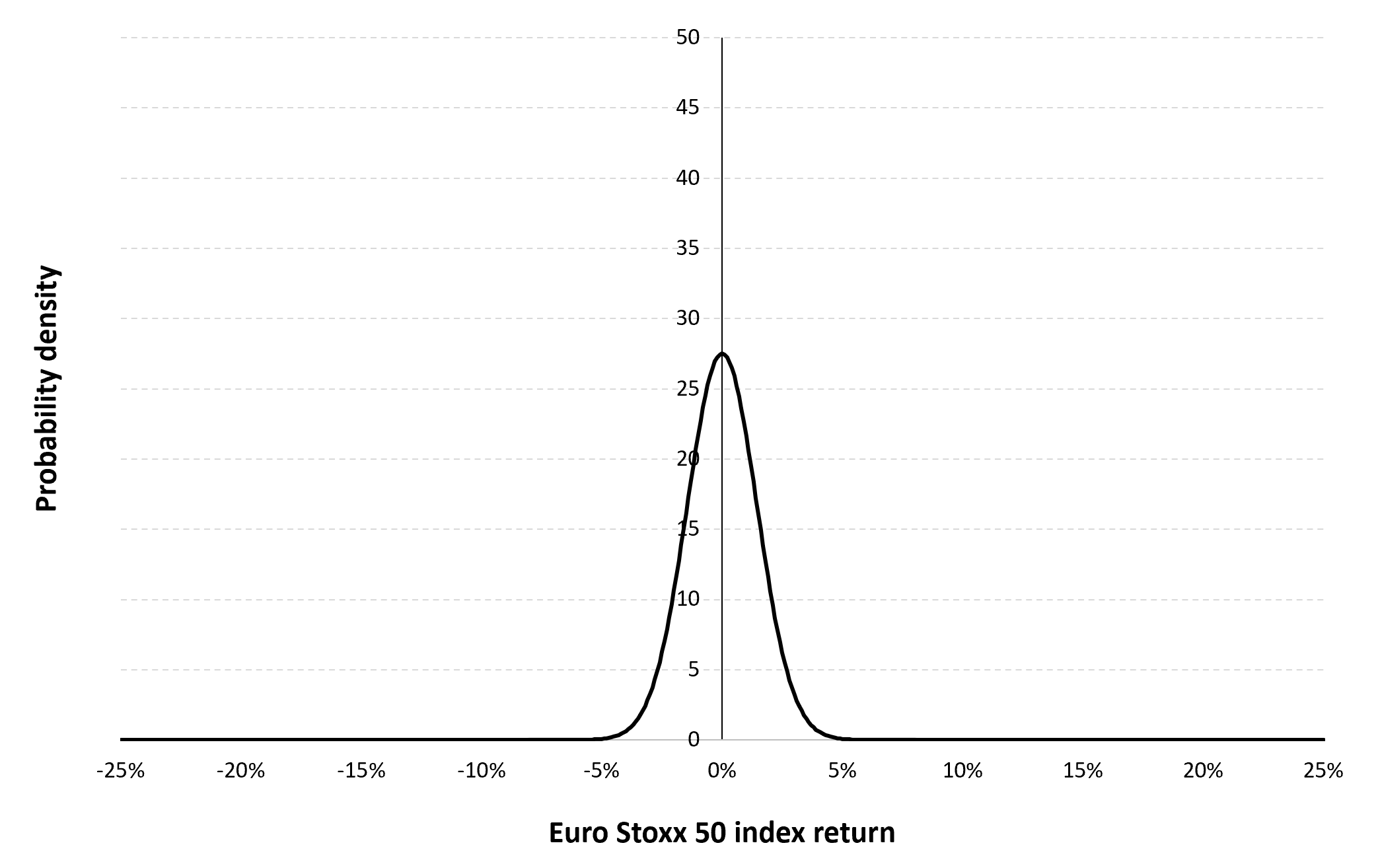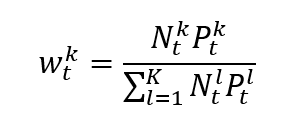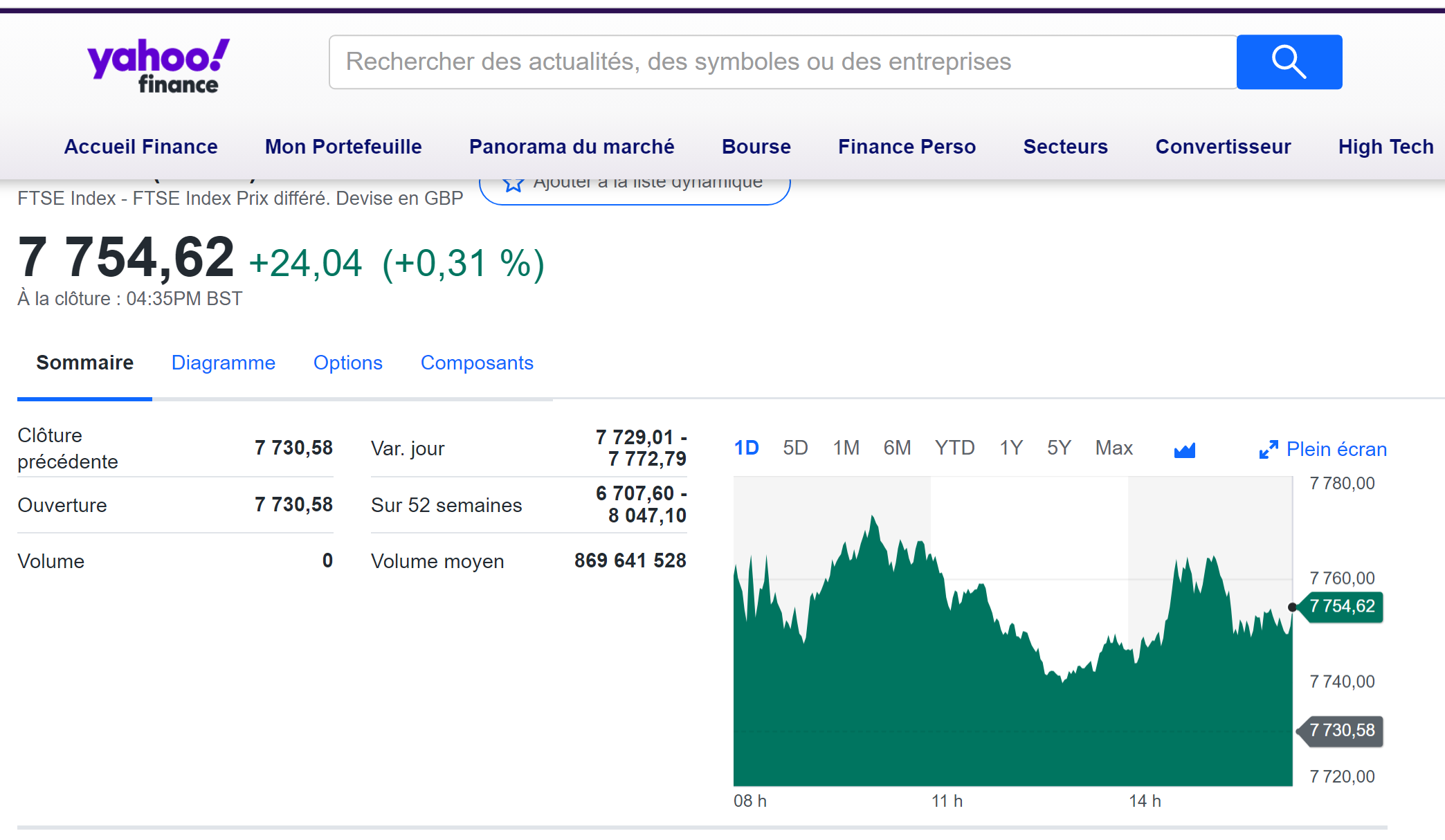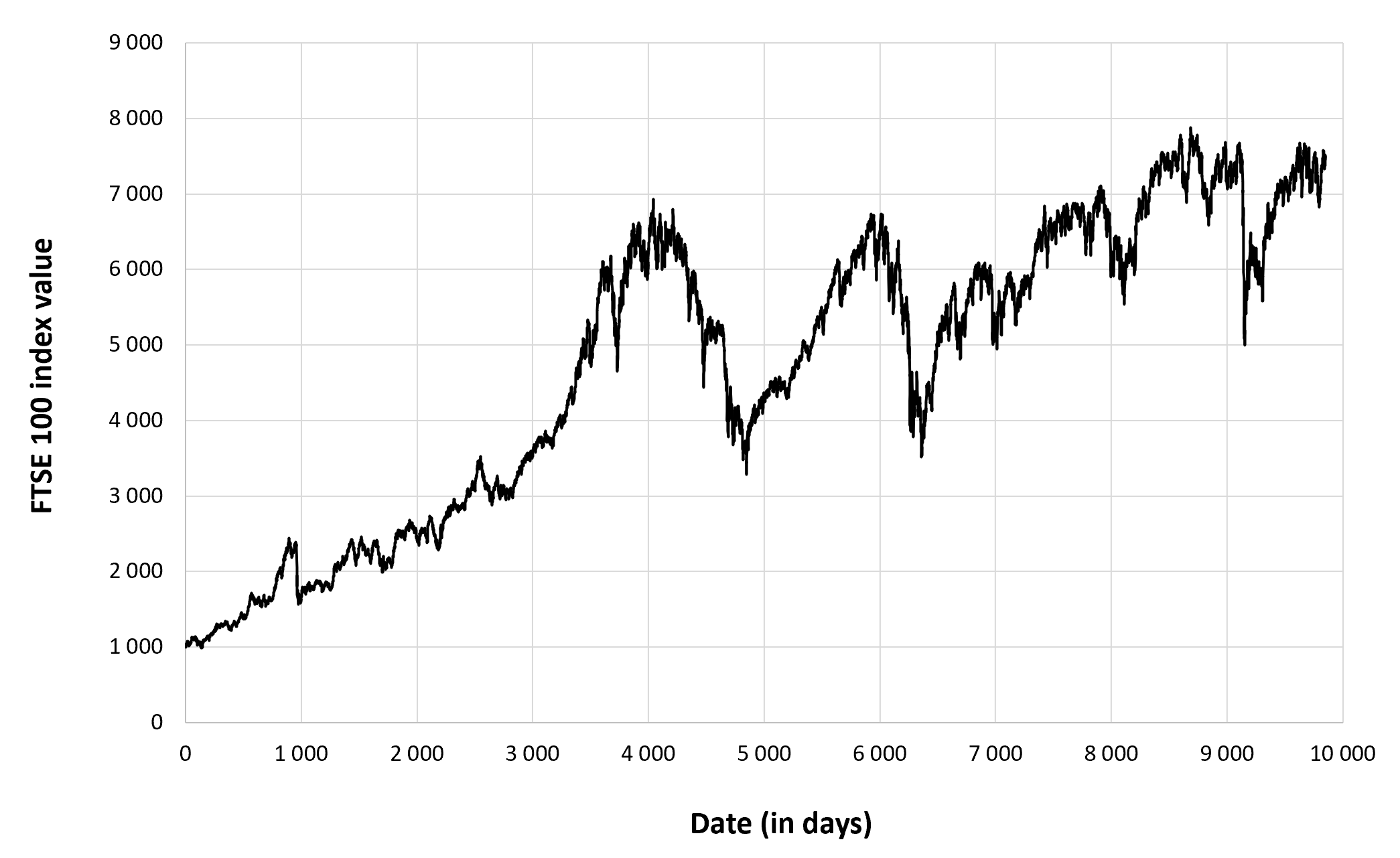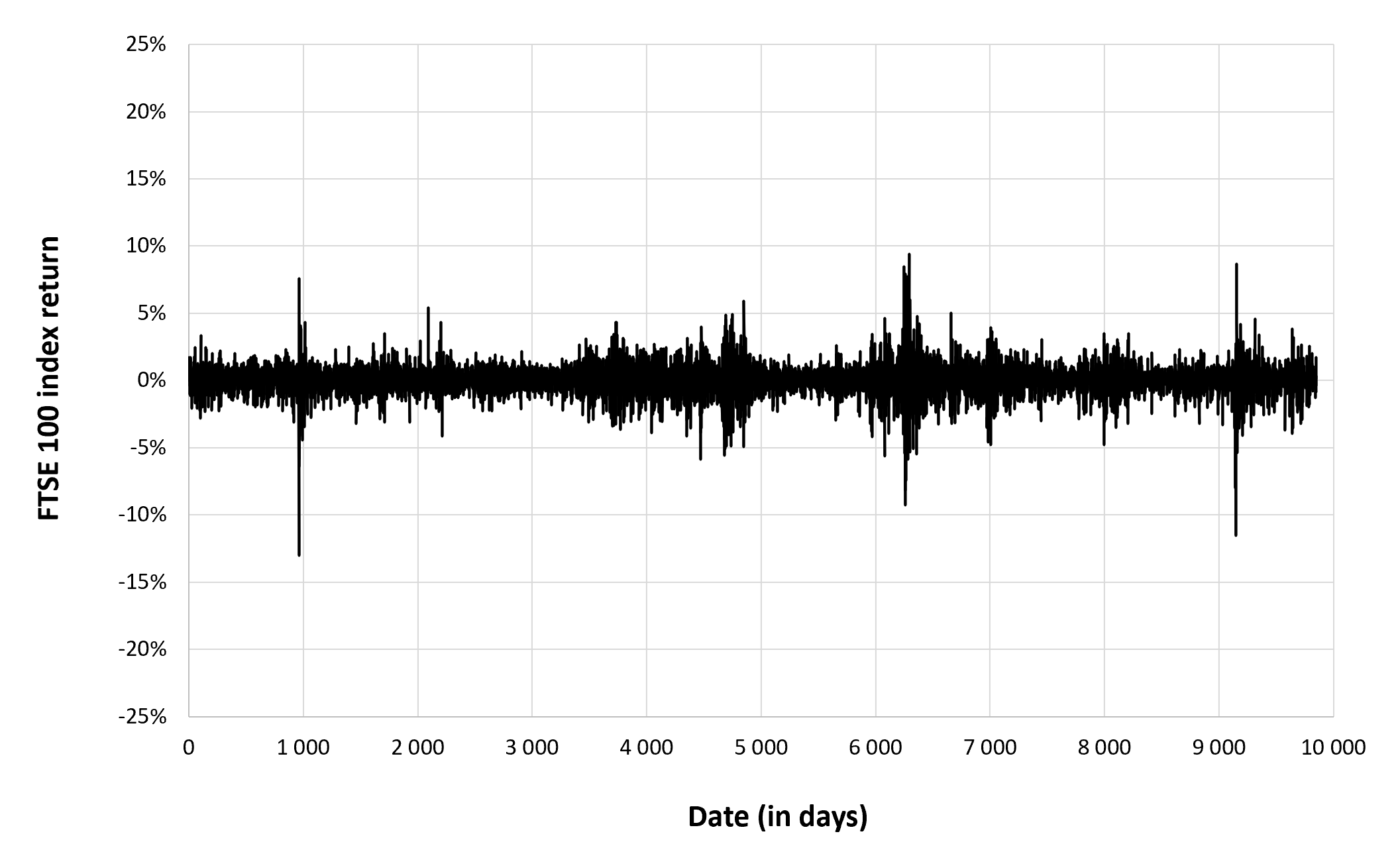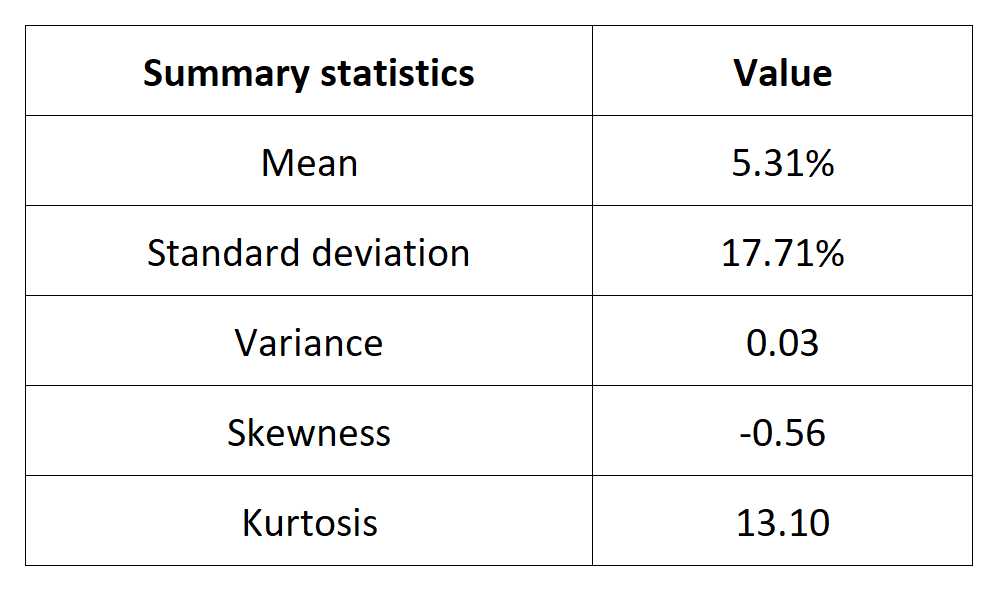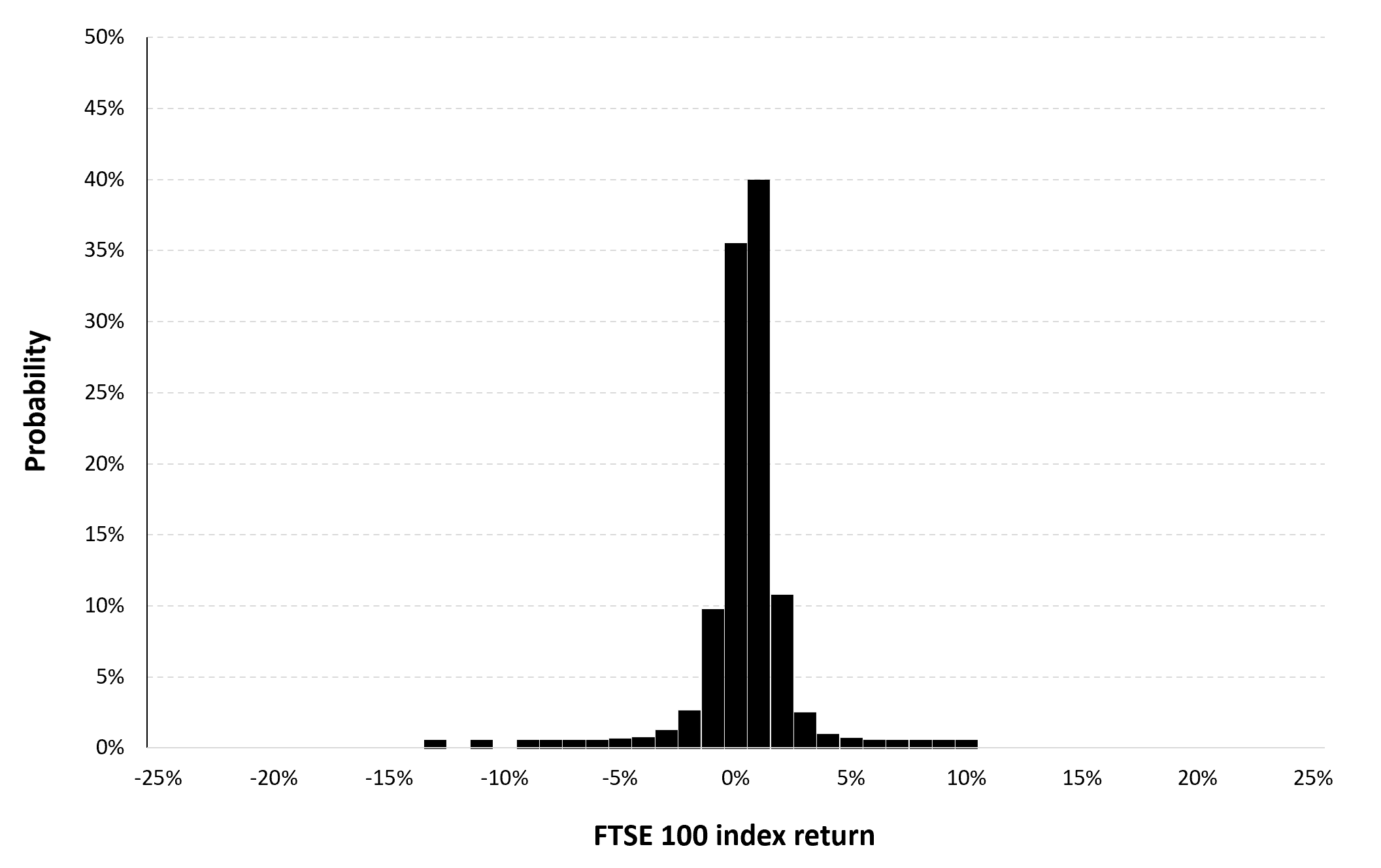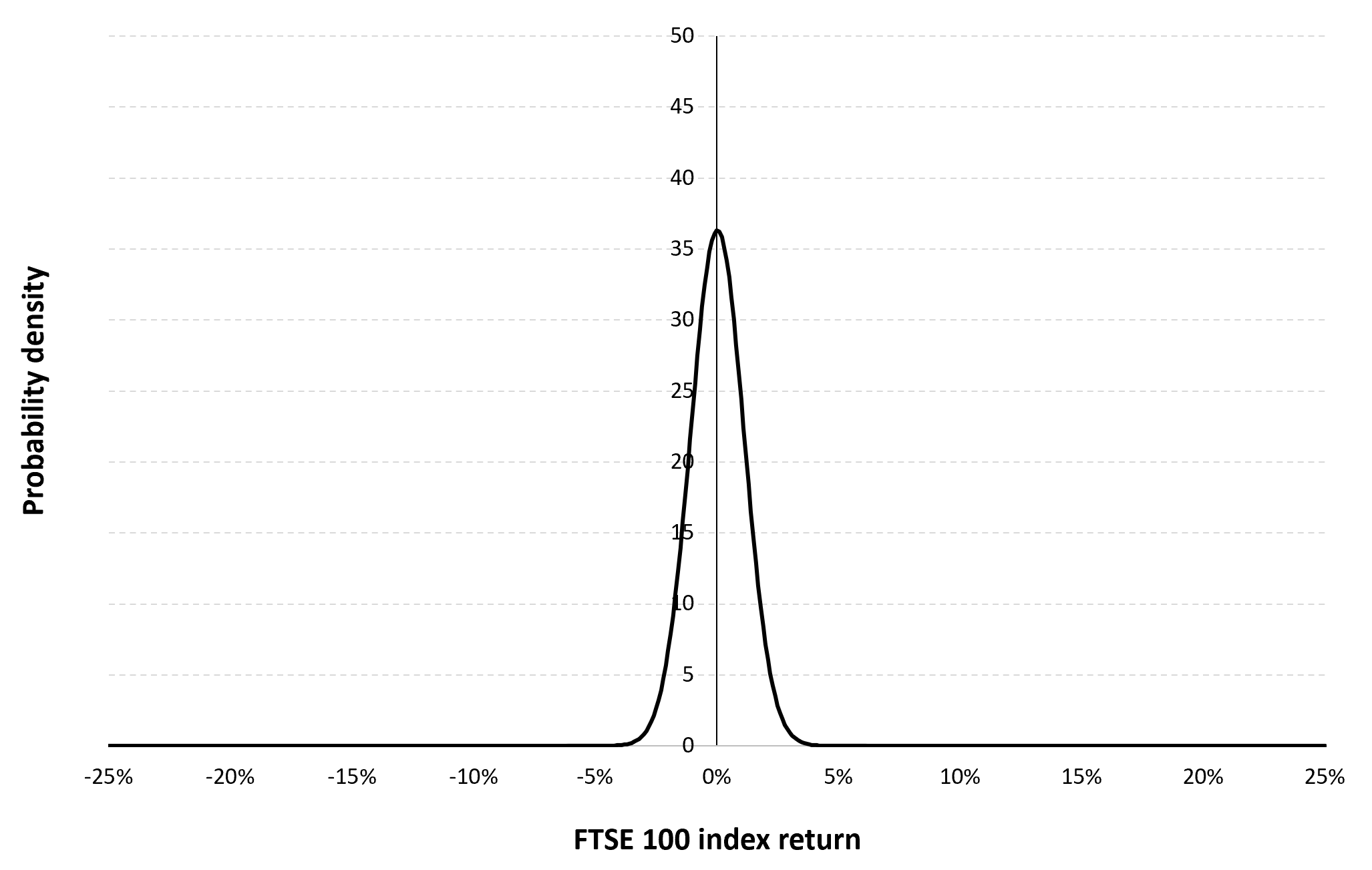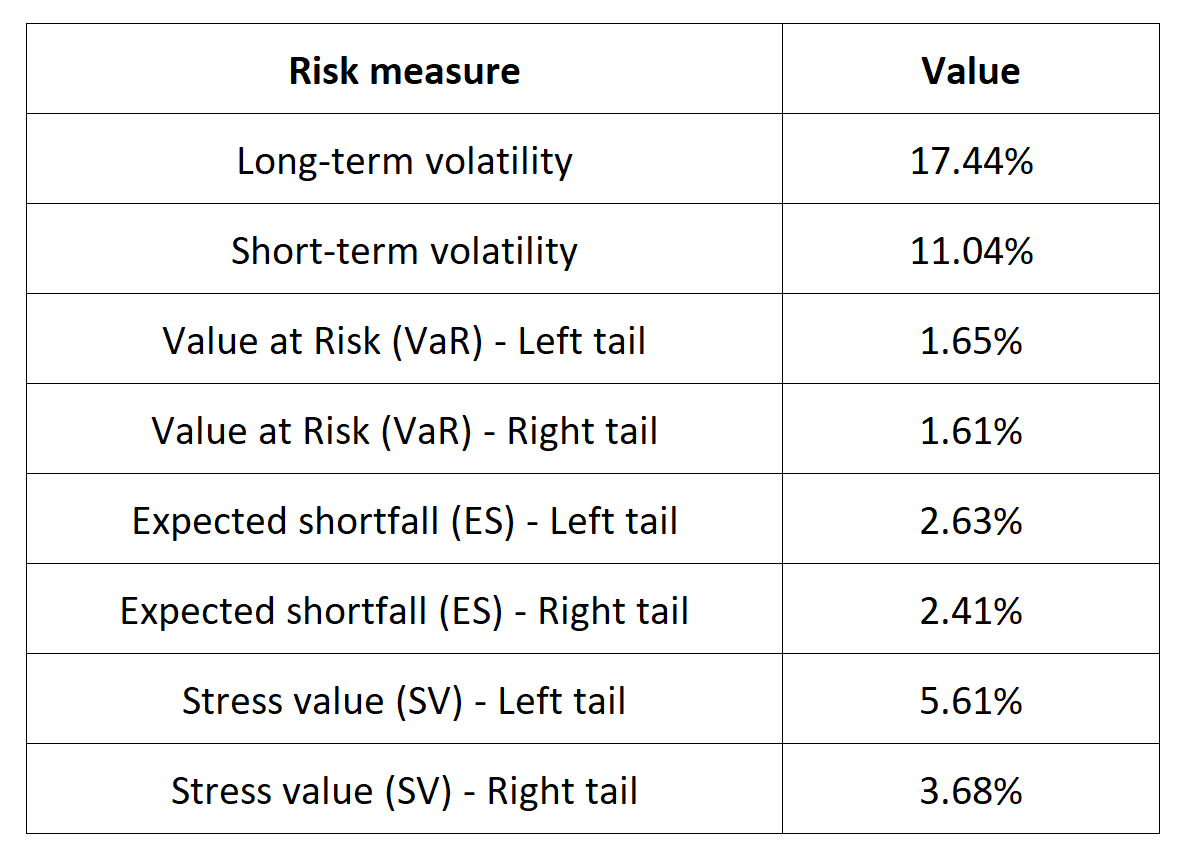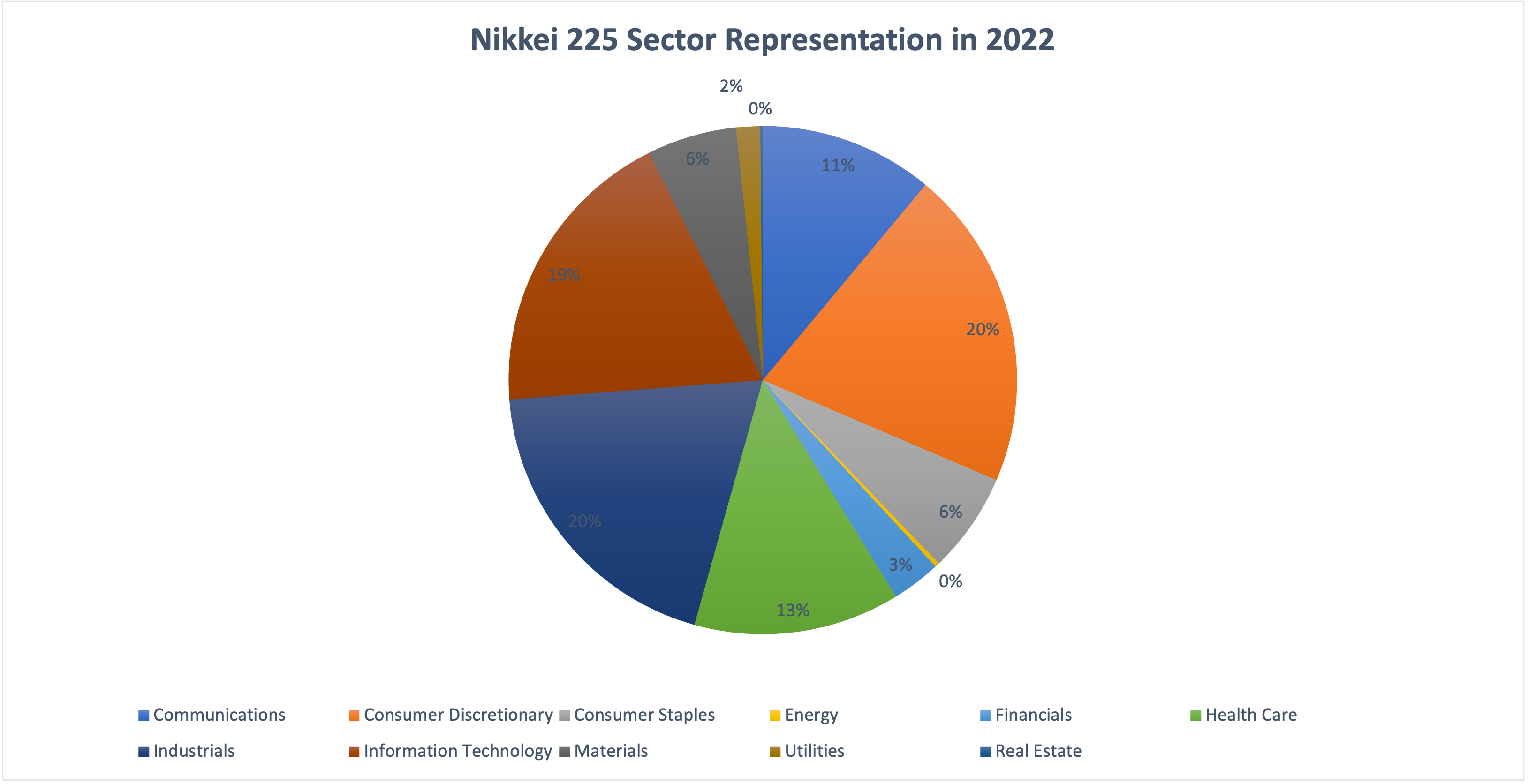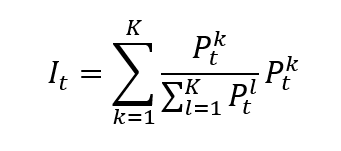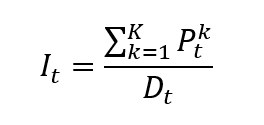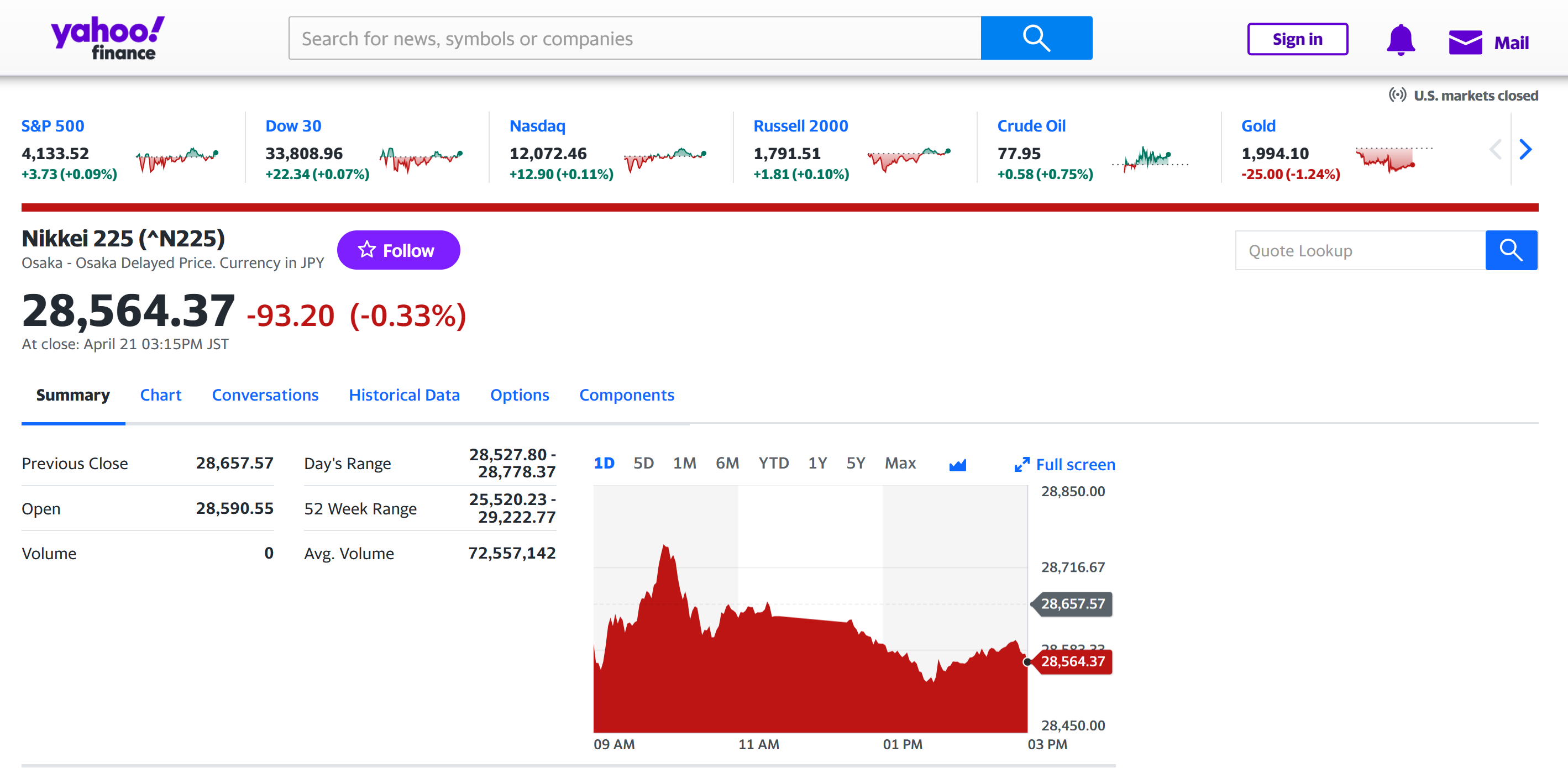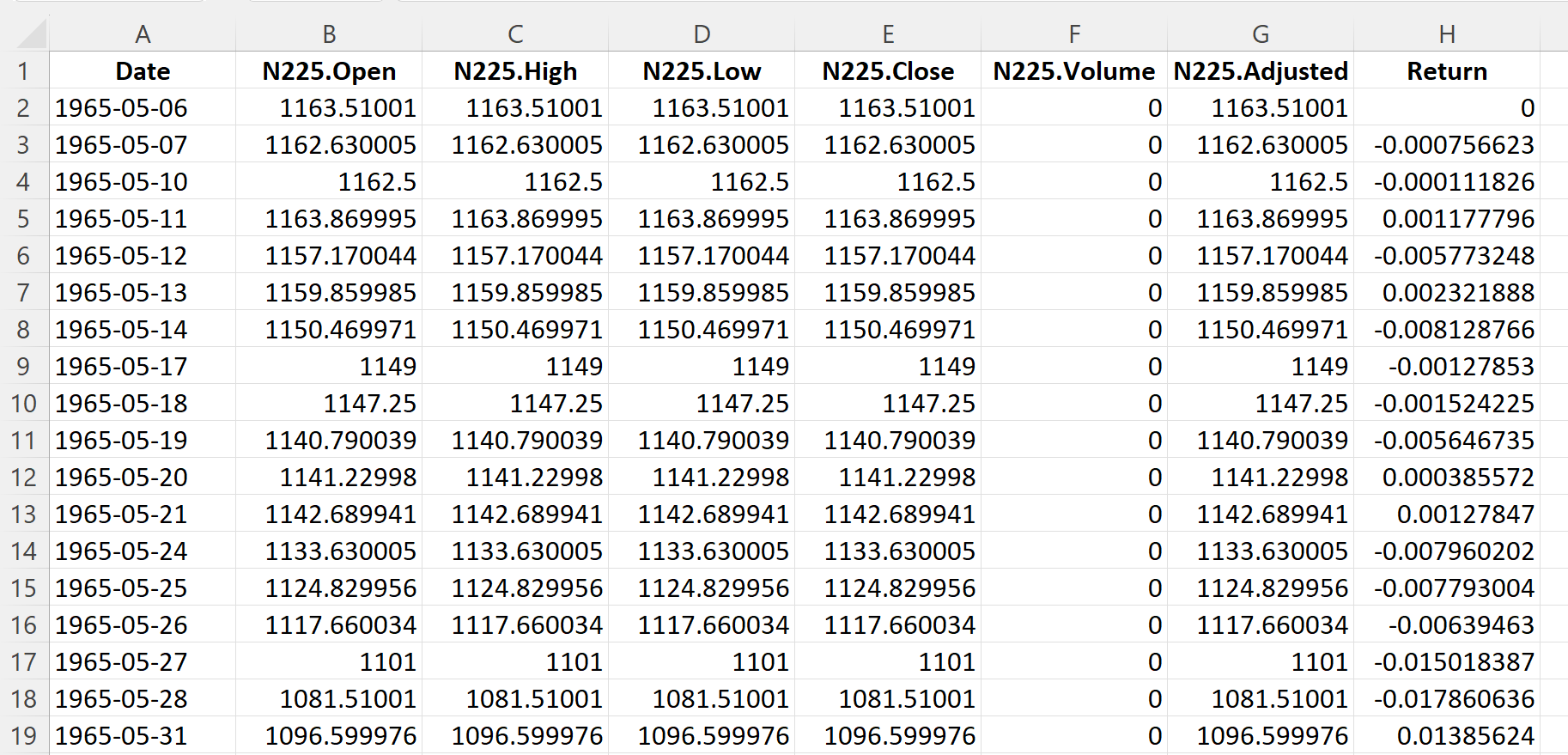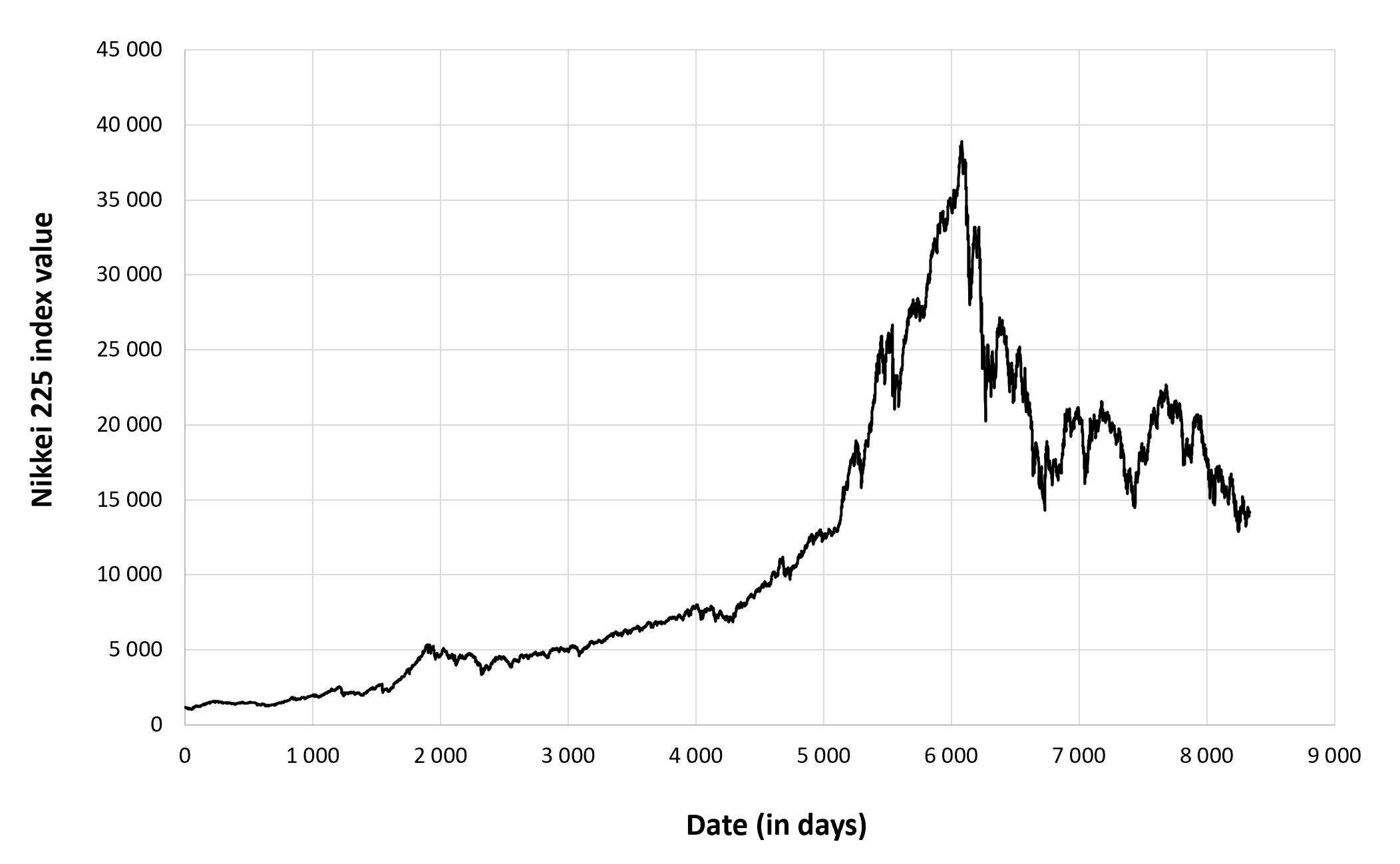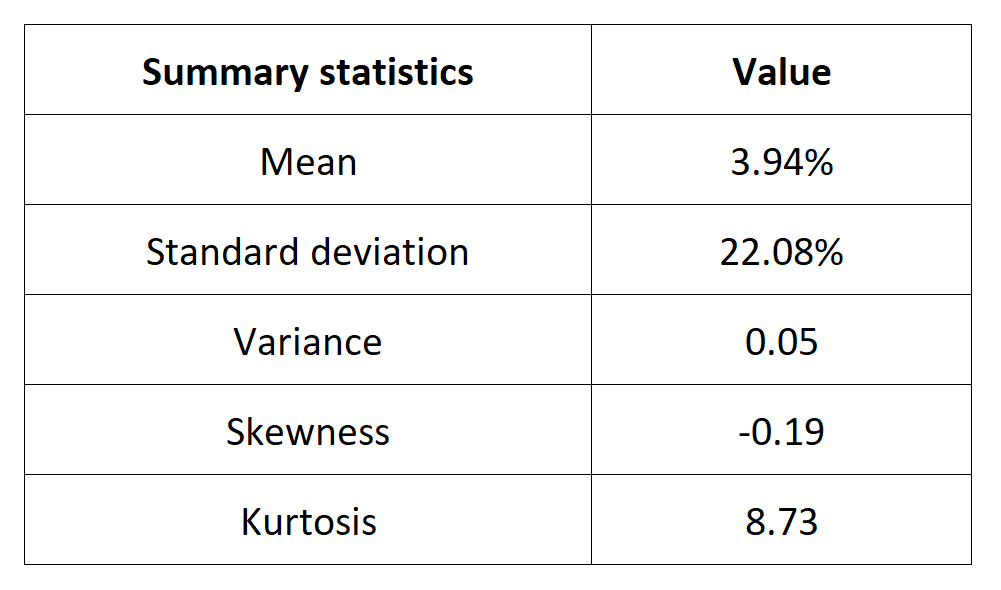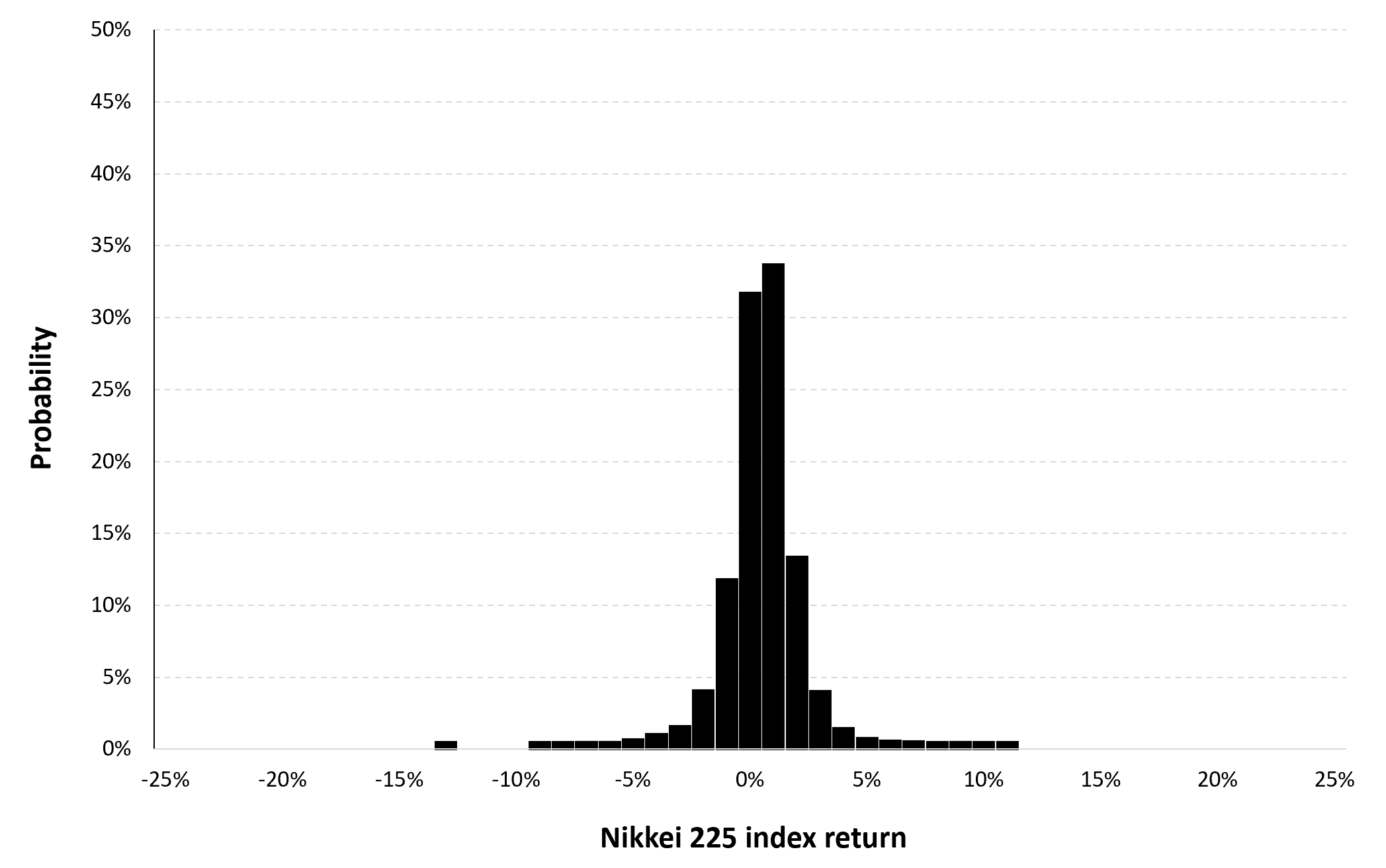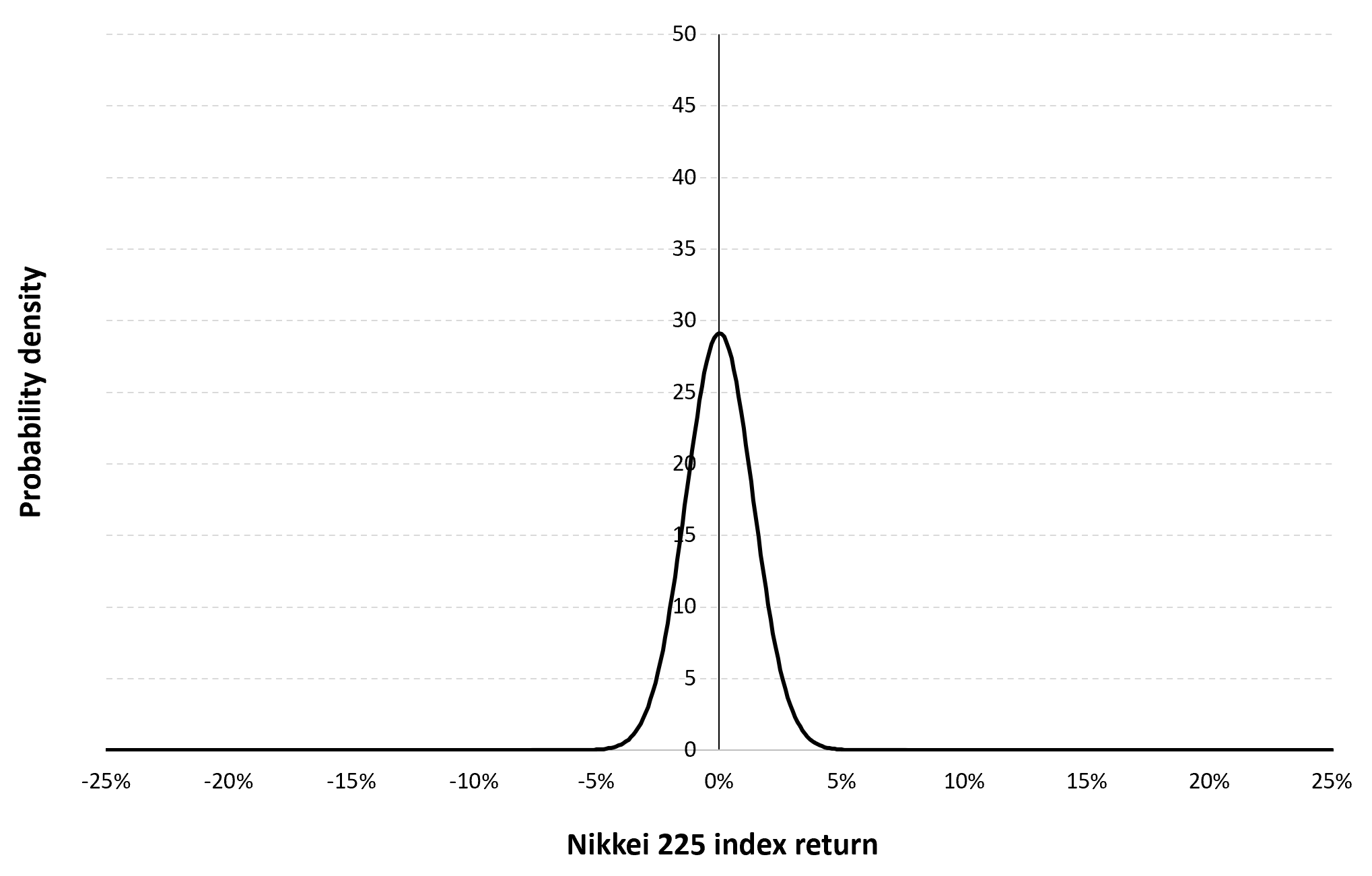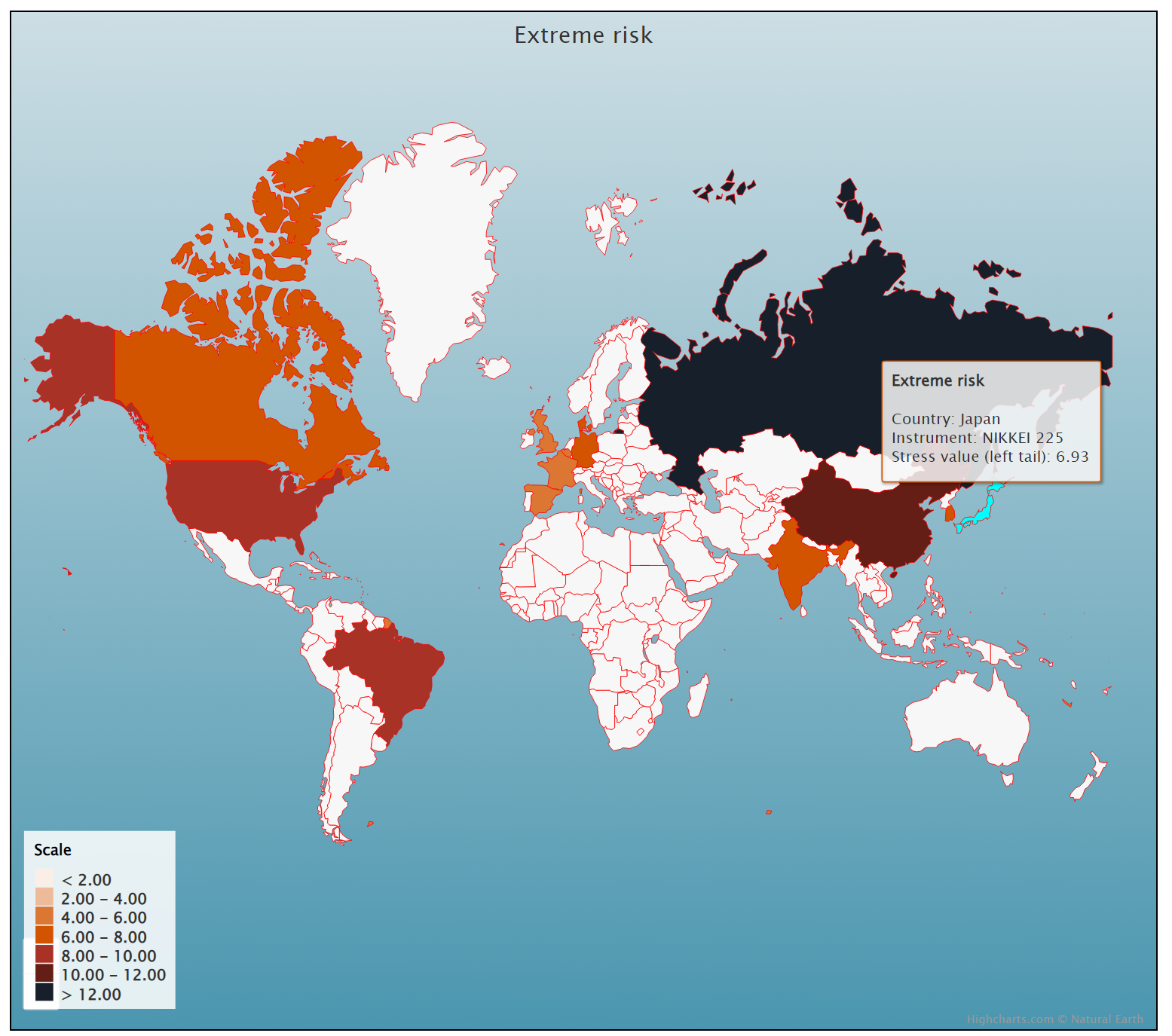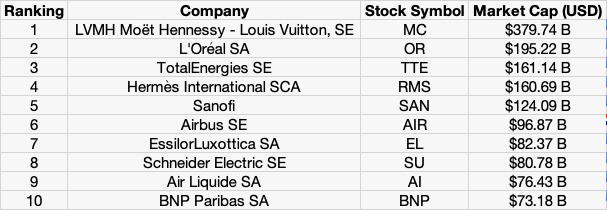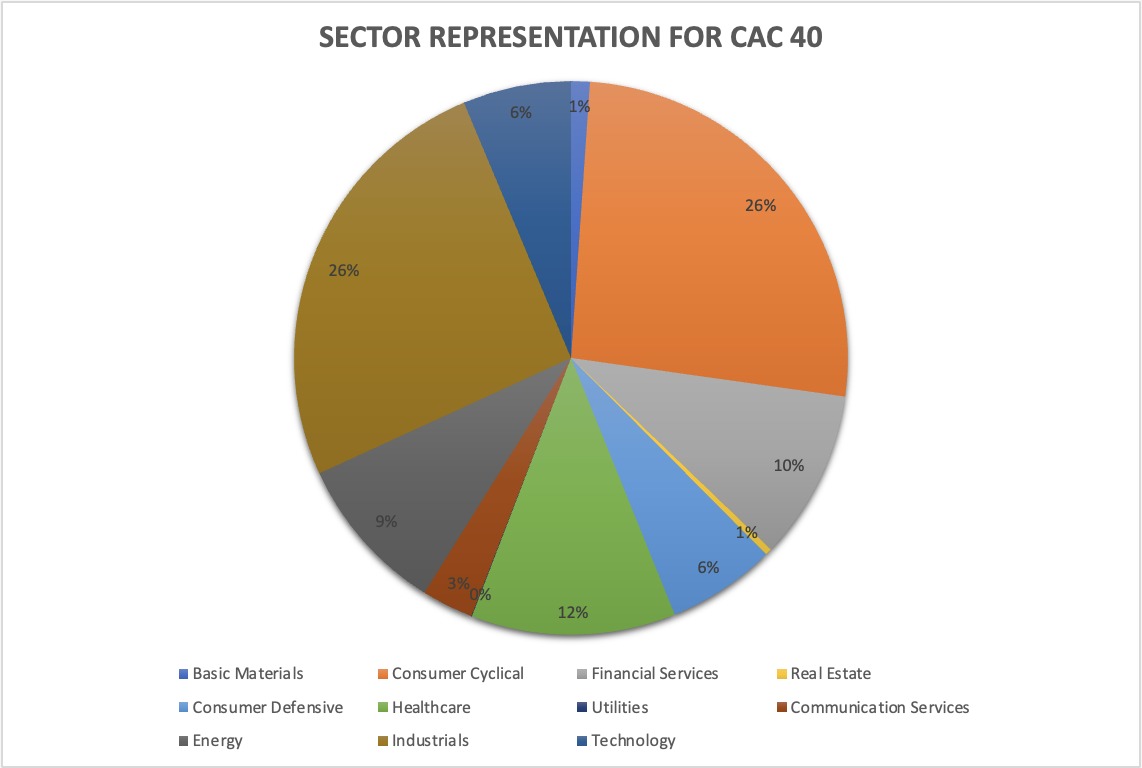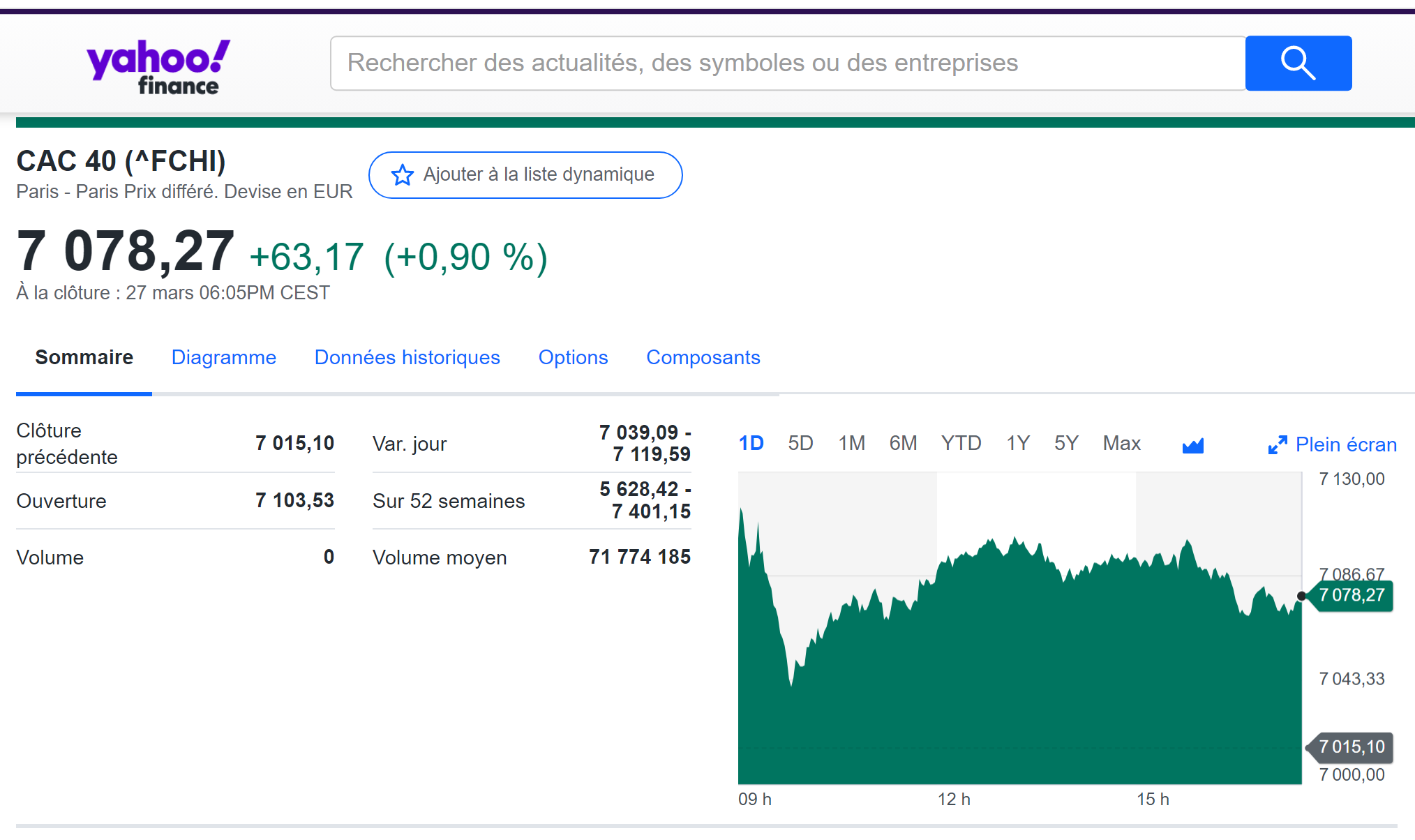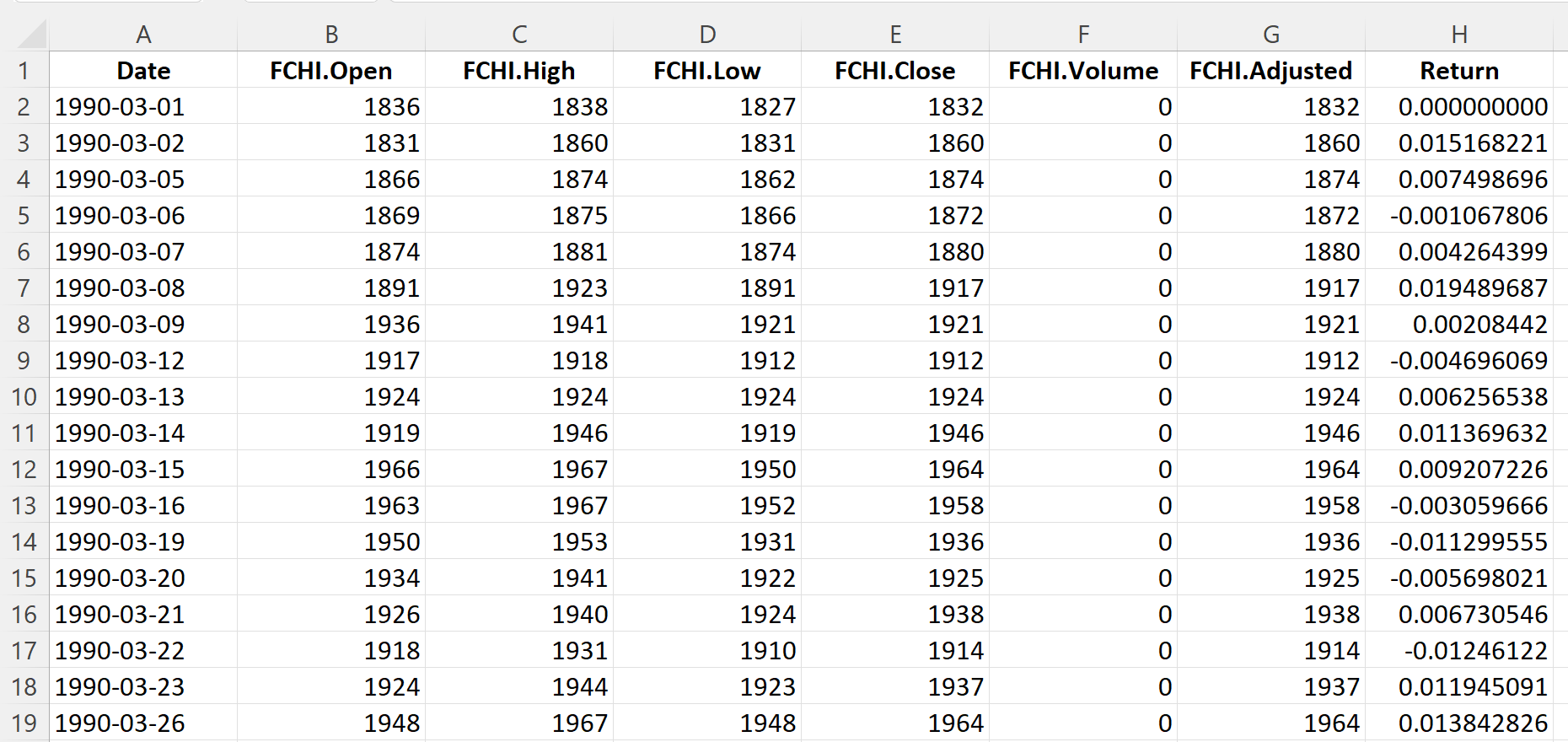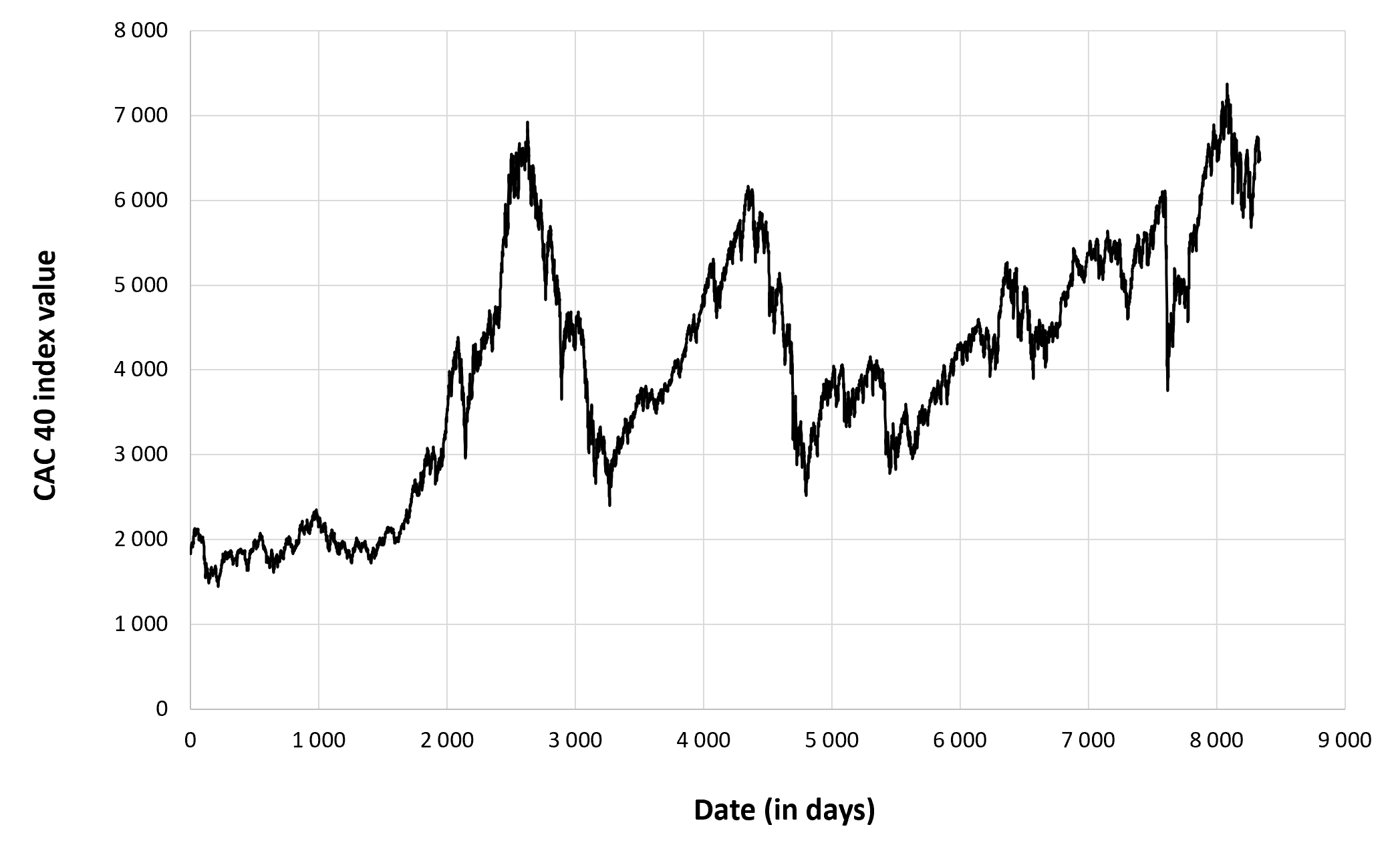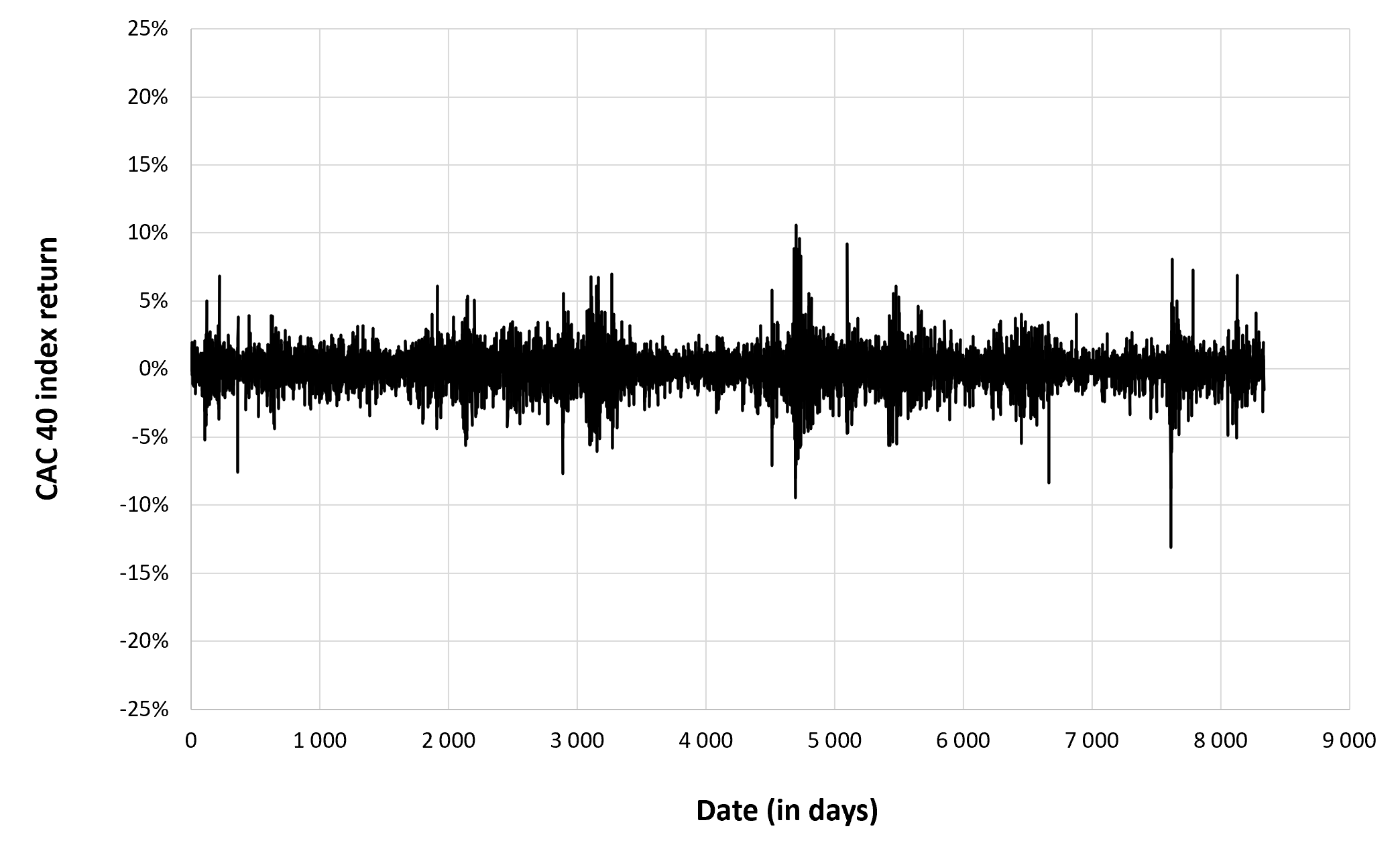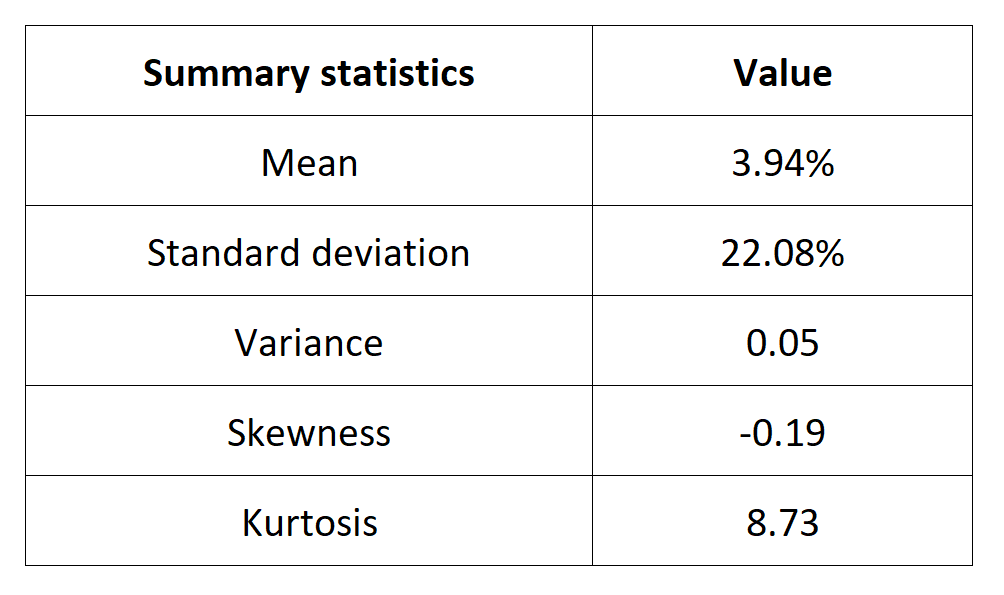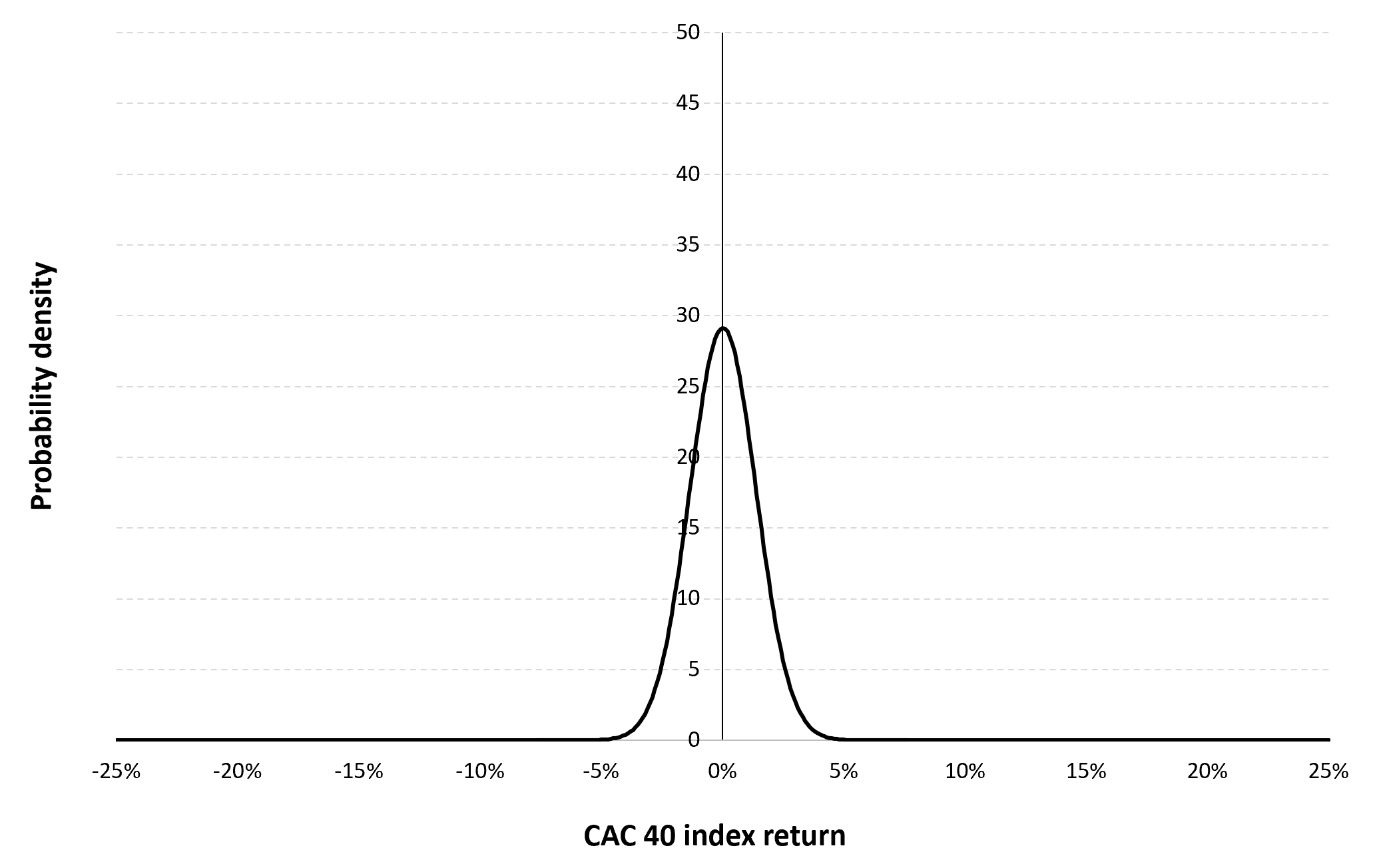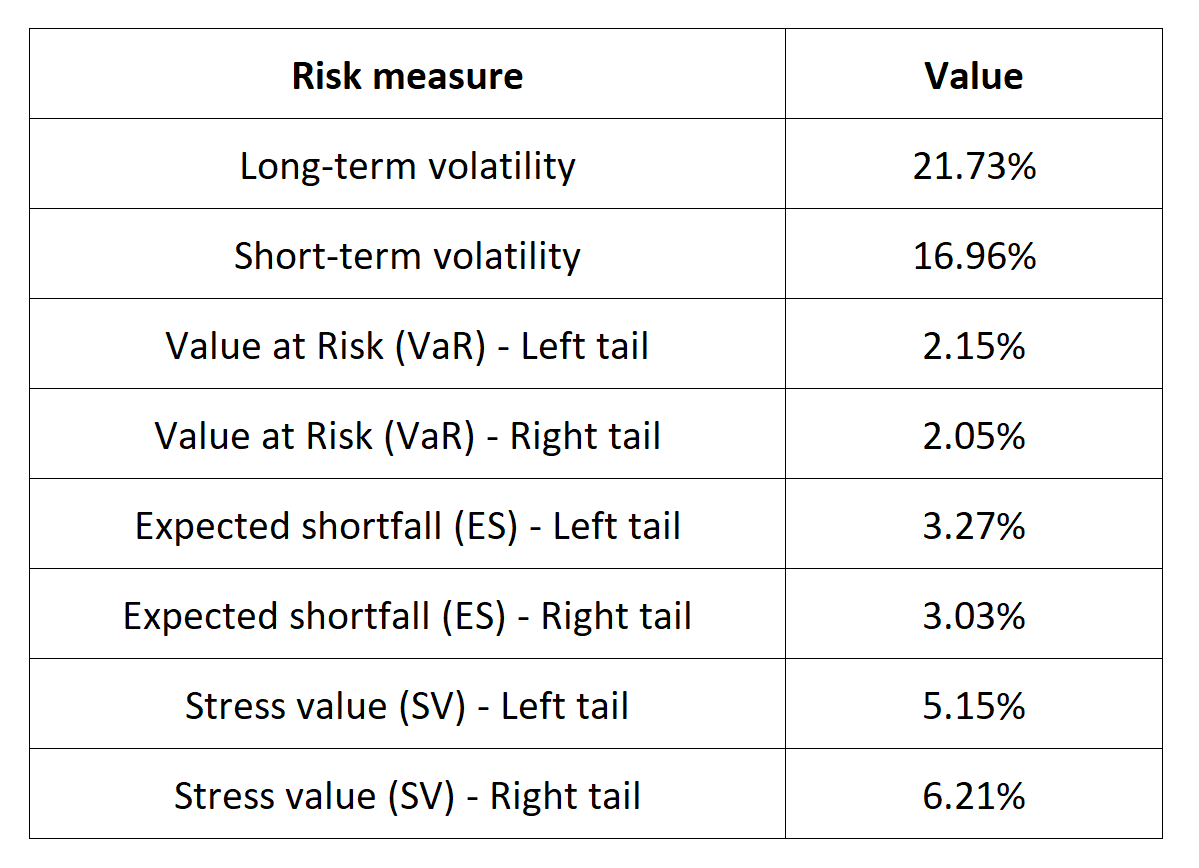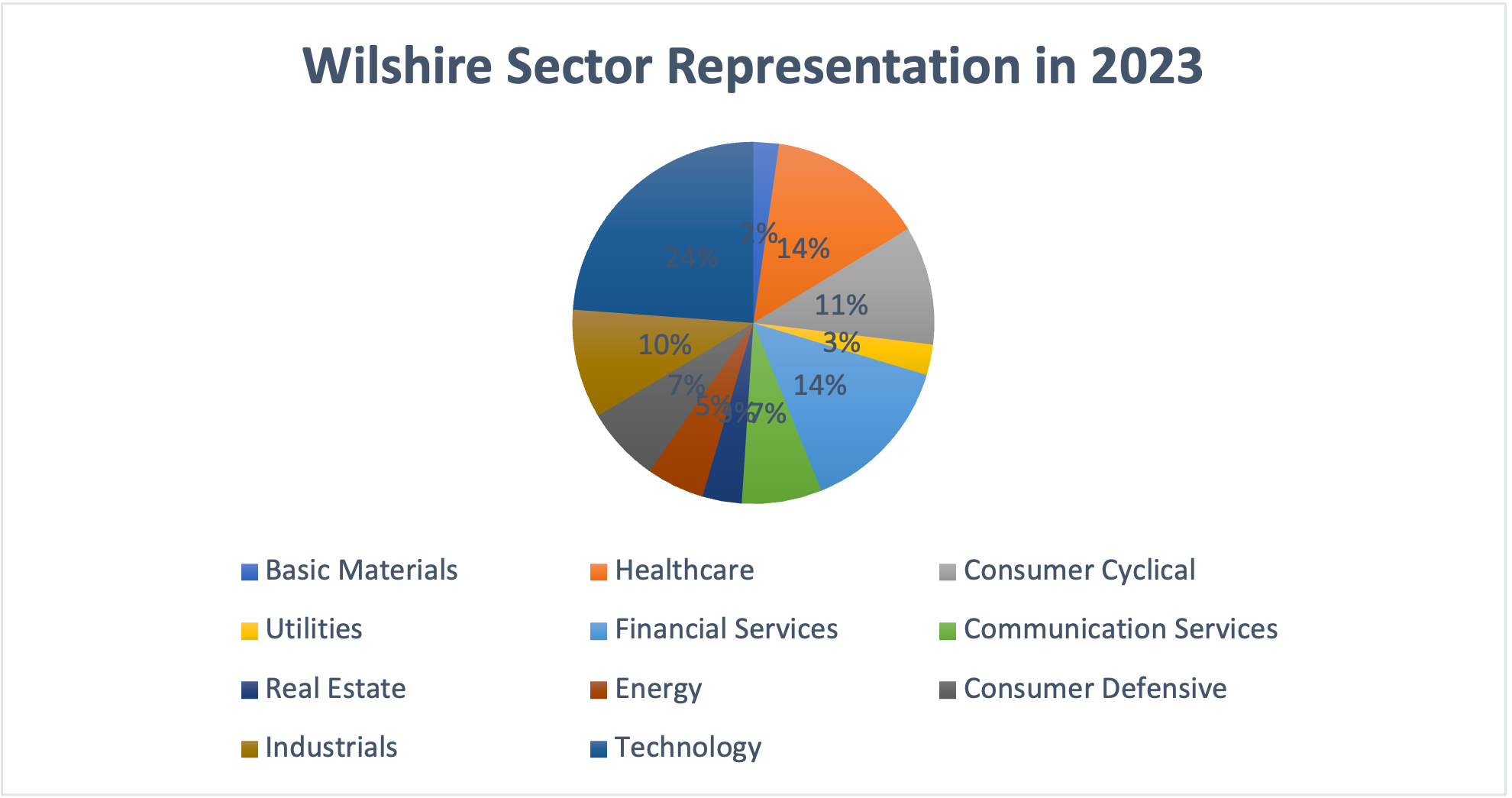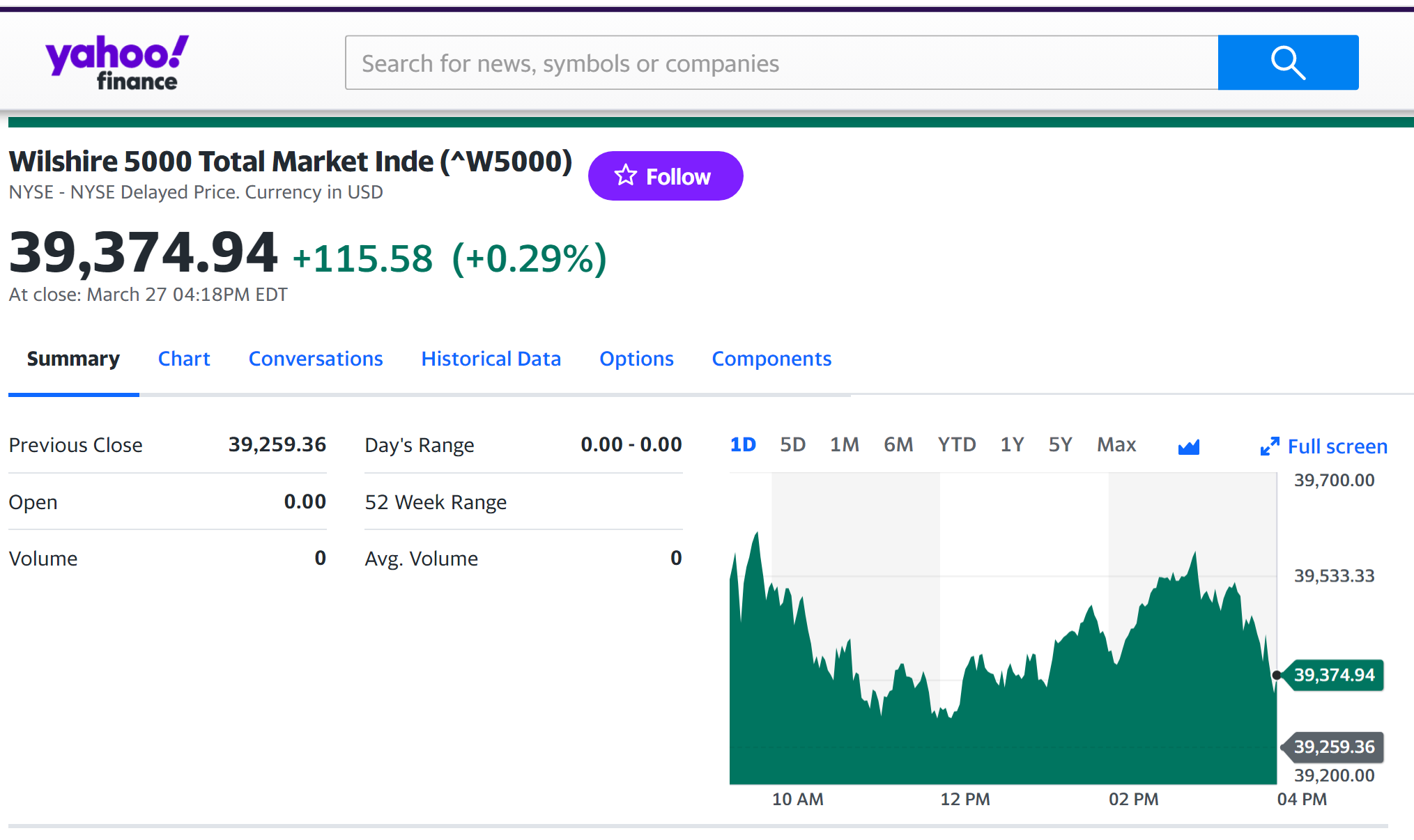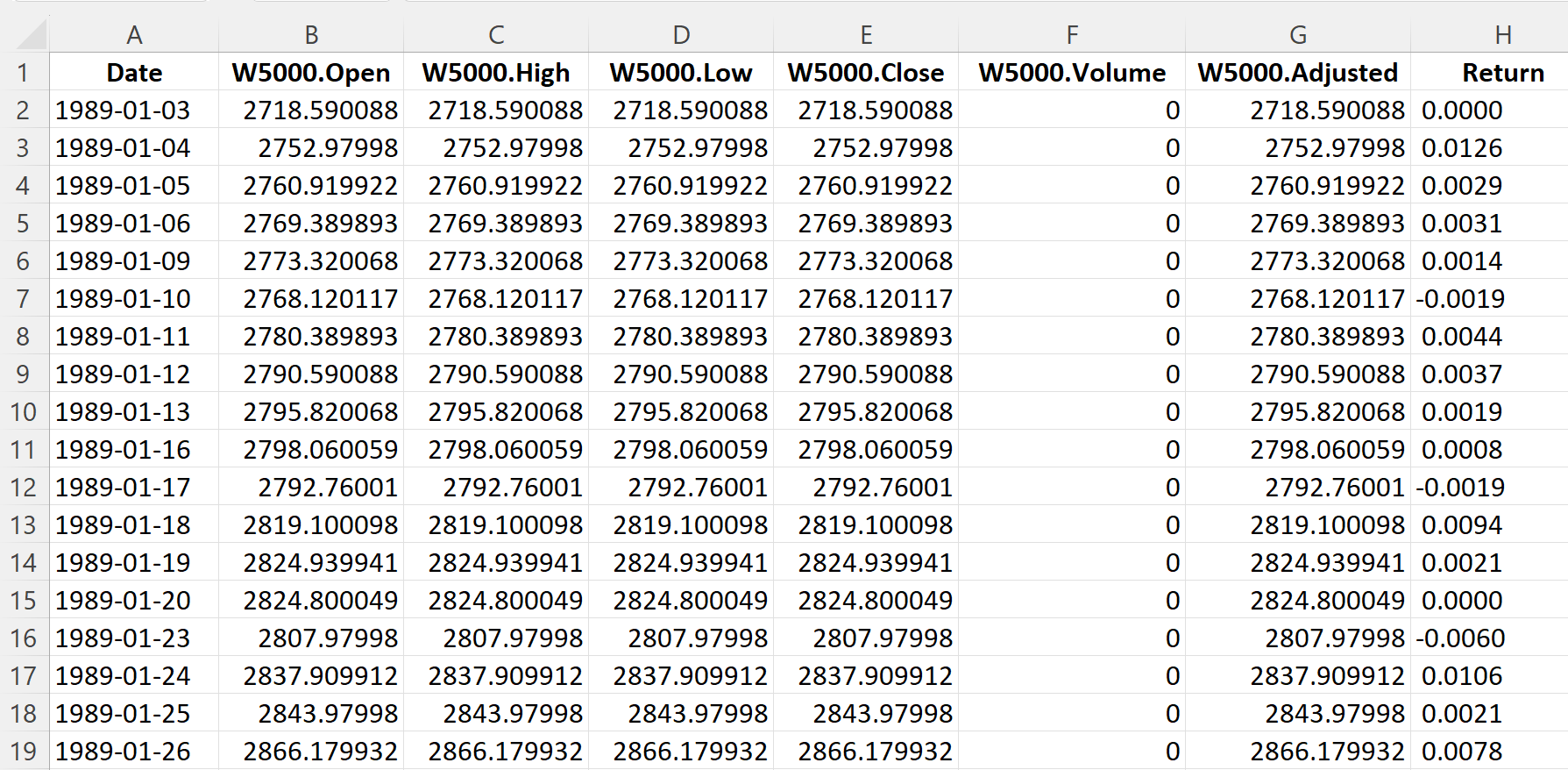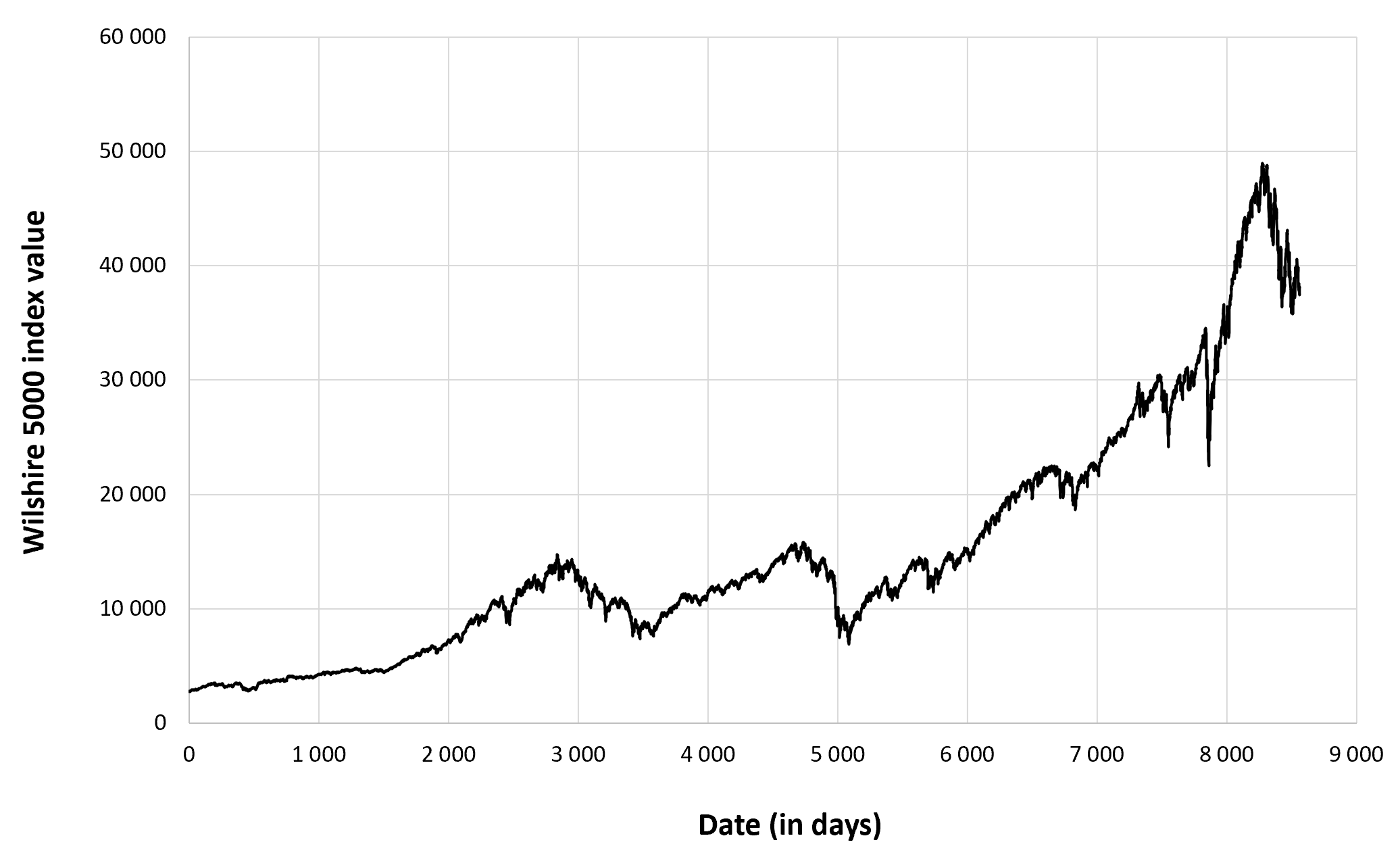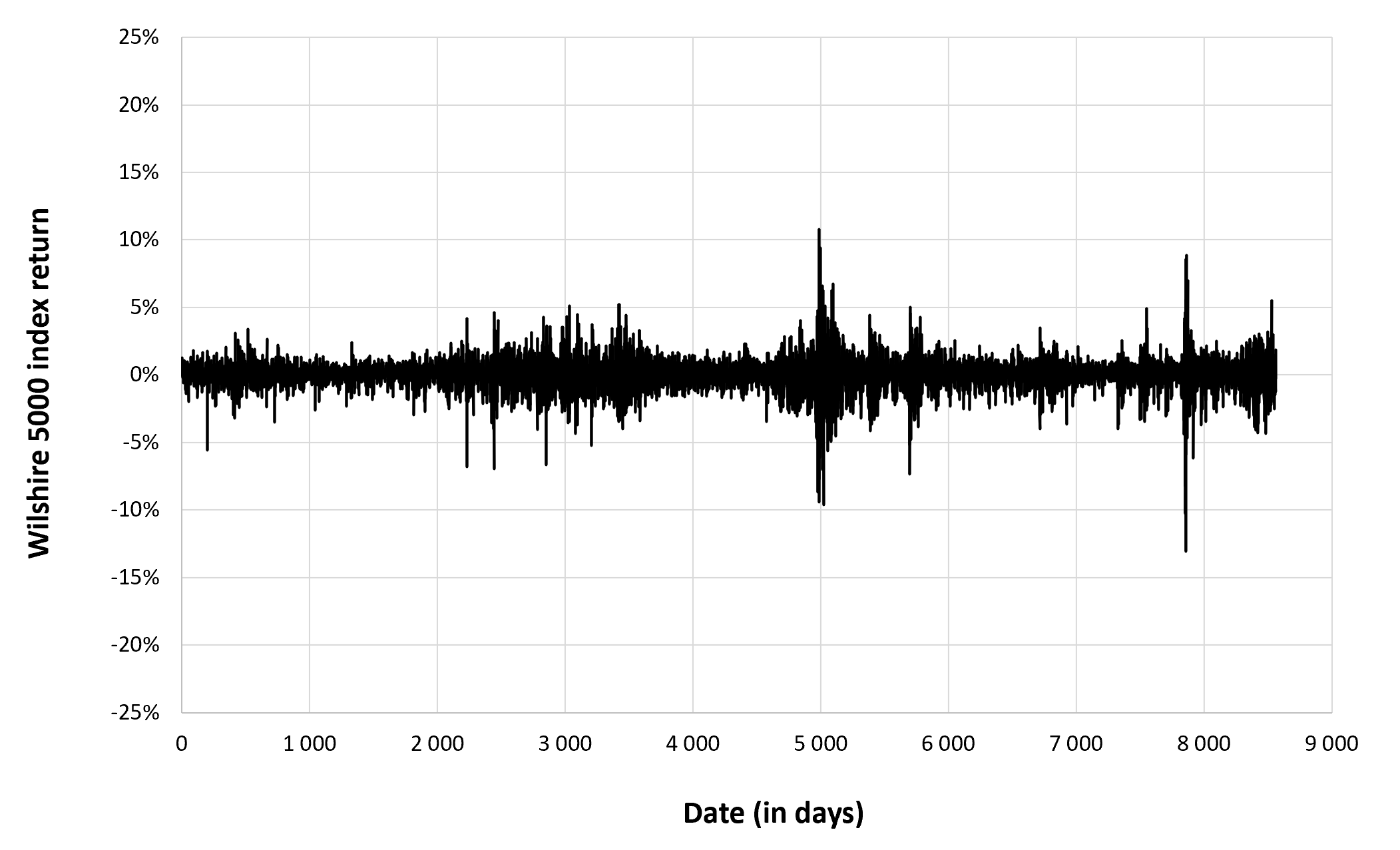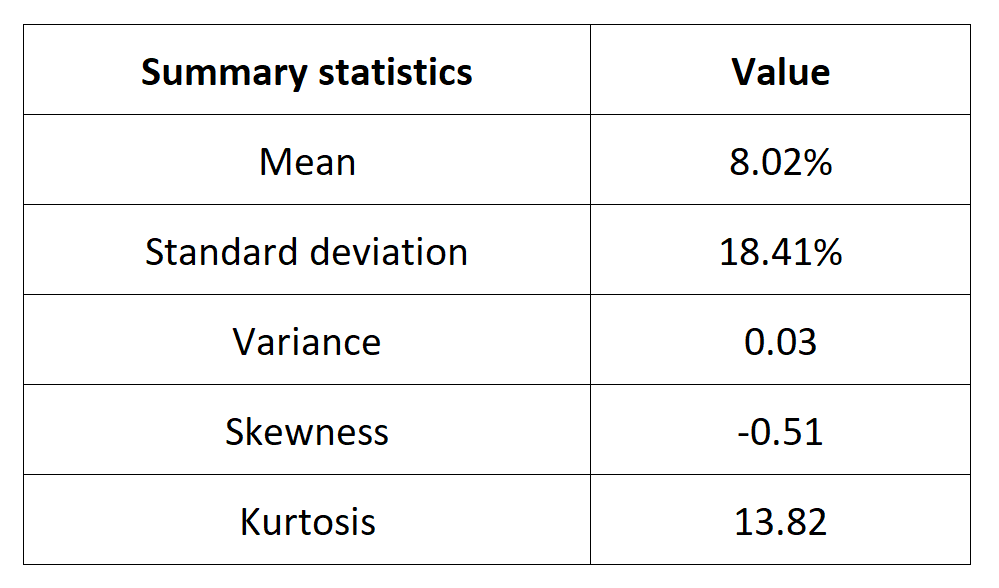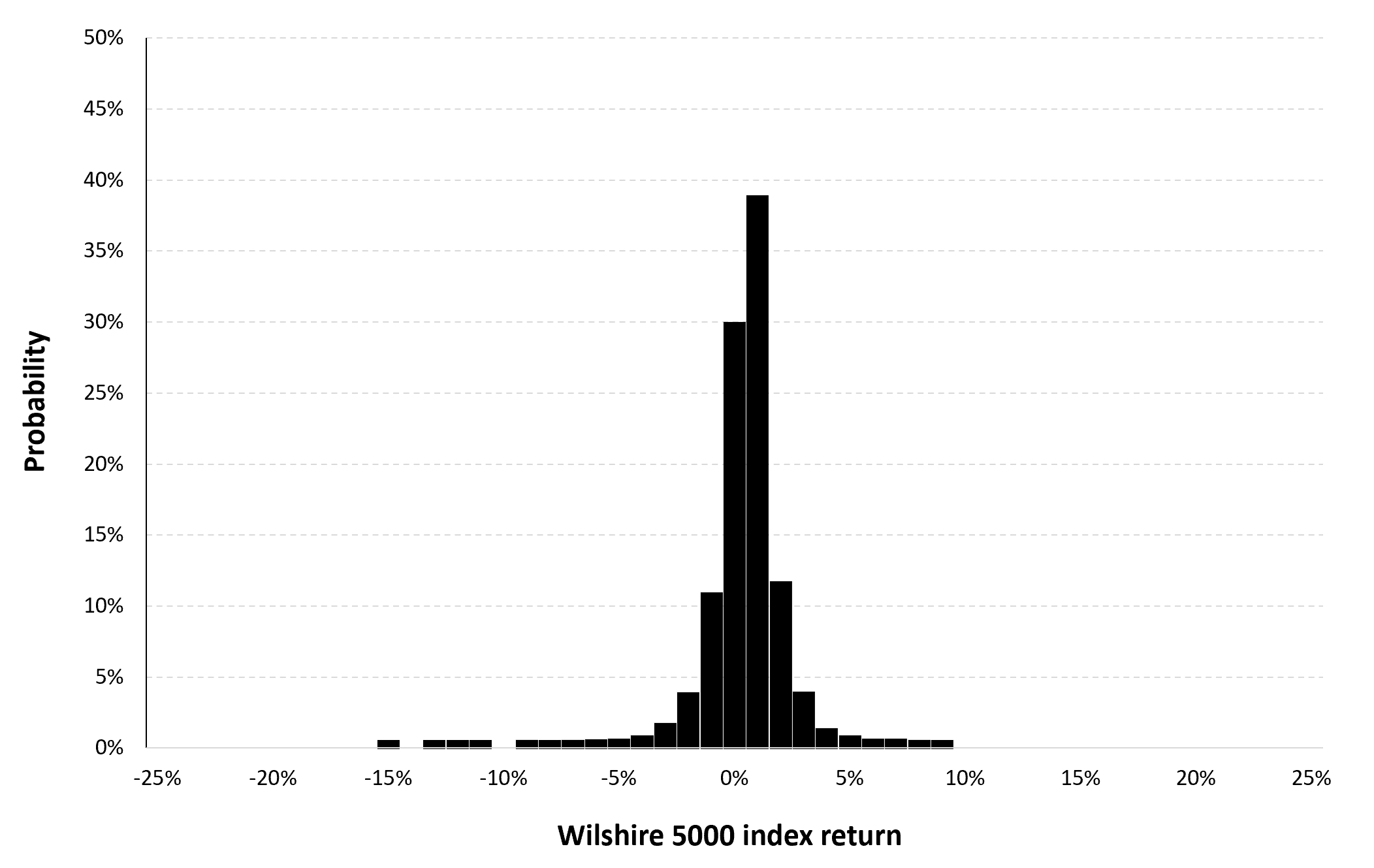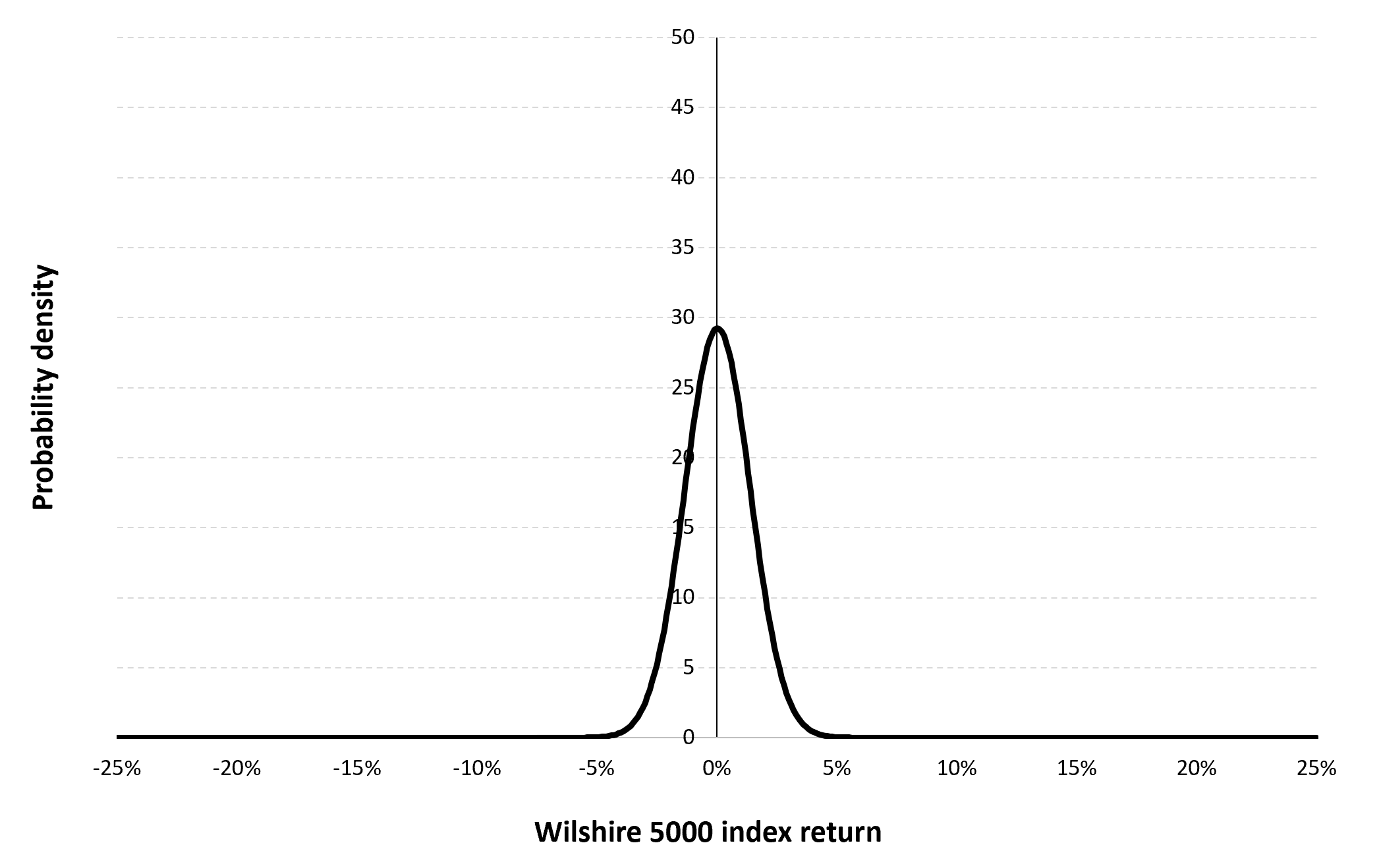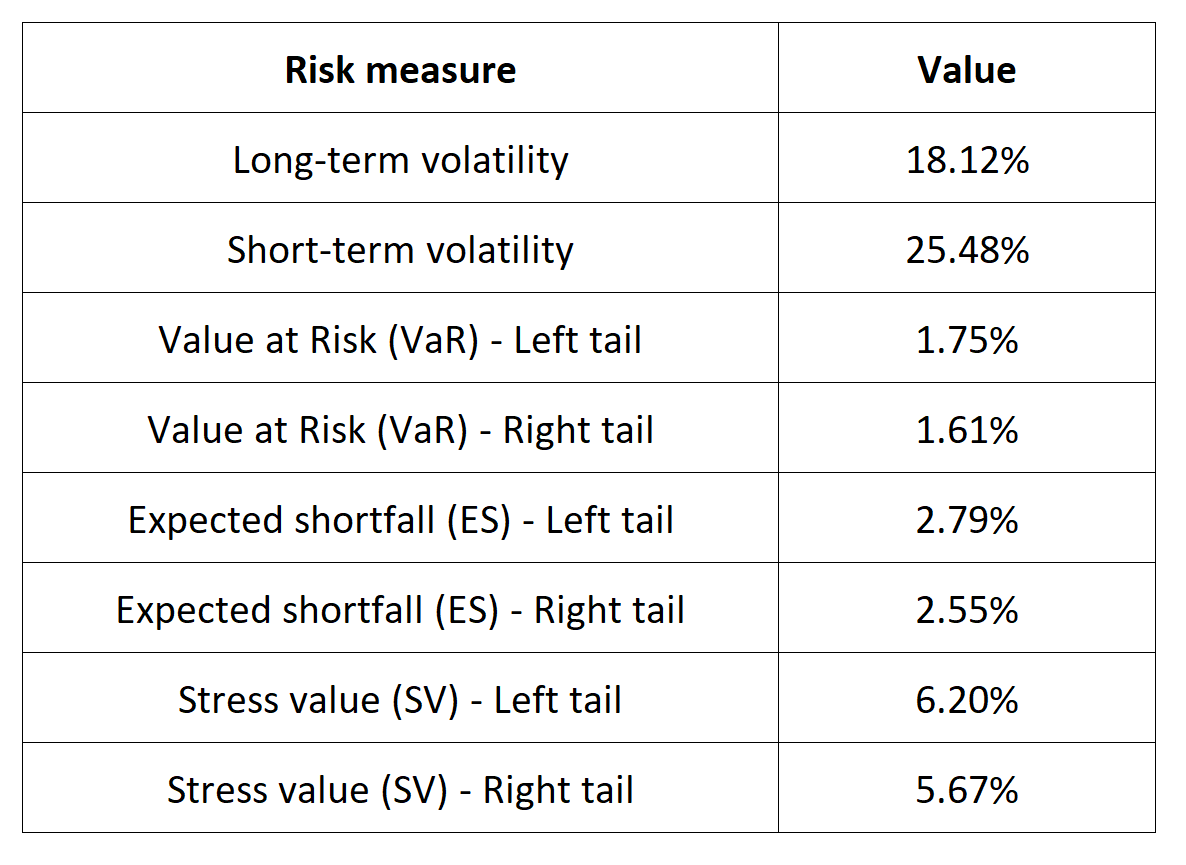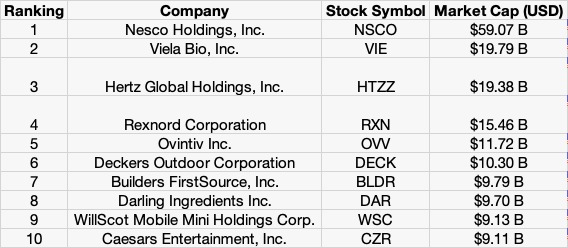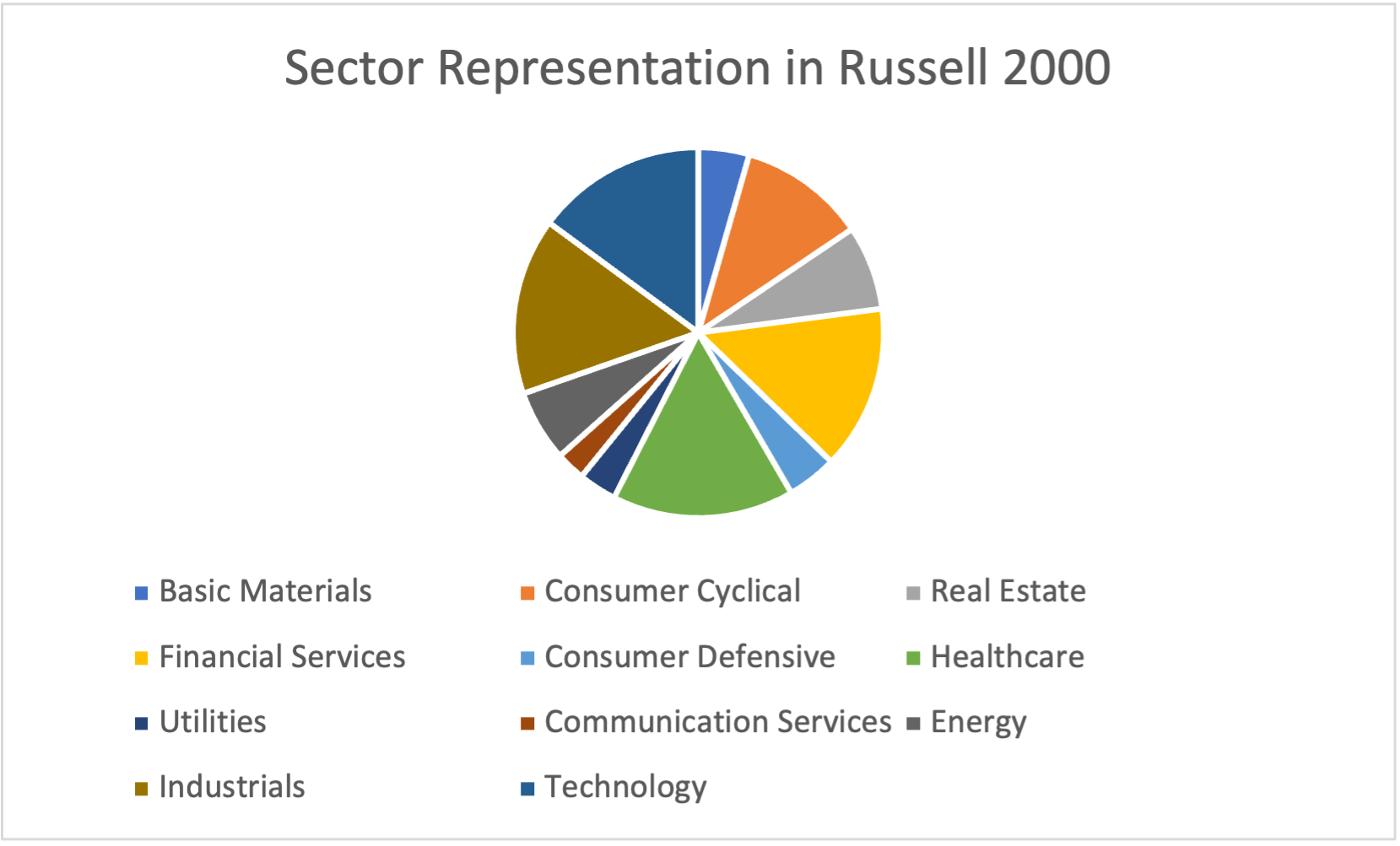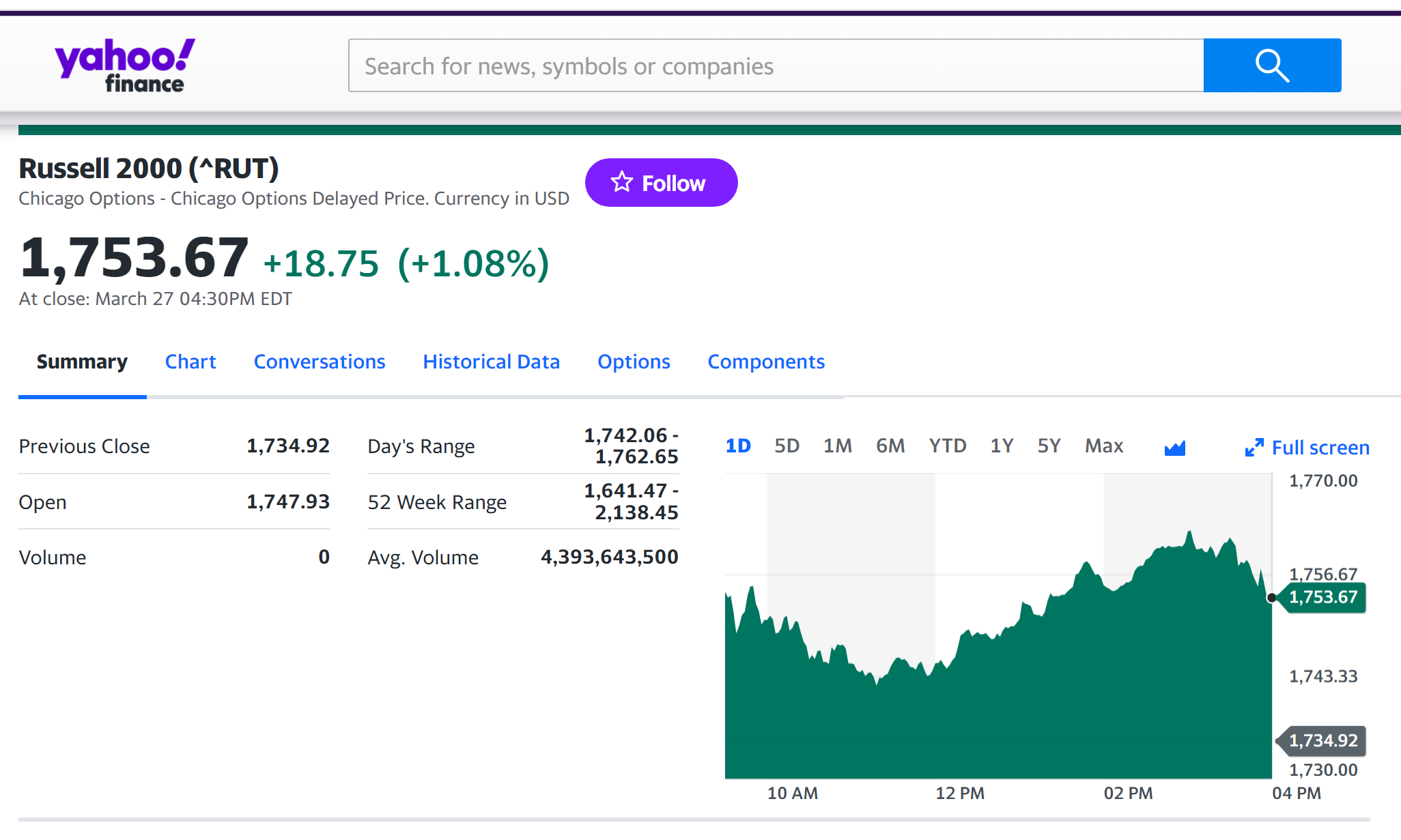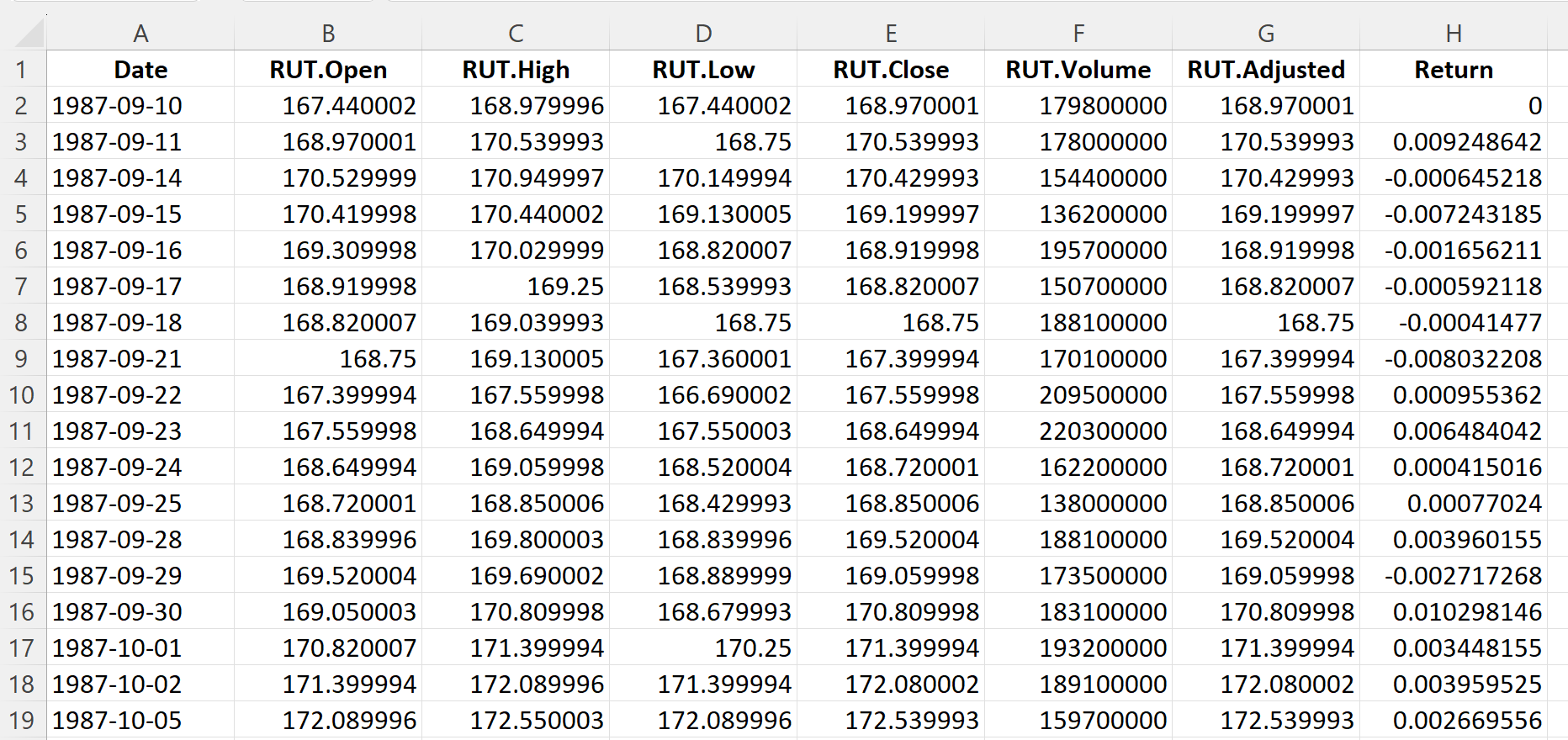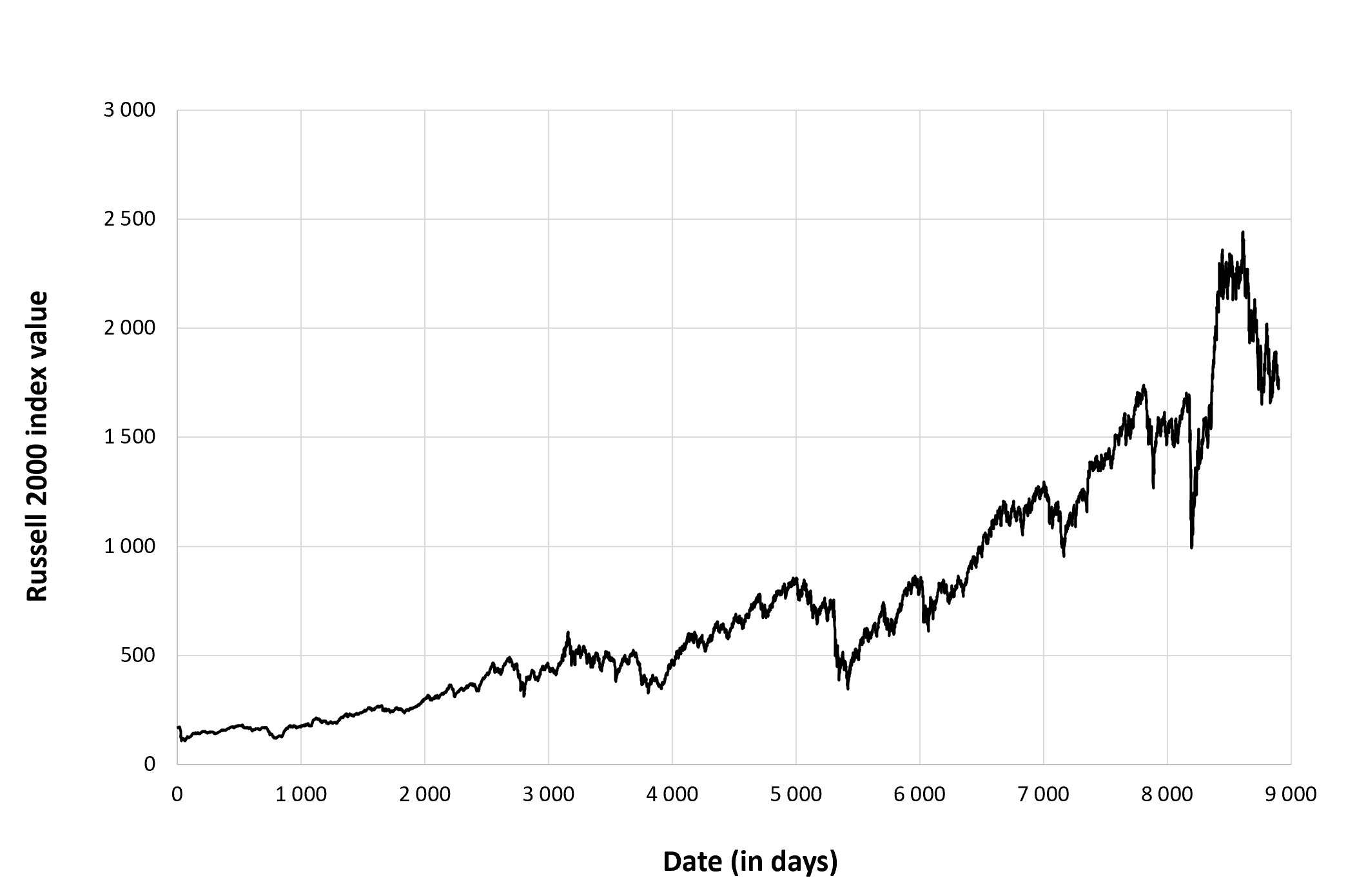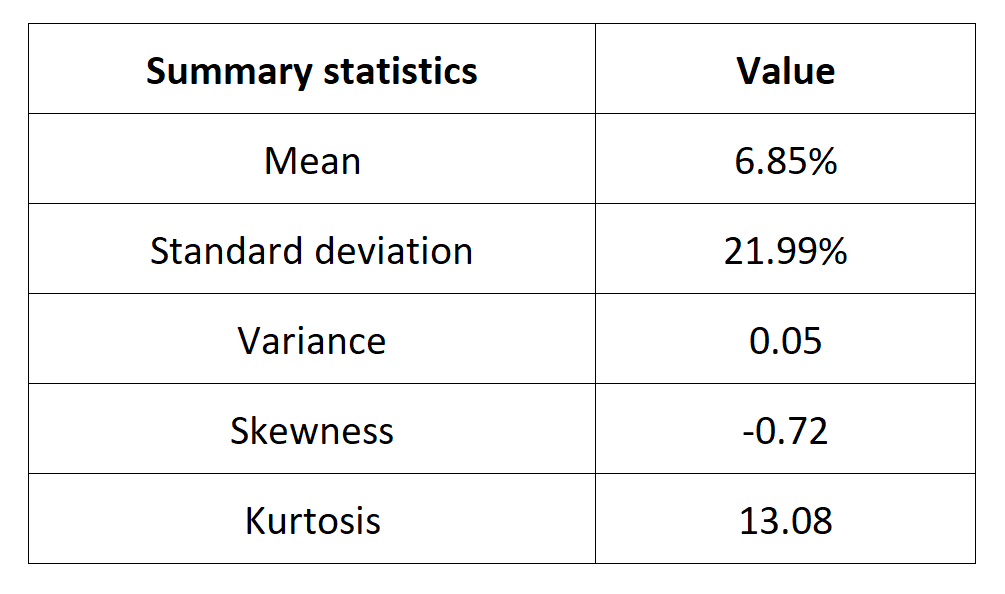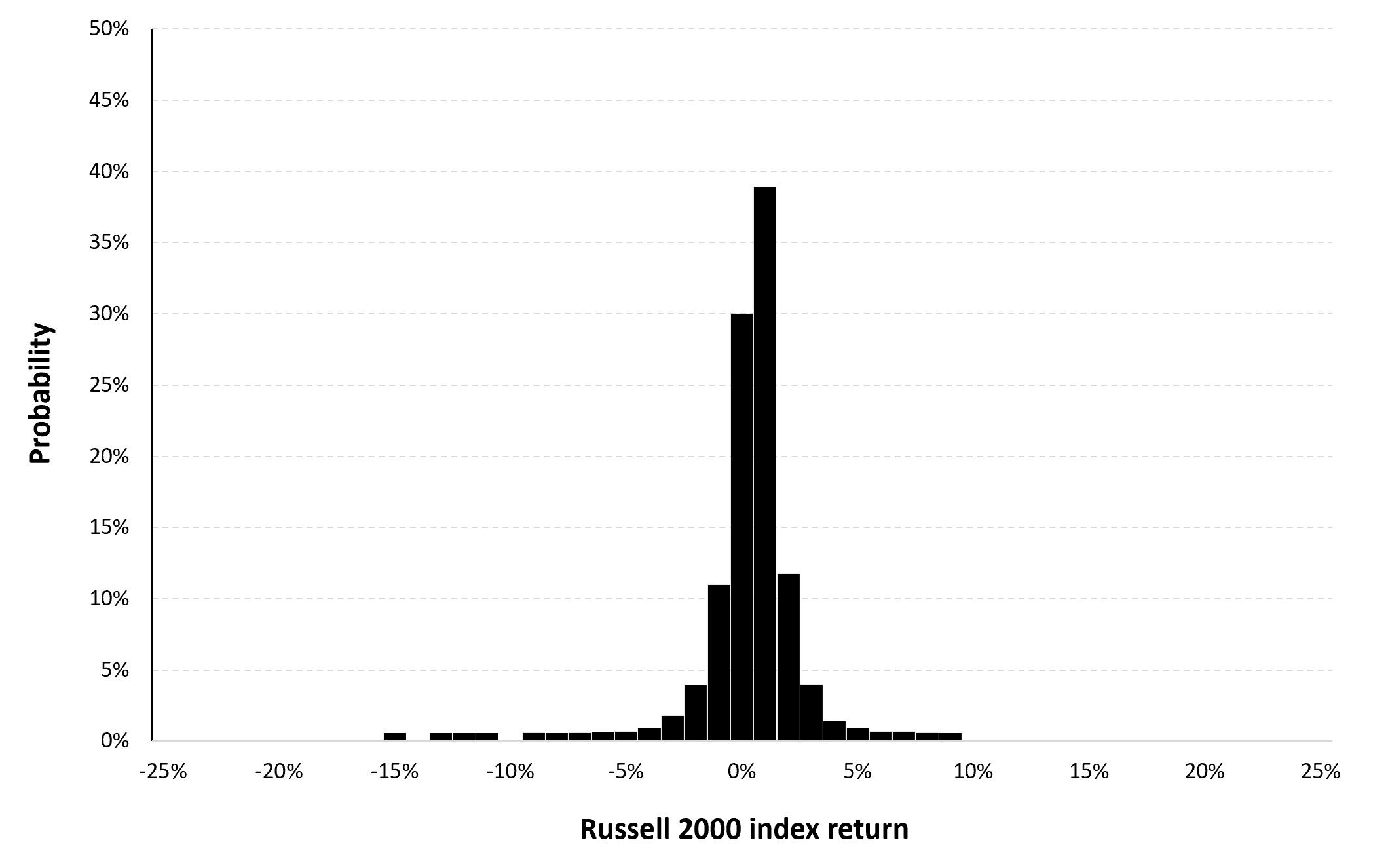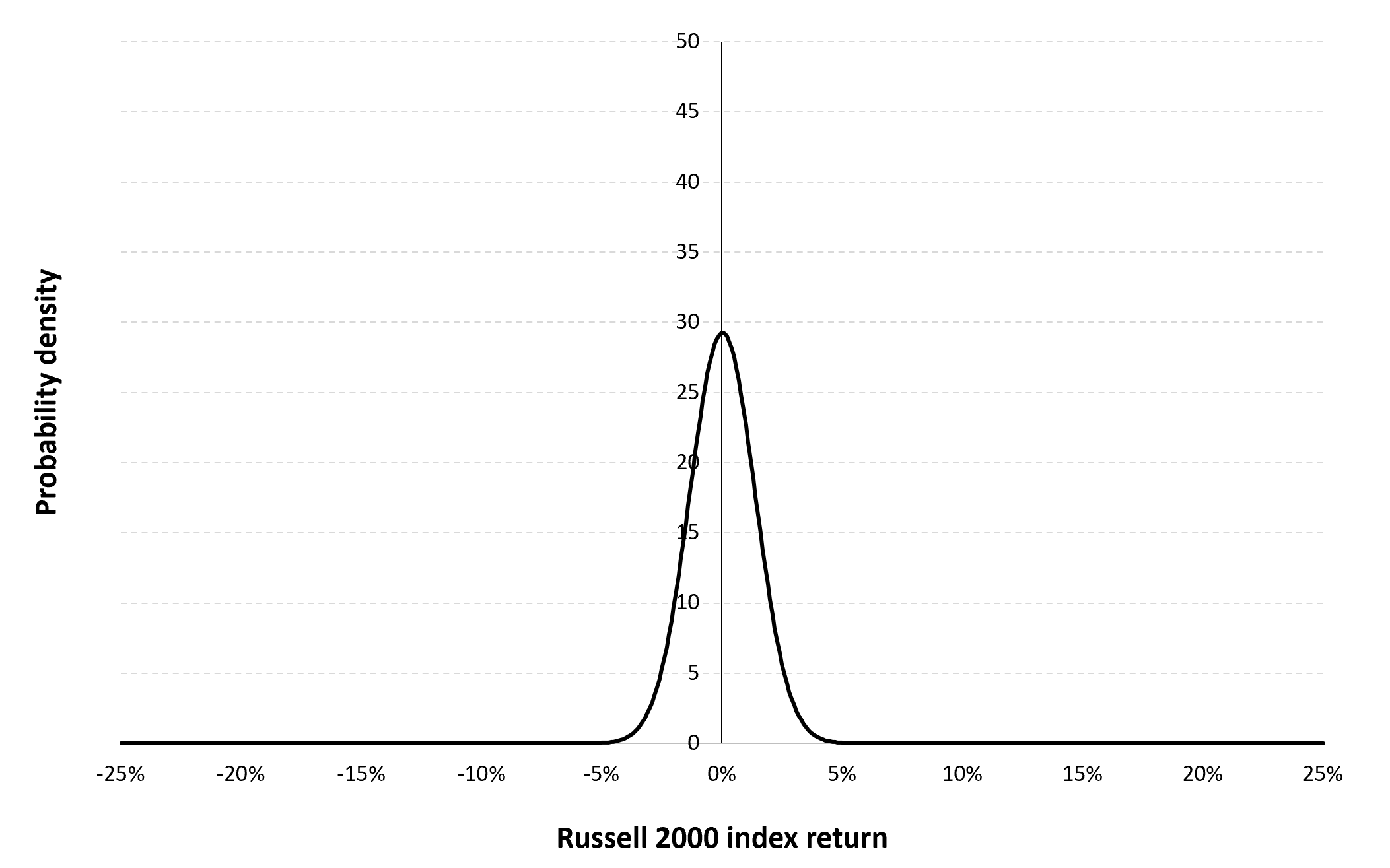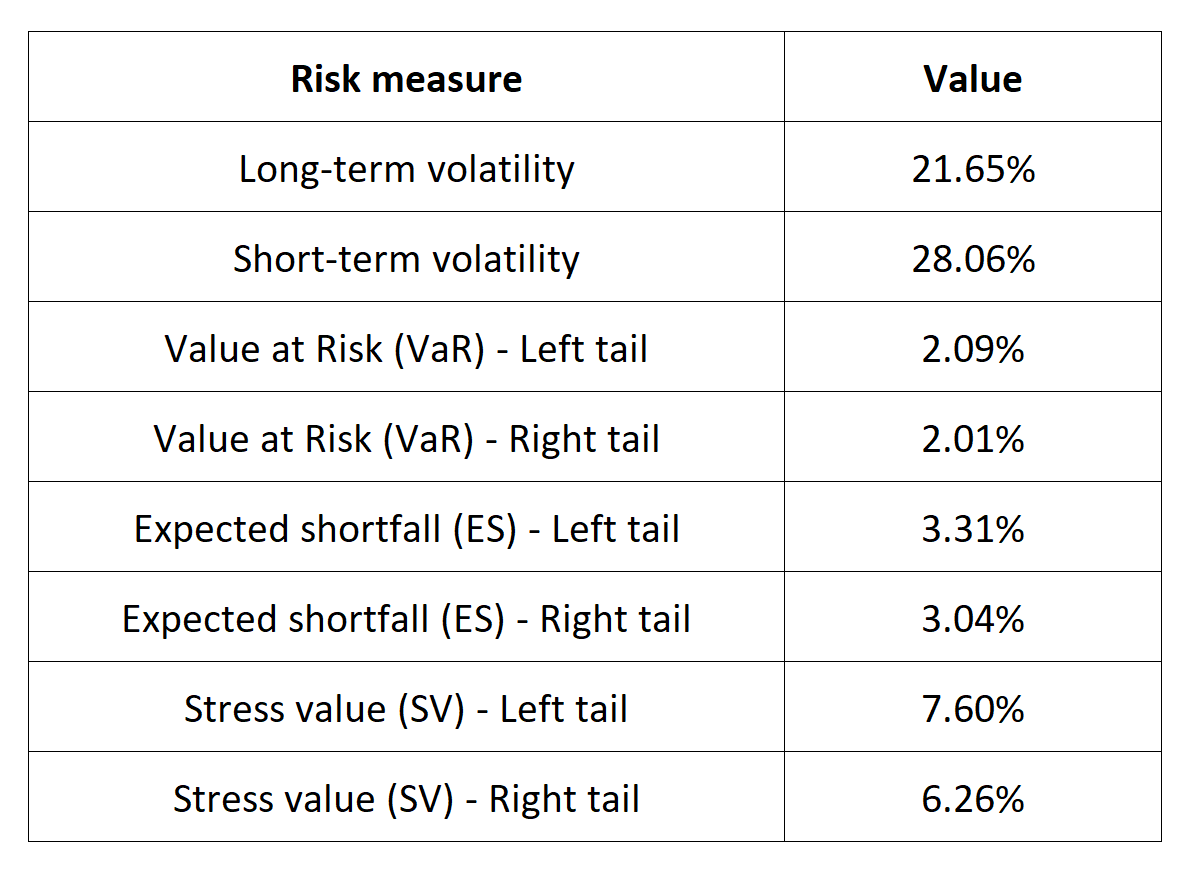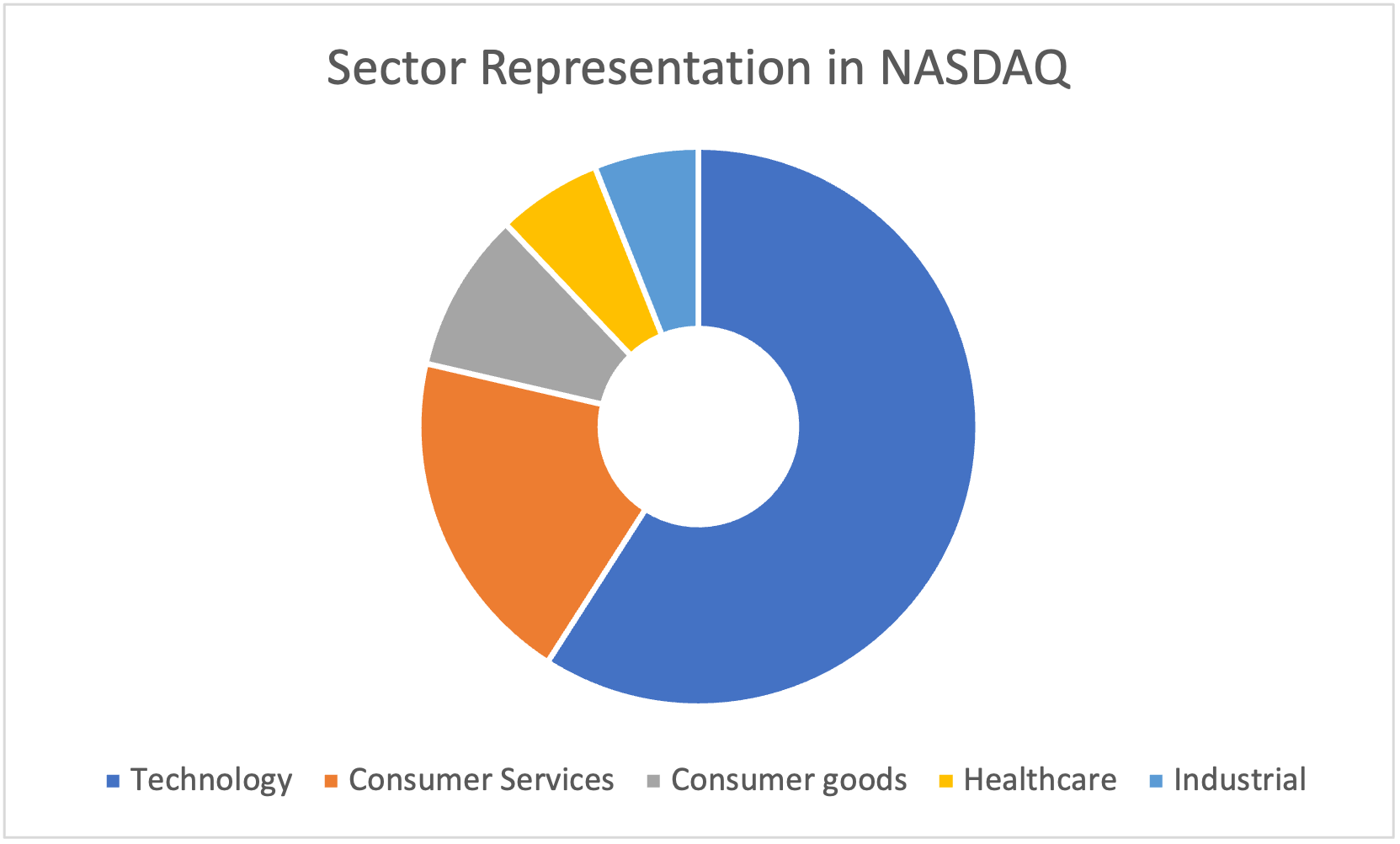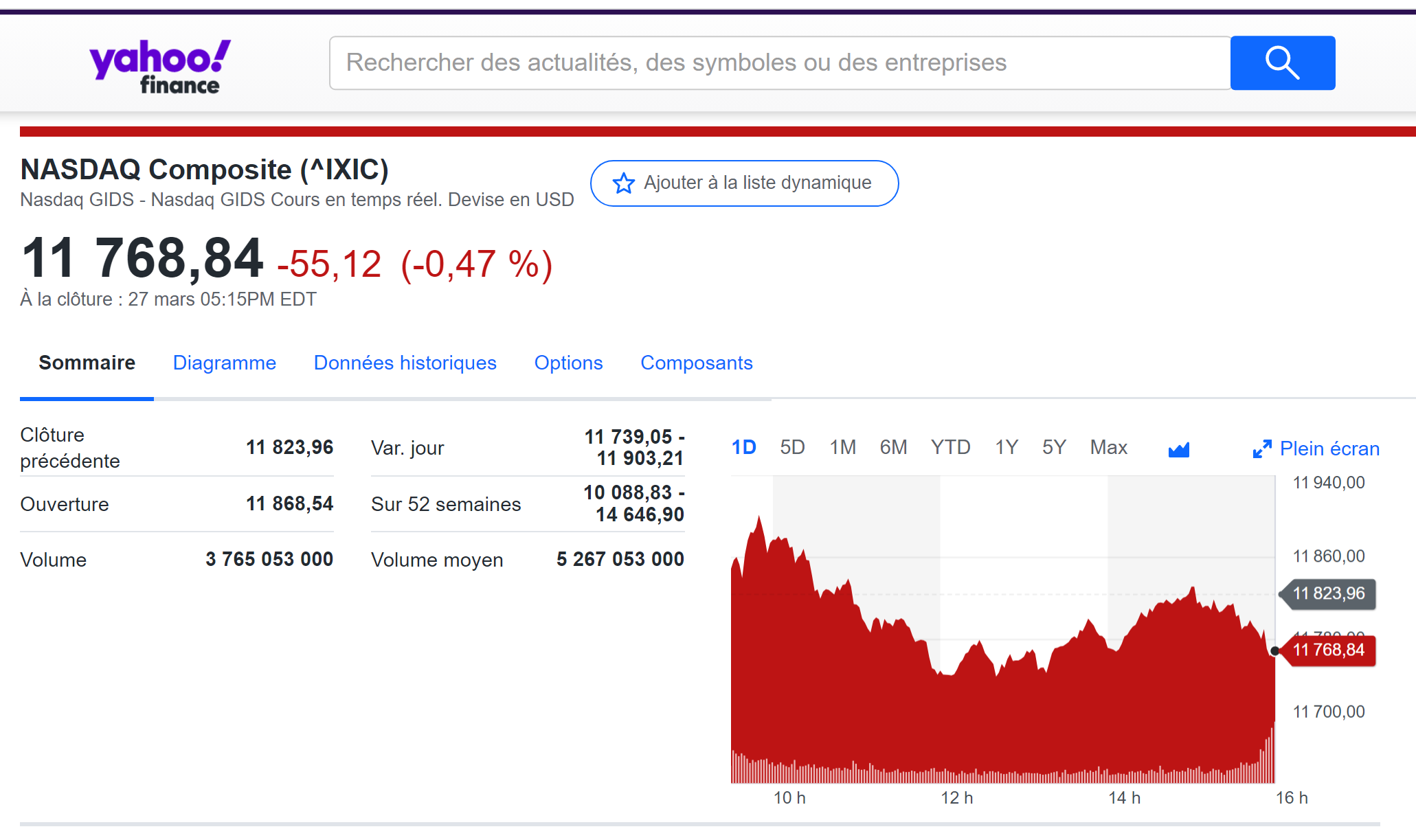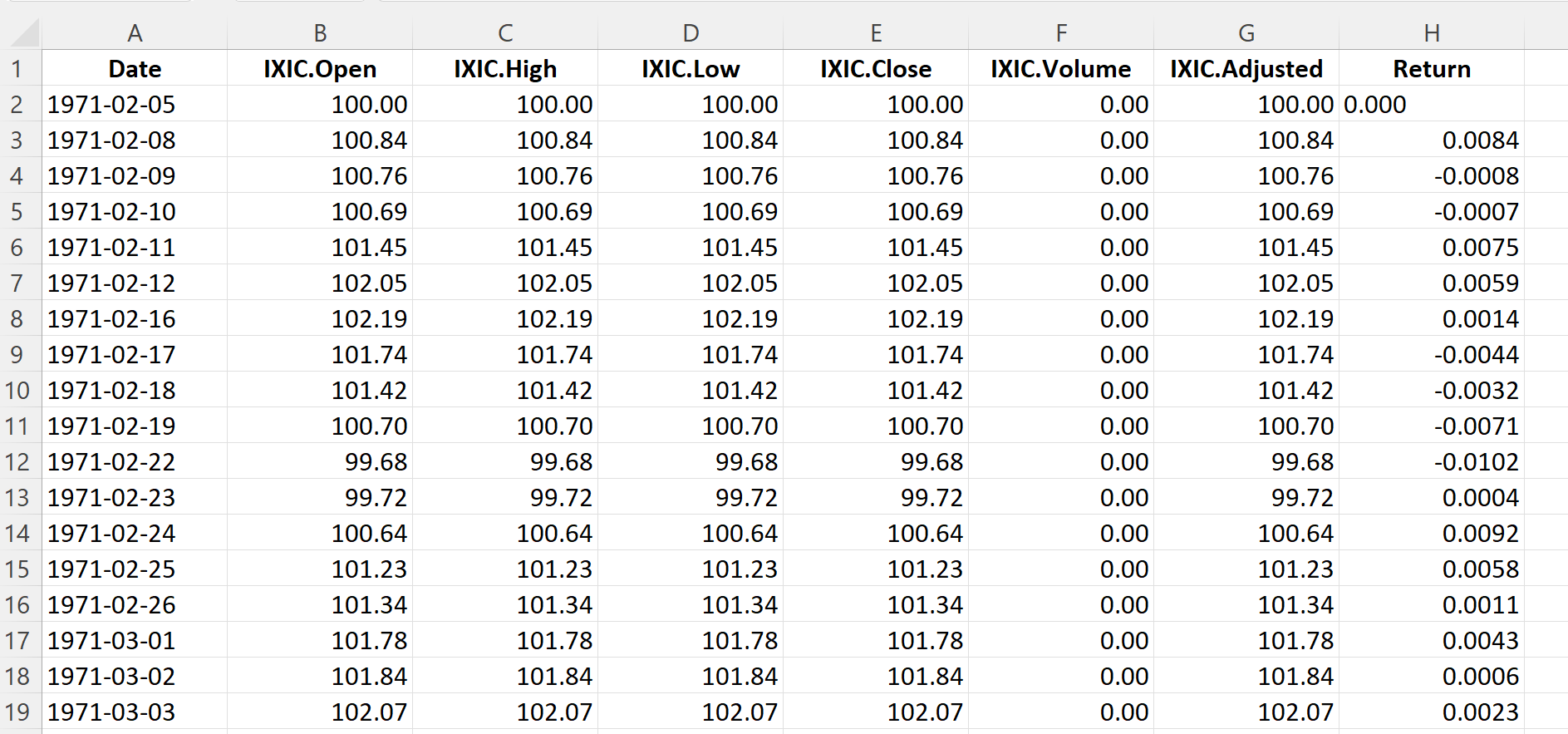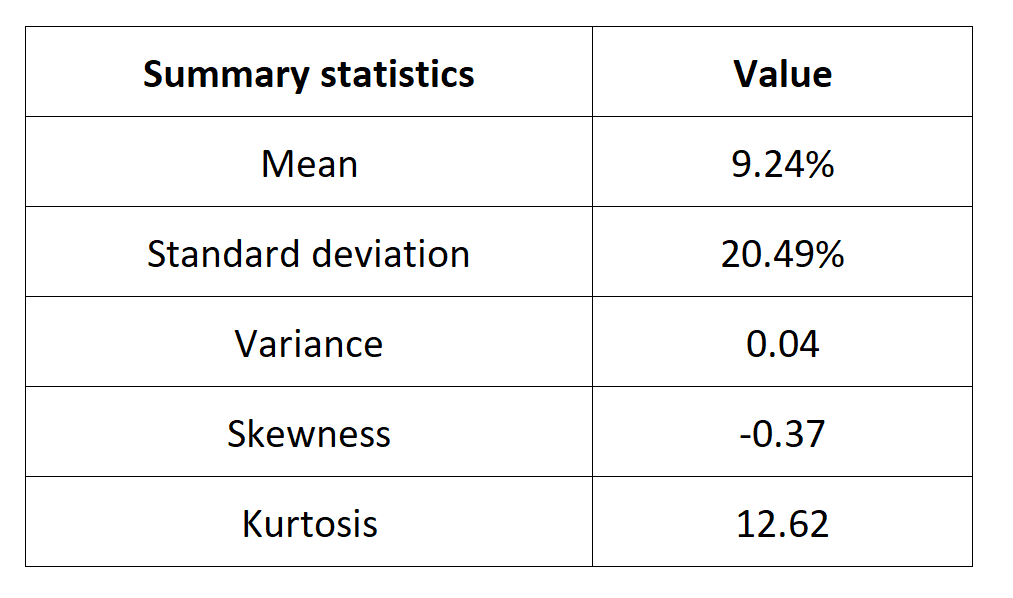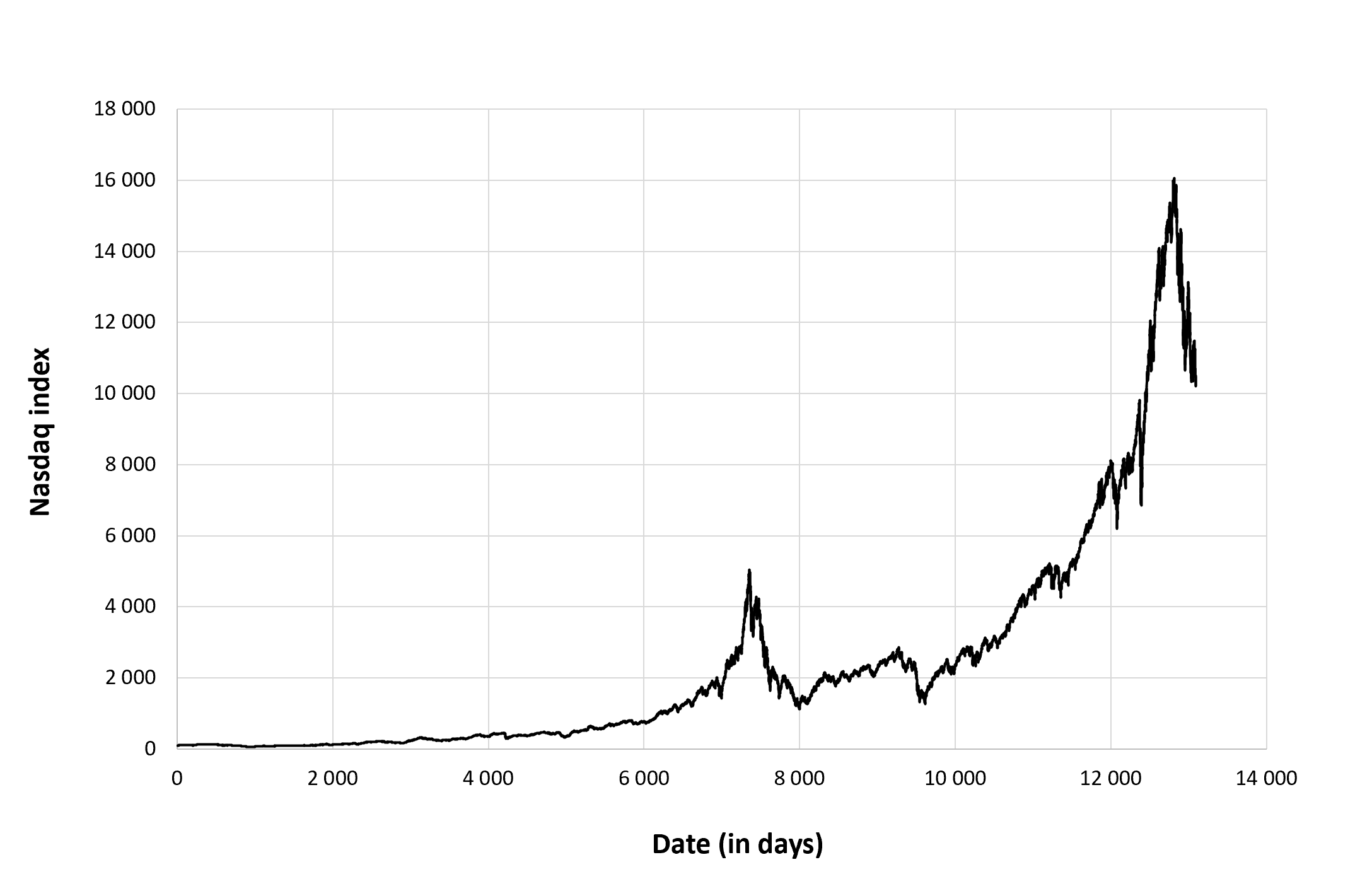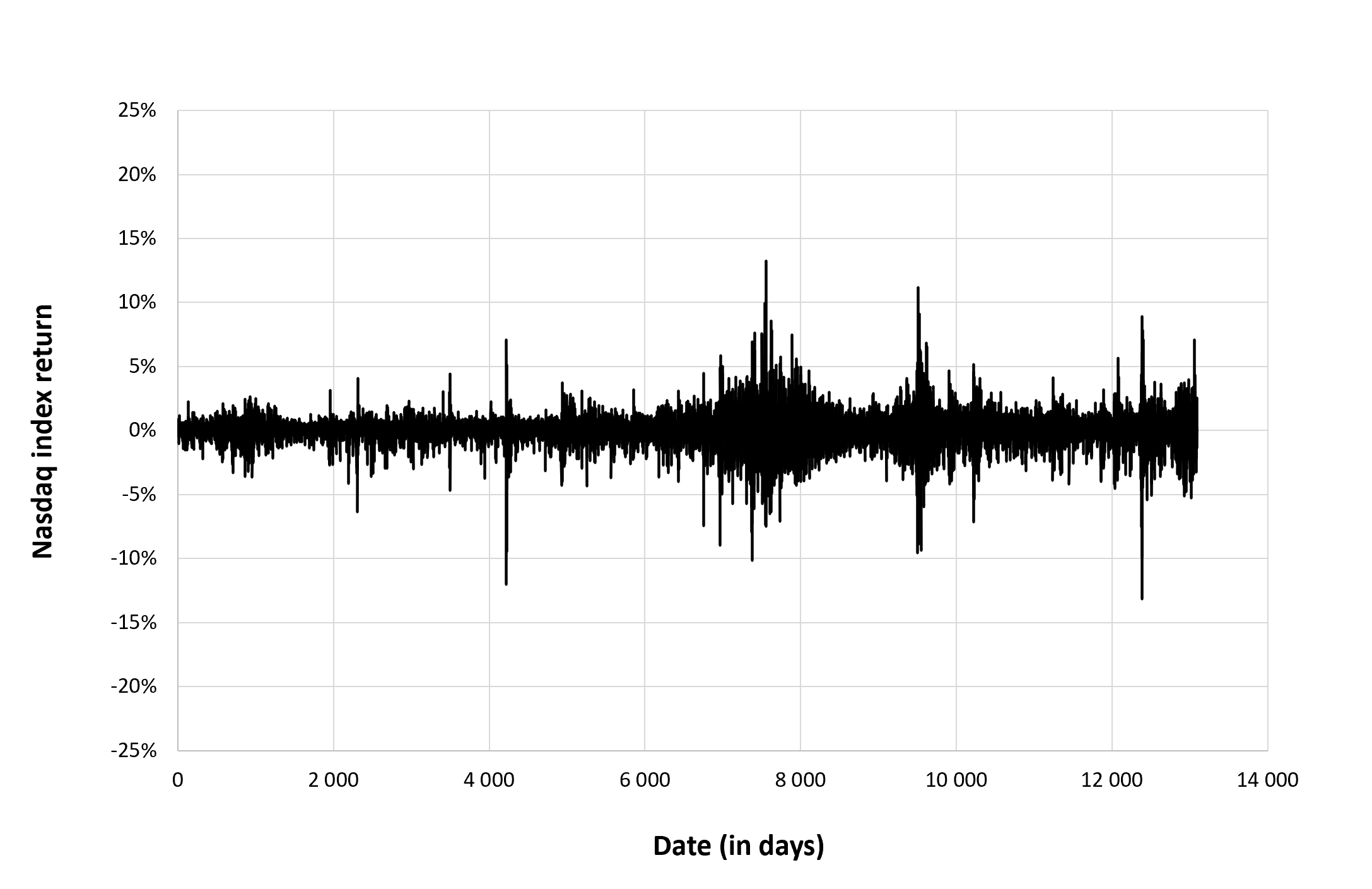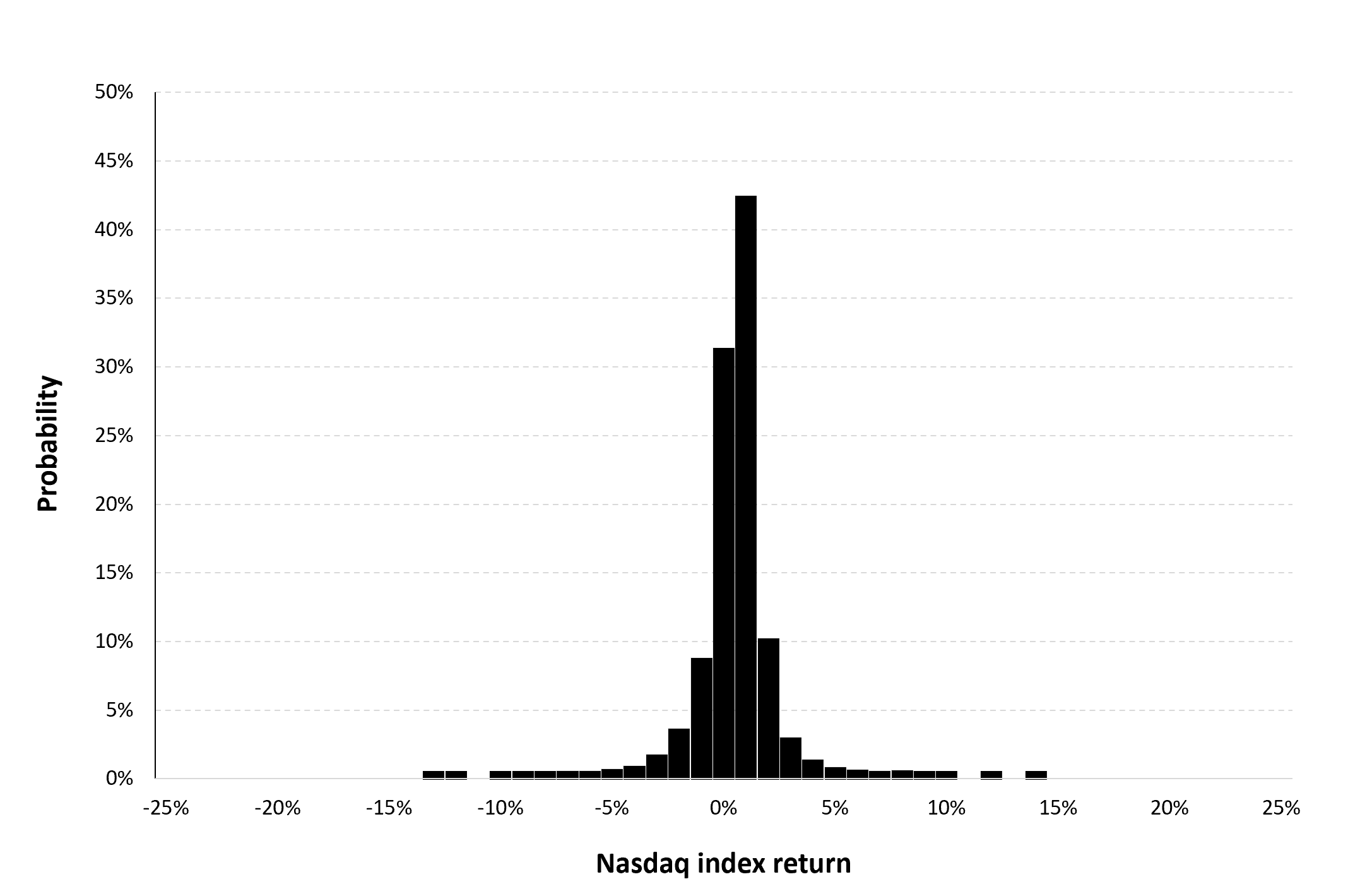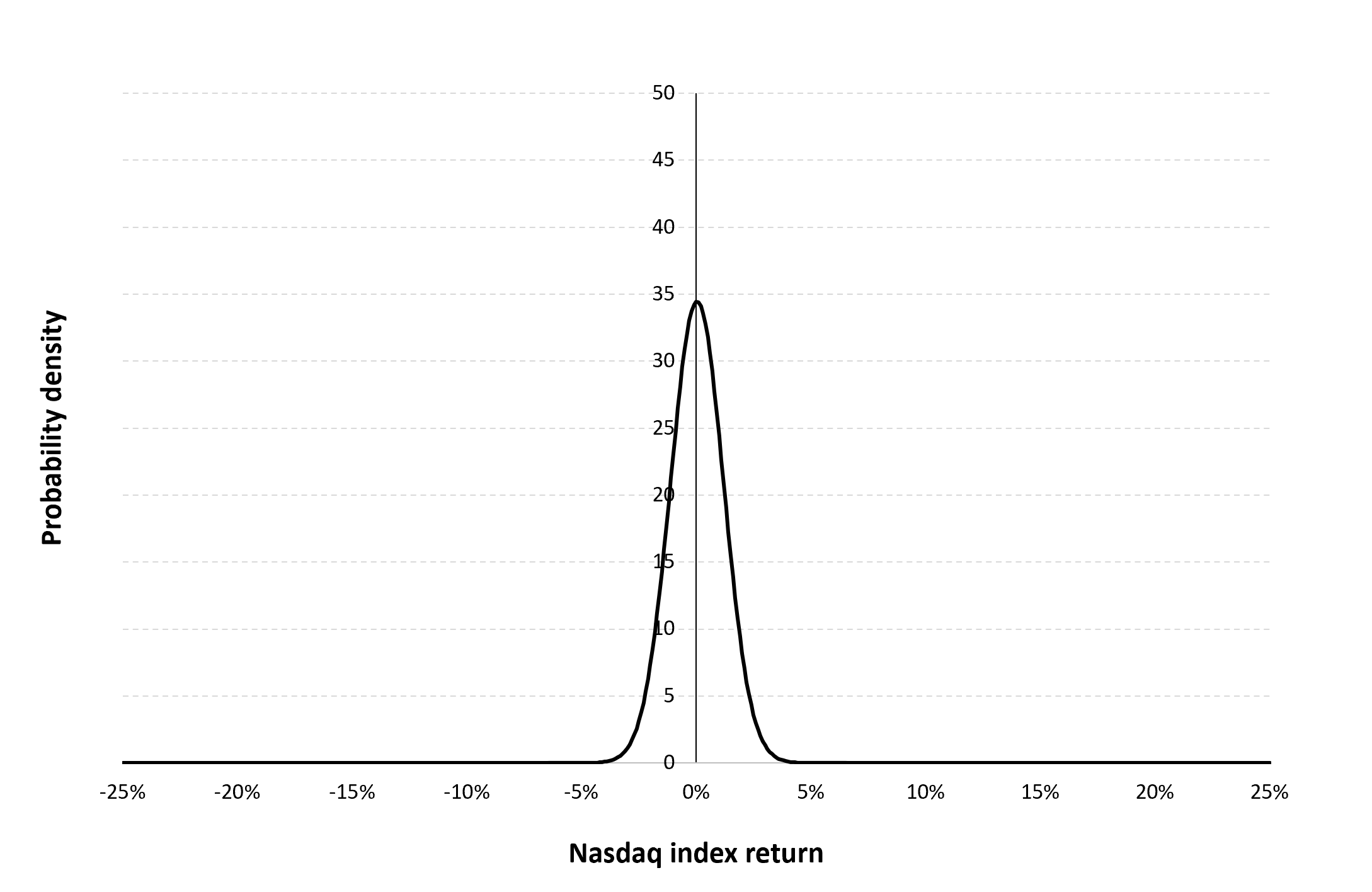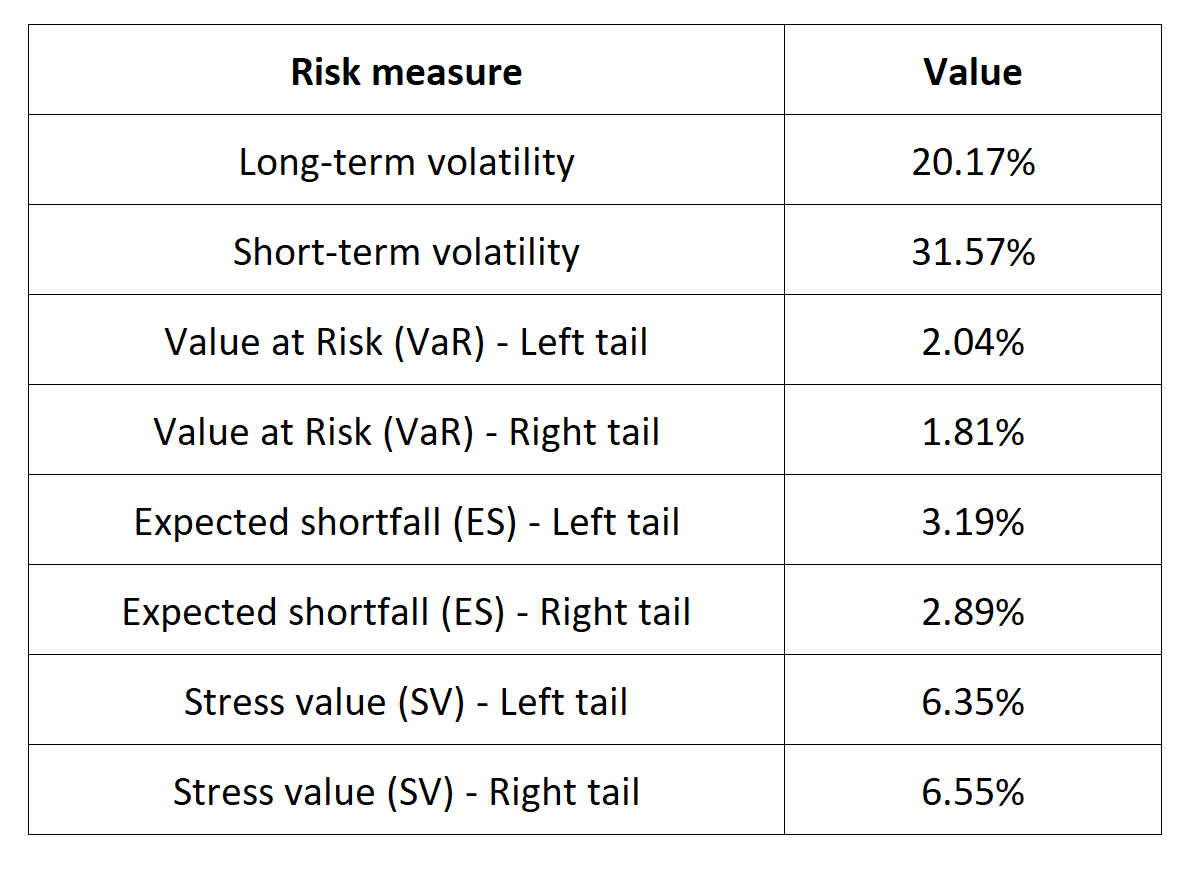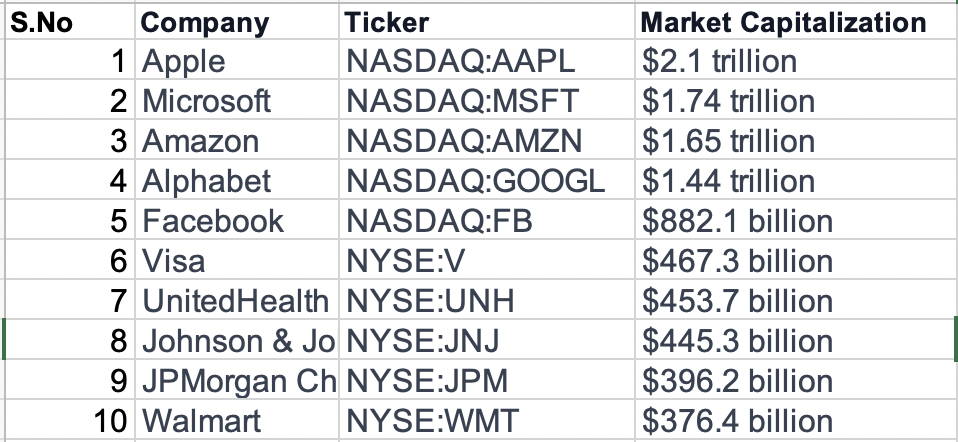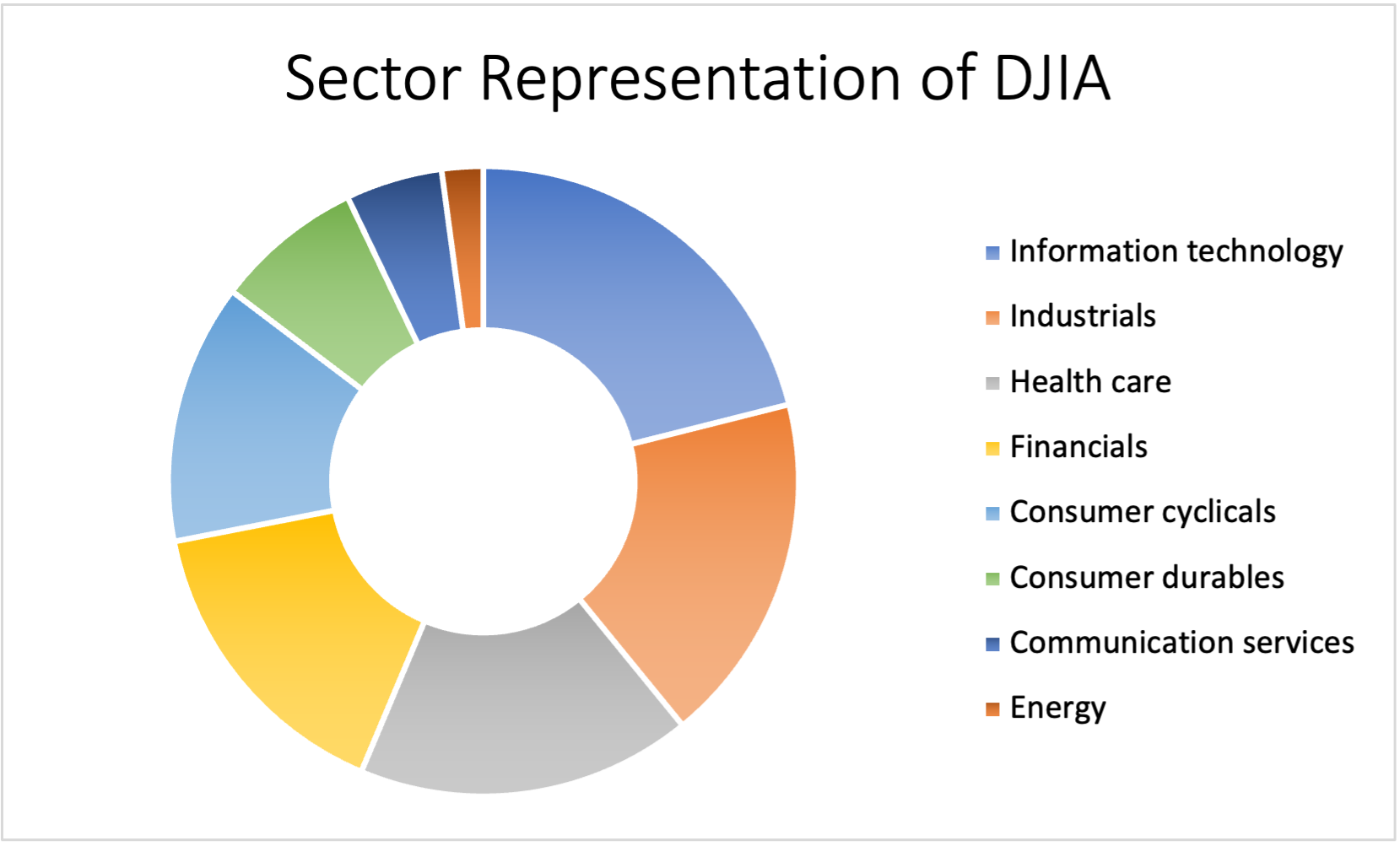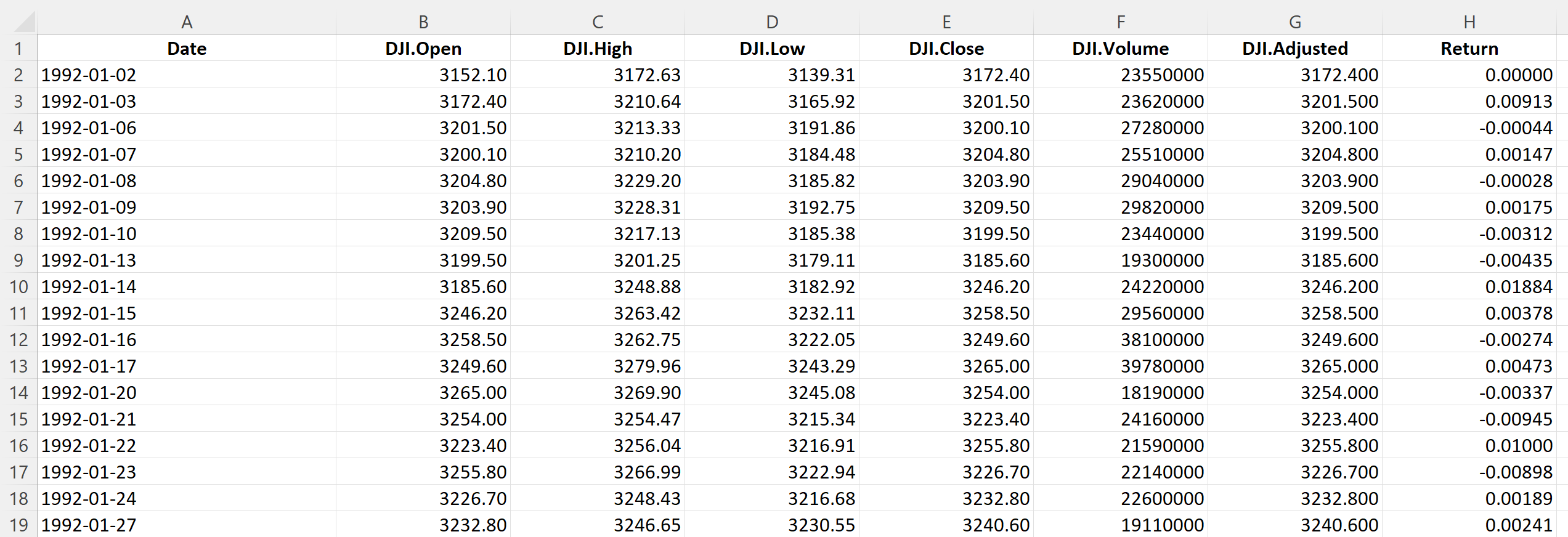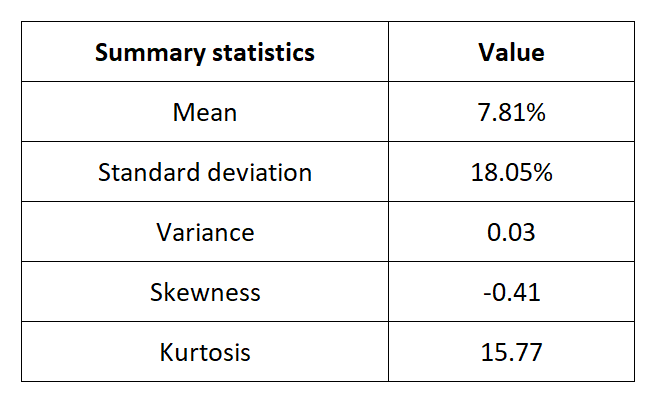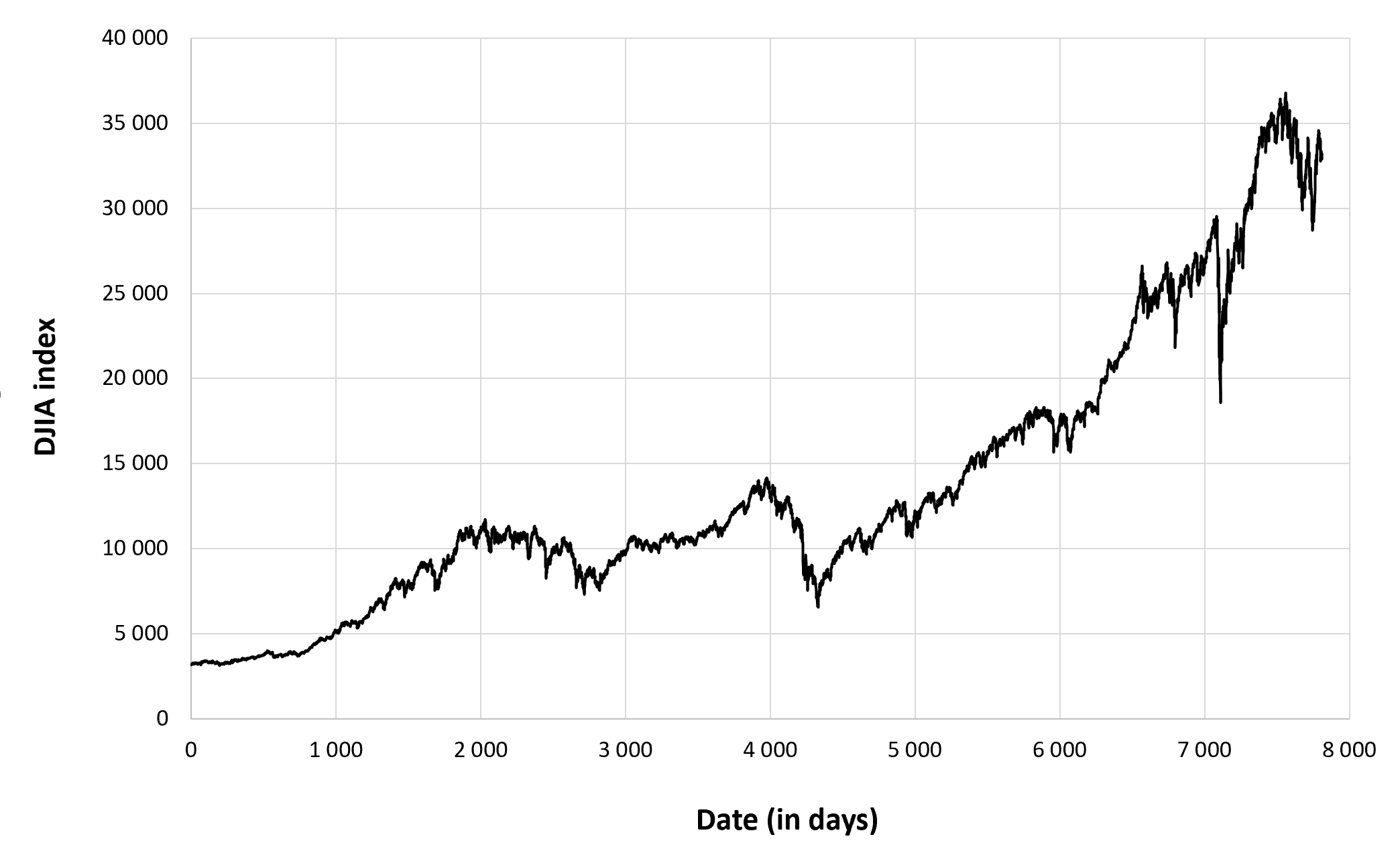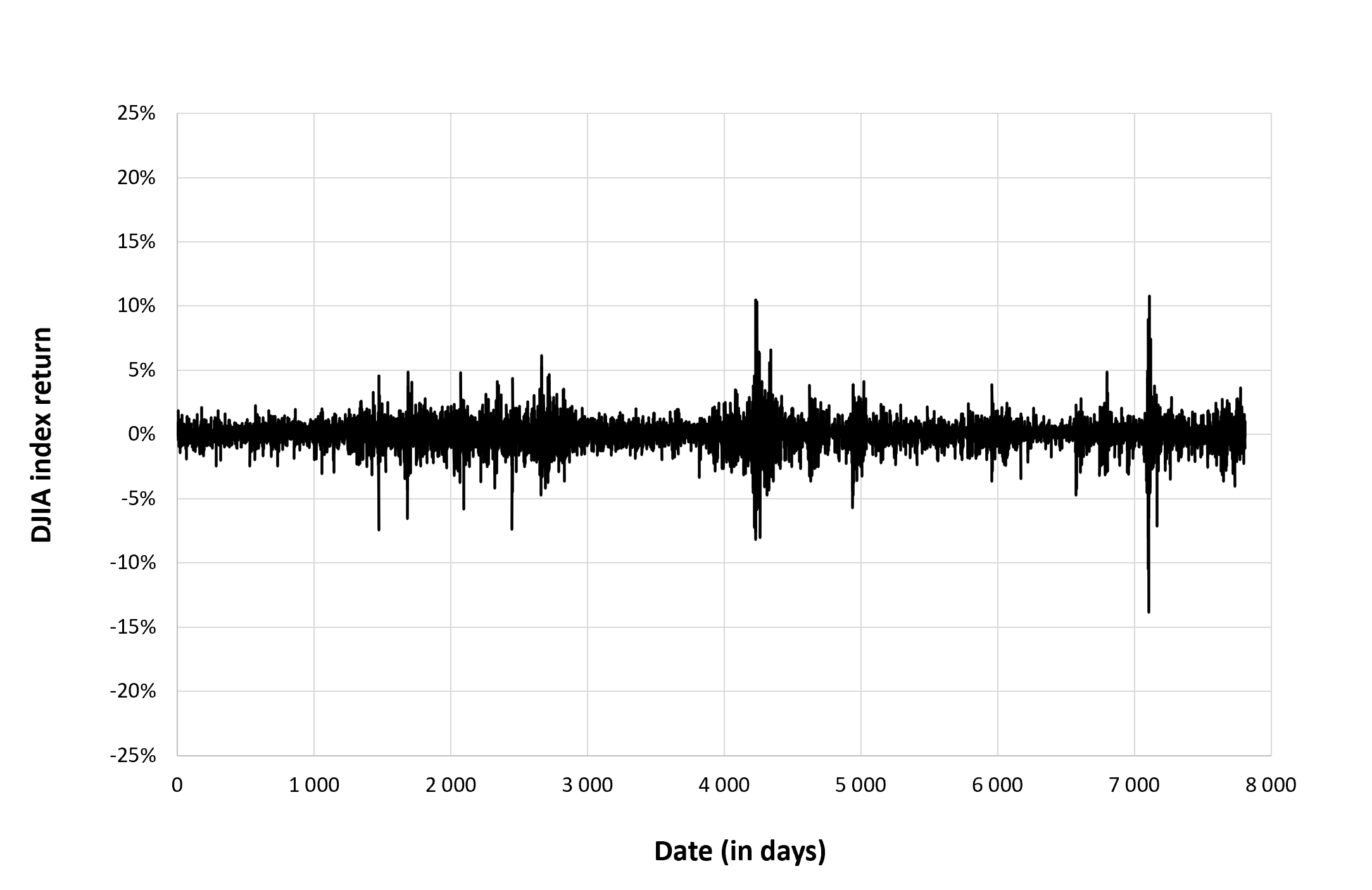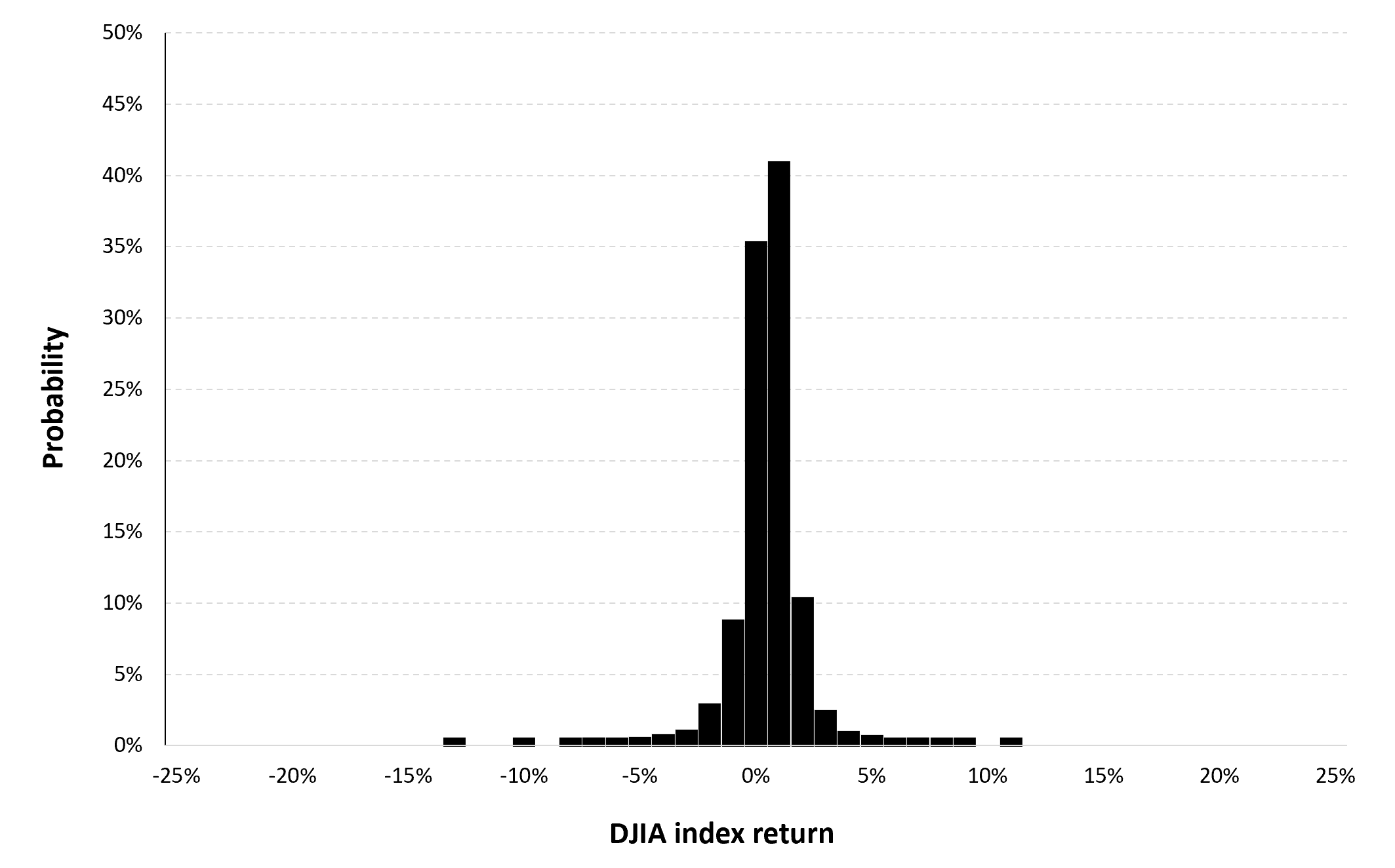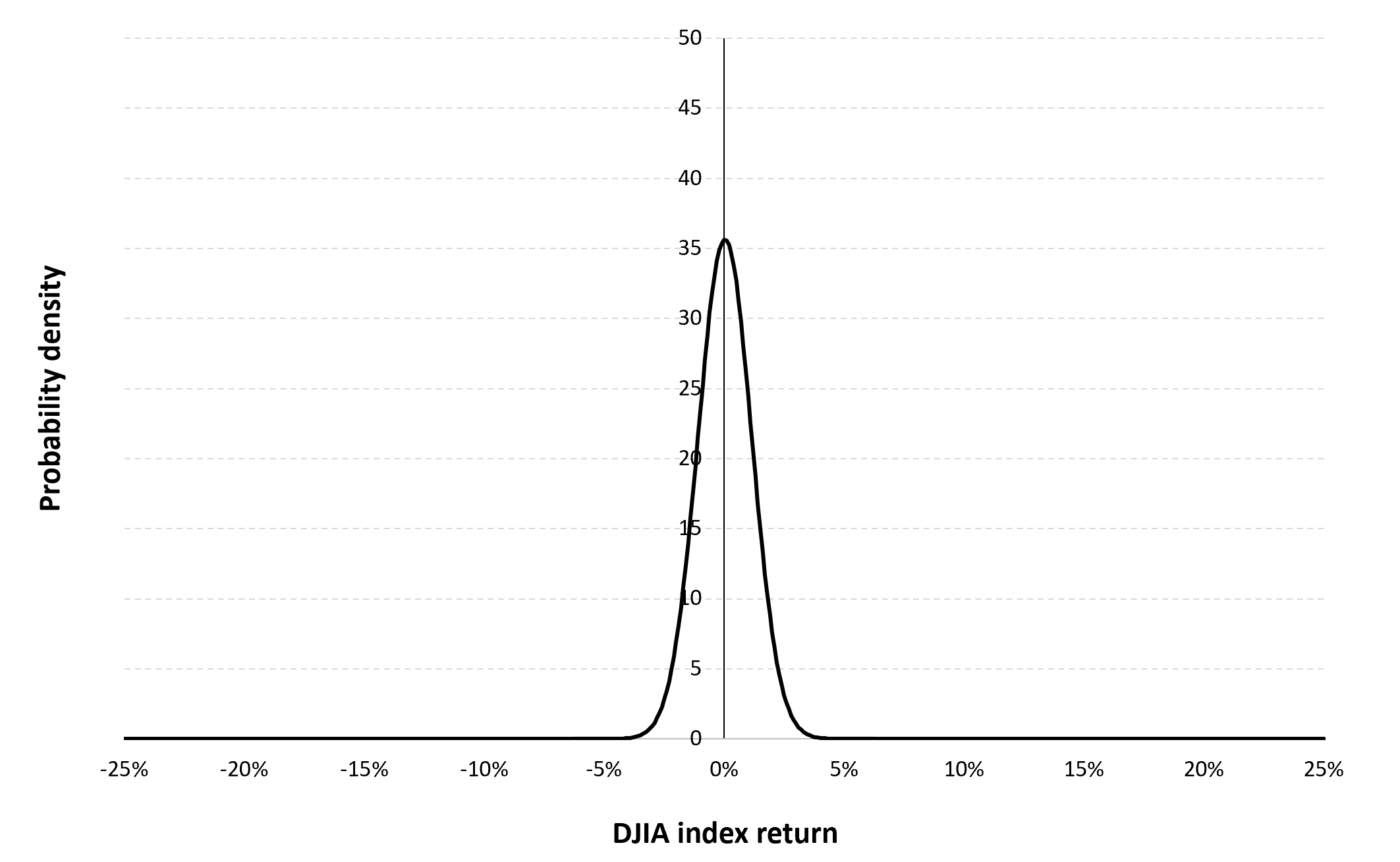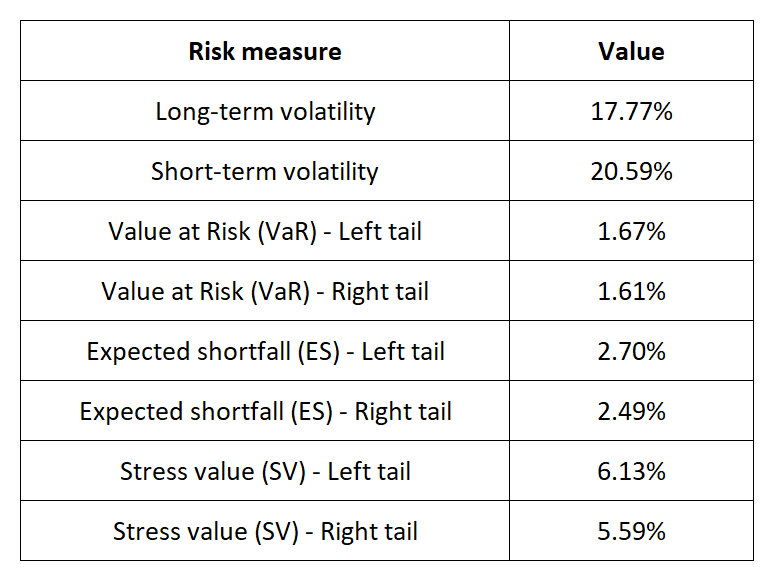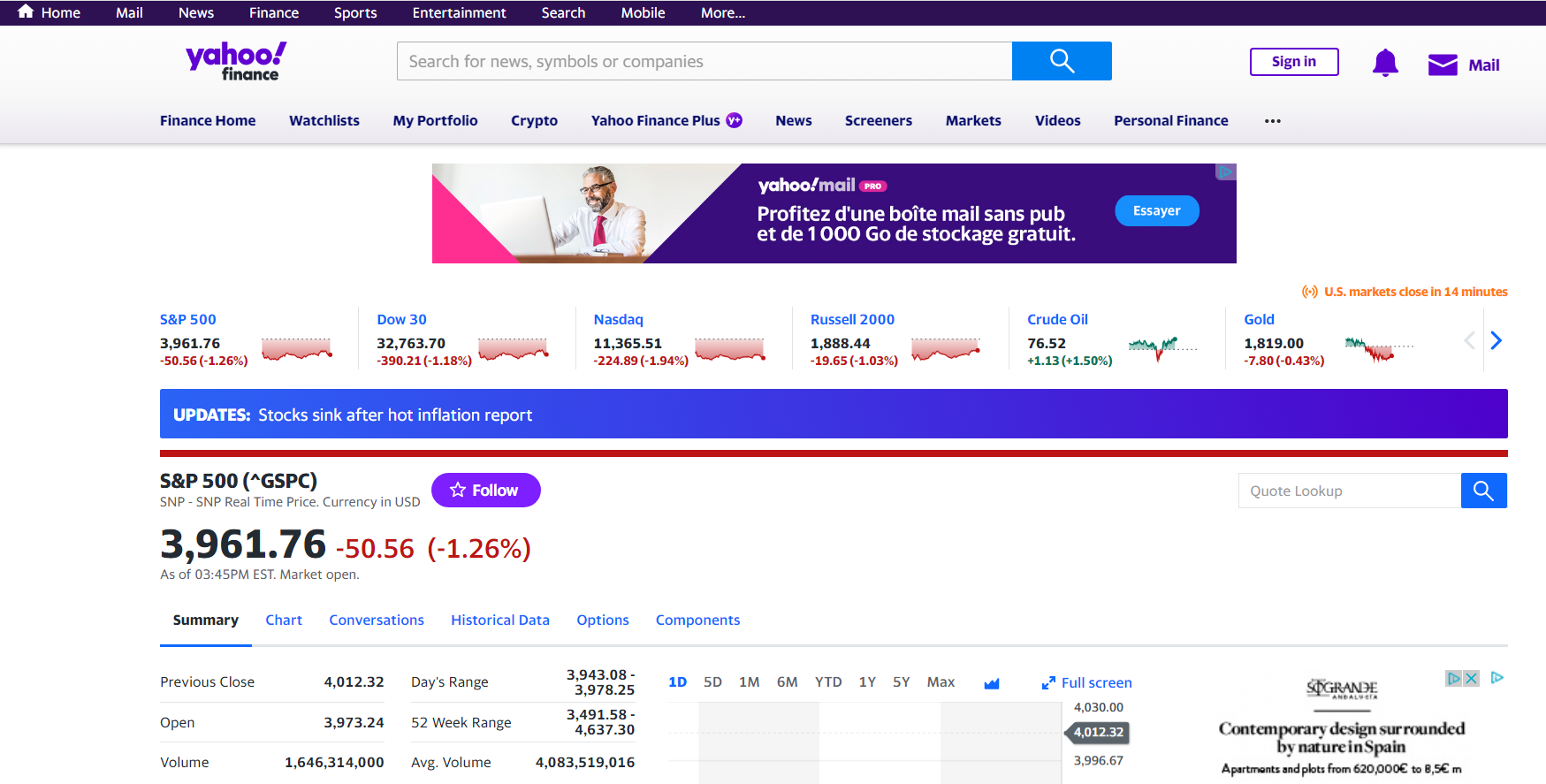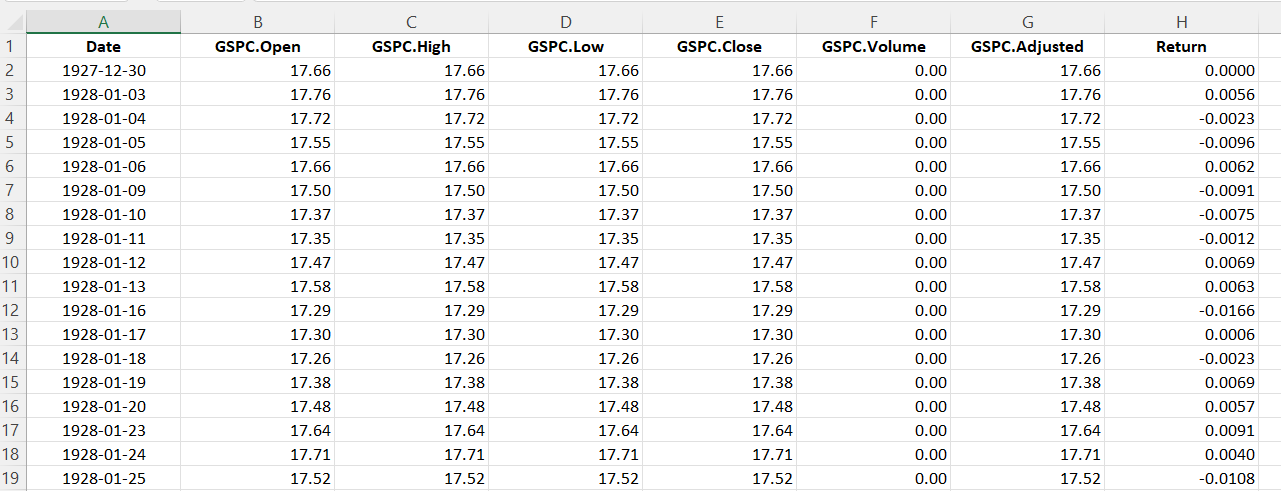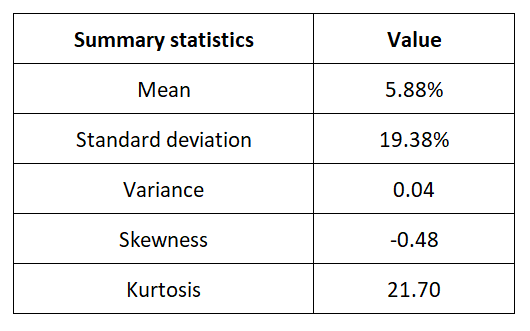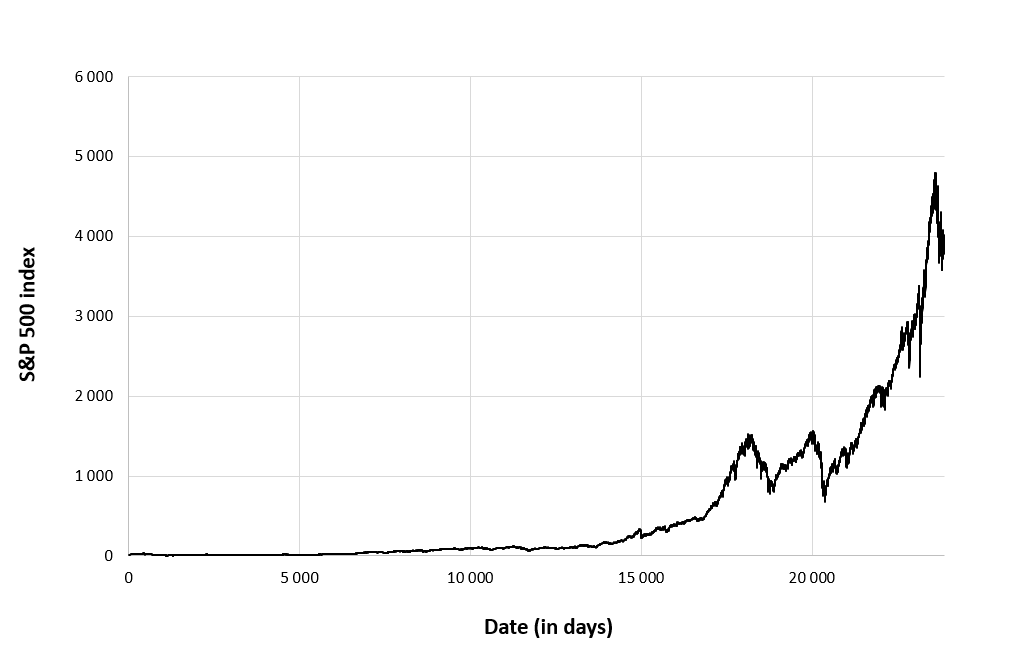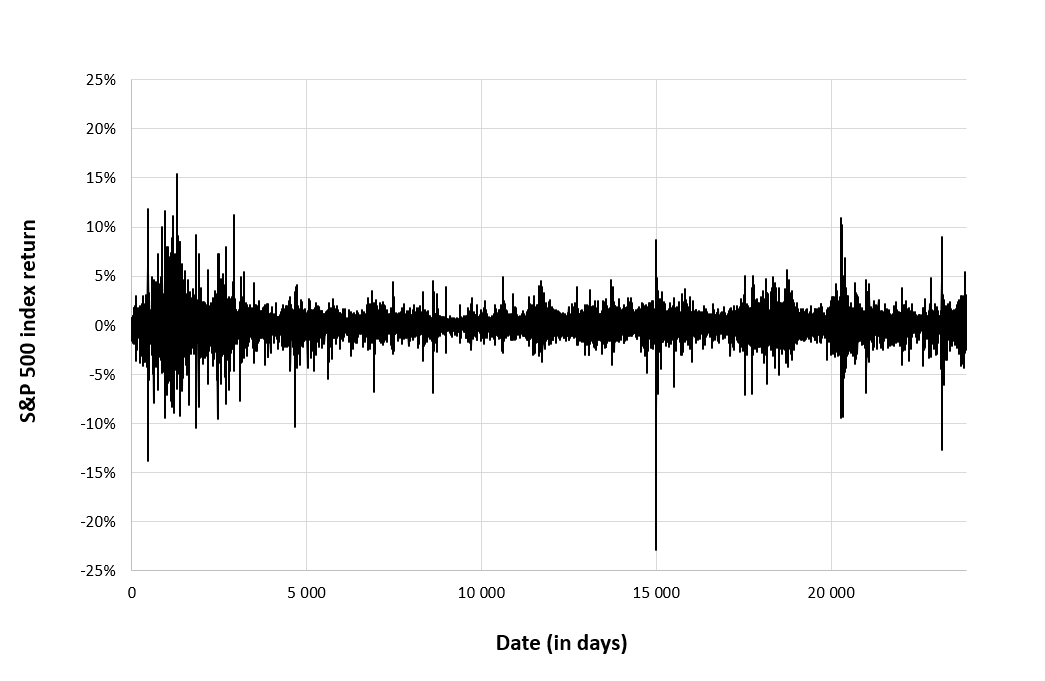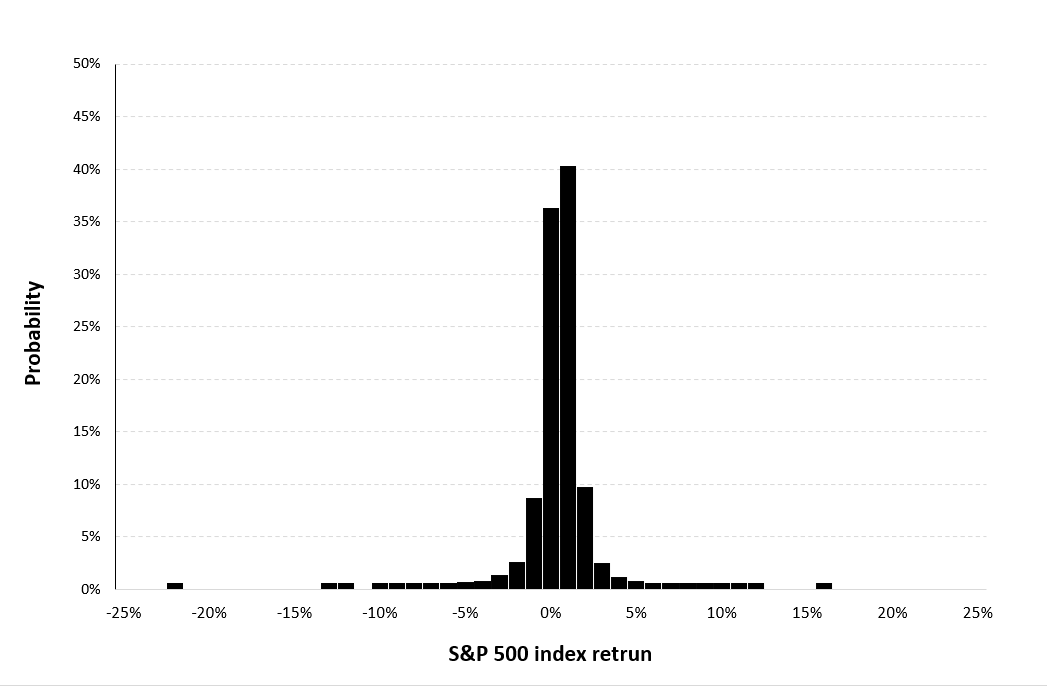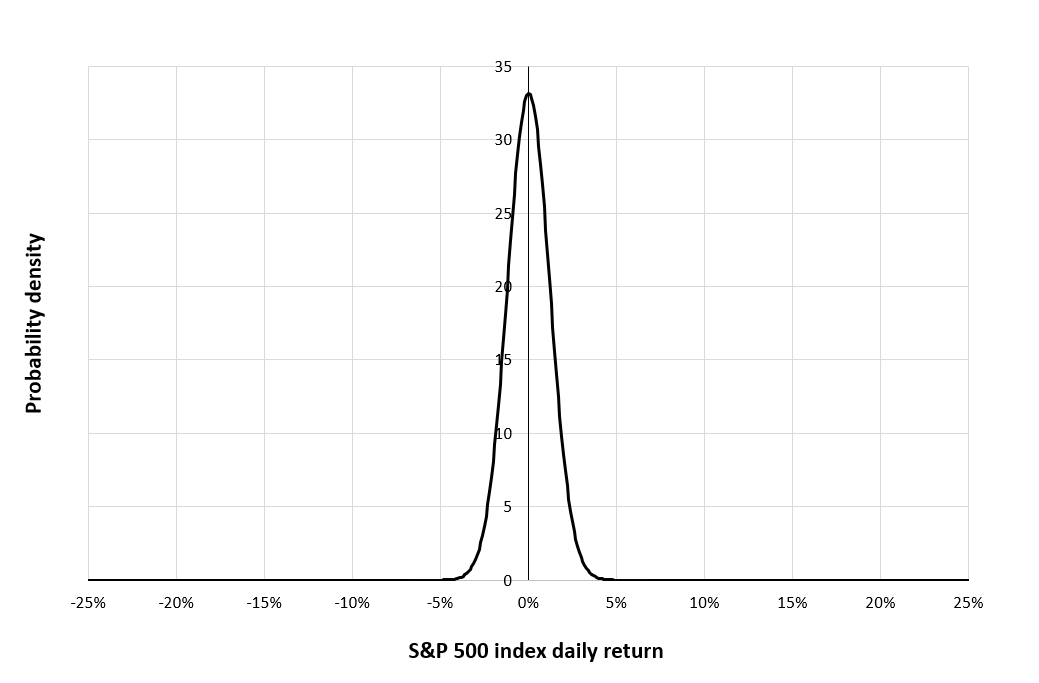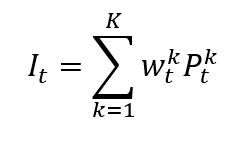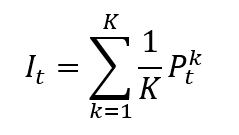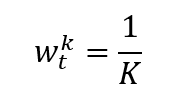The Nifty 50 index
In this article, Nithisha CHALLA (ESSEC Business School, Grande Ecole Program – Master in Management, 2021-2023) presents the Nifty 50 index and details its characteristics.
The Nifty 50 index
One of the important stock market indices in India is the Nifty 50 index, also referred to as the NSE Nifty. The National Stock Exchange (NSE) of India first introduced this index in 1996, and it currently measures the performance of the top 50 companies listed on the exchange.
Market capitalization, liquidity, and trading volumes are just a few of the criteria that are used to choose the companies that will be included in the Nifty 50 index. The index’s companies come from a variety of industries, including, among others, banking, IT, healthcare, and energy.
The Nifty50 is a free float market capitalization-weighted index, which means that the market capitalization of each stock determines how much of that stock is included in the index. In comparison to a price-weighted index, the Nifty 50 is a better representation of the Indian stock market as a whole because of this.
Indian mutual funds, exchange-traded funds, and other financial products frequently use the Nifty 50 index as a benchmark. Since it offers insightful information about how the Indian economy and stock market are performing, it is also closely watched by investors and traders worldwide.
The ticker symbol used for the Nifty 50 index is “NIFTY”.
Table 1 below gives the Top 10 stocks in the Nifty 50 index in terms of market capitalization as of January 31, 2023.
Table 1. Top 10 stocks in the Nifty 50 index.

Source: computation by the author (data: Yahoo Finance! financial website).
Calculation of the Nifty 50 index value
The top 50 companies listed on the National Stock Exchange (NSE) of India are tracked by the Nifty 50 stock market index in India. It is frequently used as the benchmark index for the Indian equity market and as a gauge of the state of the Indian economy as a whole. Companies from a variety of industries, including financial services, information technology, energy, and consumer goods, make up the Nifty50 index.
A free-float market-capitalization-weighted methodology is utilized to calculate the Nifty 50 index, which means that each company’s weight in the index is determined by its market capitalization adjusted for the shares that are actually traded in the secondary market (float).
The formula to compute the Nifty 50 index is given by

where I is the index value, k a given asset, K the number of assets in the index, Pk the market price of asset k, Nk the number of issued shares for asset k, Fk the float factor of asset k, and t the time of calculation of the index.
In a float-adjusted market-capitalization-weighted index, the weight of asset k is given by formula can be rewritten as
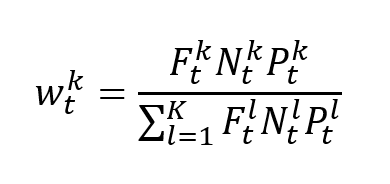
Use of the Nifty 50 index in asset management
The Nifty 50 serves as a benchmark for asset managers to assess the performance of their Indian equity portfolios. Asset managers can determine whether their investments are producing alpha, or outperforming the market, by comparing the returns of their portfolios to the performance of the index. If their portfolios underperform the index, they might need to adjust their stock selection or investment strategies to boost returns.
Benchmark for equity funds
In India, the Nifty 50 is frequently used as a benchmark for equity funds. By reflecting the performance of the top 50 companies listed on the National Stock Exchange of India, the index offers a snapshot of the performance of the Indian stock market. Investors can learn how well their investment is doing relative to the market by comparing the performance of a fund to the Nifty 50. If a fund consistently outperforms the index, the asset manager likely has a sound investment strategy and is adept at stock selection and market timing.
Financial products around the Nifty 50 index
There are several financial products that track the performance of the Nifty 50 index, allowing investors to gain exposure to the Indian stock market.
- ETFs are investment funds traded on stock exchanges, designed to track the performance of an index. There are several ETFs that track the Nifty 50 index, such as the ICICI Prudential Nifty ETF and the Kotak Nifty ETF.
- Index funds are also designed to track the performance of an index. Index funds based on the Nifty50 index include the HDFC Index Fund-Nifty 50 Plan and the UTI Nifty Index Fund.
- Futures and options contracts based on the Nifty 50 index provide investors with the ability to speculate on the future performance of the index. For example, the National Stock Exchange of India (NSE) offers futures contracts based on the Nifty 50 index.
- Certificates are investment products that allow investors to gain exposure to the Nifty50 index. Some banks in India offer certificates linked to the Nifty 50 index, such as the SBI Magnum Nifty Next 50 Index Fund.
With the help of these financial products, investors can invest in a diversified portfolio of 50 large-cap Indian companies from a range of industries and get exposure to the performance of the Nifty 50 index. Investors can gain a deeper understanding of industry trends, market competition, and the elements that contribute to business success by examining the performance of companies within these sectors. Asset managers can use these financial products as a benchmark to compare the performance of their equity portfolios to the performance of the entire market.
Historical data for the Nifty 50 index
How to get the data?
The Nifty 50 index is the most common index used in finance, and historical data for the Nifty 50 index can be easily downloaded from the internet.
For example, you can download data for the Nifty 50 index from January 3, 1984 on Yahoo! Finance (the Yahoo! code for Nifty 50 index is ^NSEI).
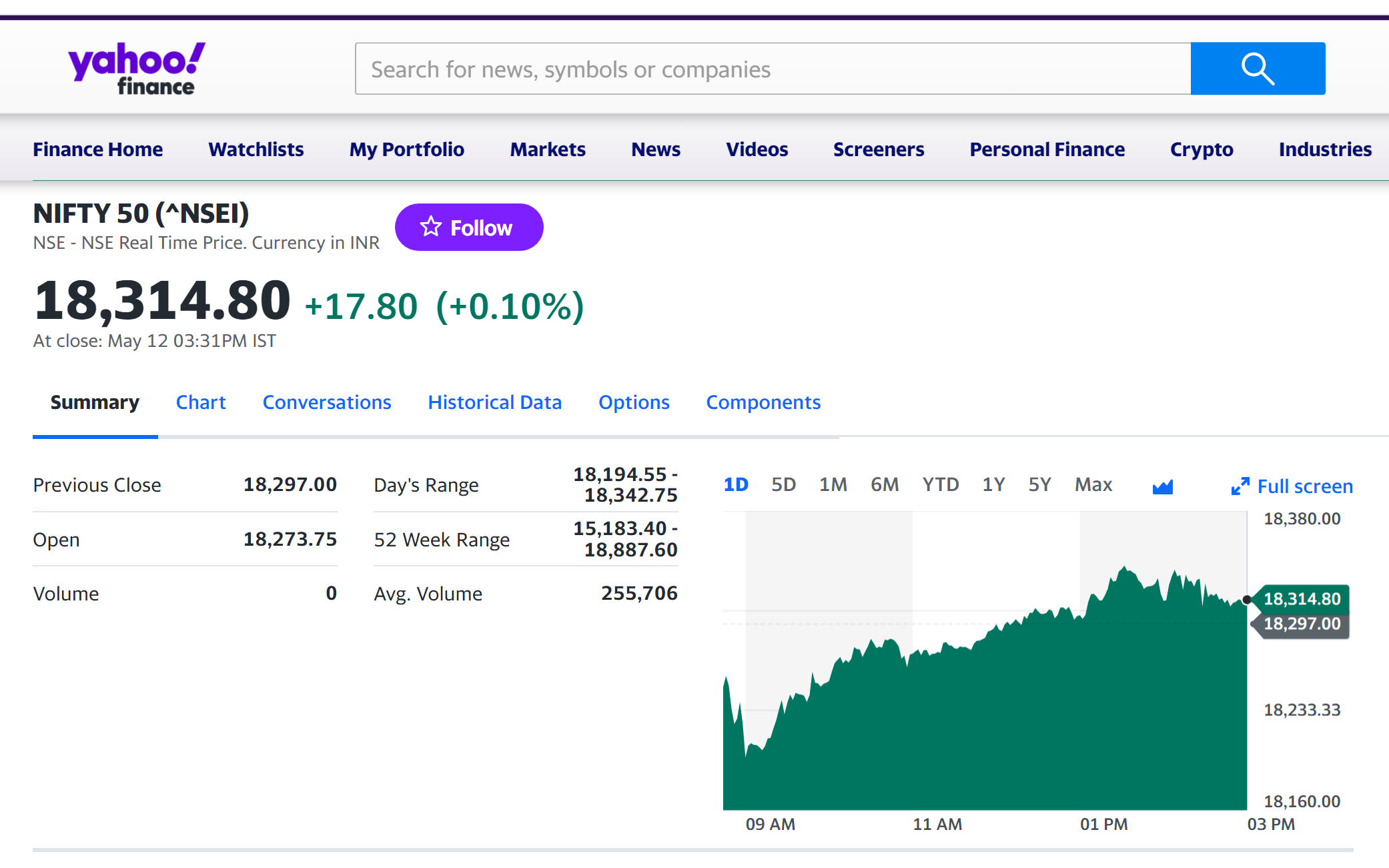
Source: Yahoo! Finance.
You can also download the same data from a Bloomberg terminal.
R program
The R program below written by Shengyu ZHENG allows you to download the data from Yahoo! Finance website and to compute summary statistics and risk measures about the Nifty 50 index.
Data file
The R program that you can download above allows you to download the data for the Nifty 50 index from the Yahoo! Finance website. The database starts on January 3, 1984. It also computes the returns (logarithmic returns) from closing prices.
Table 3 below represents the top of the data file for the Nifty 50 index downloaded from the Yahoo! Finance website with the R program.
Table 3. Top of the data file for the Nifty 50 index.

Source: computation by the author (data: Yahoo! Finance website).
Evolution of the Nifty 50 index
Figure 1 below gives the evolution of the Nifty 50 index from January 3, 1984 to December 30, 2022 on a daily basis.
Figure 1. Evolution of the Nifty 50 index.
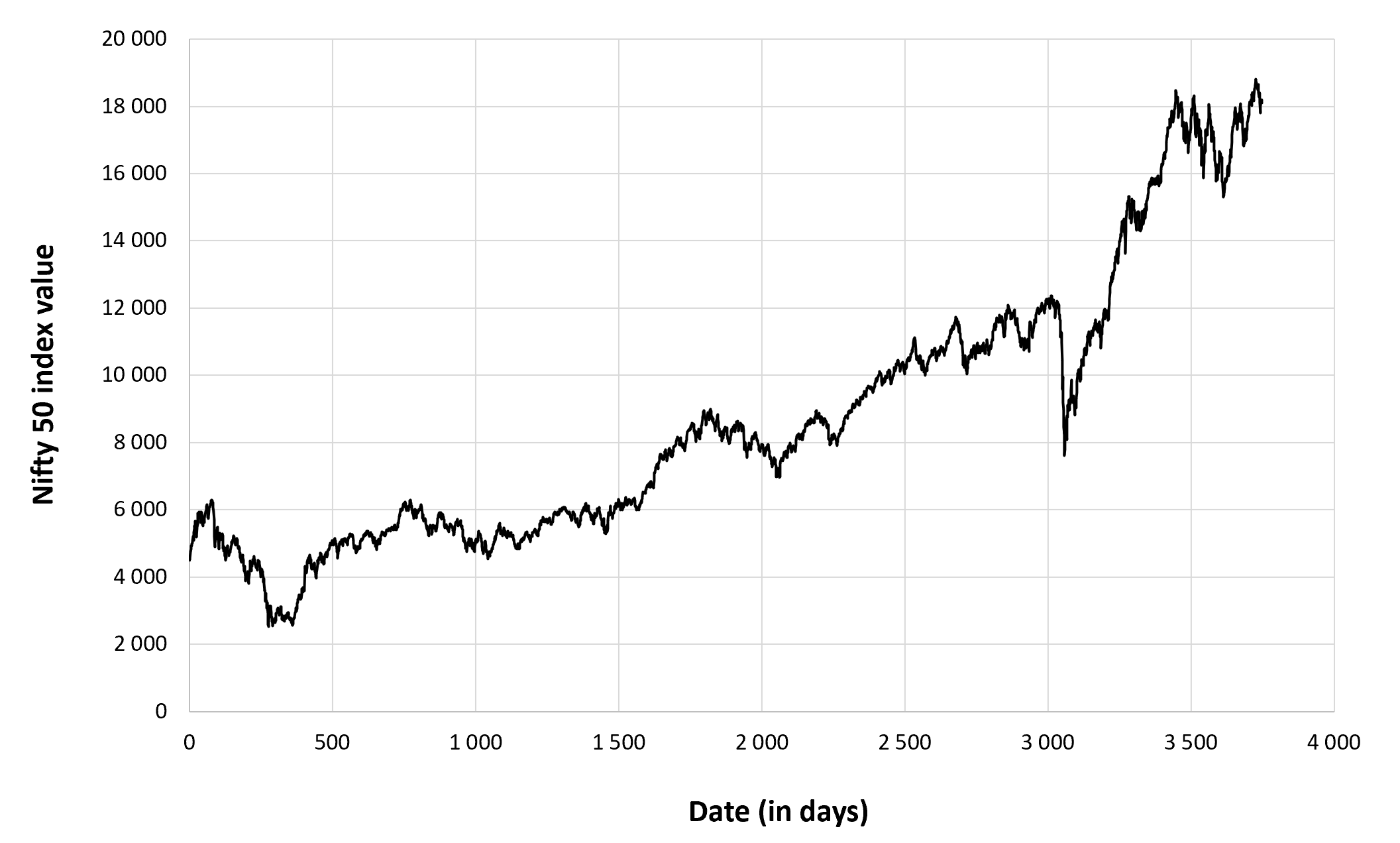
Source: computation by the author (data: Yahoo! Finance website).
Figure 2 below gives the evolution of the Nifty 50 index returns from January 3, 1984 to December 30, 2022 on a daily basis.
Figure 2. Evolution of the Nifty 50 index returns.
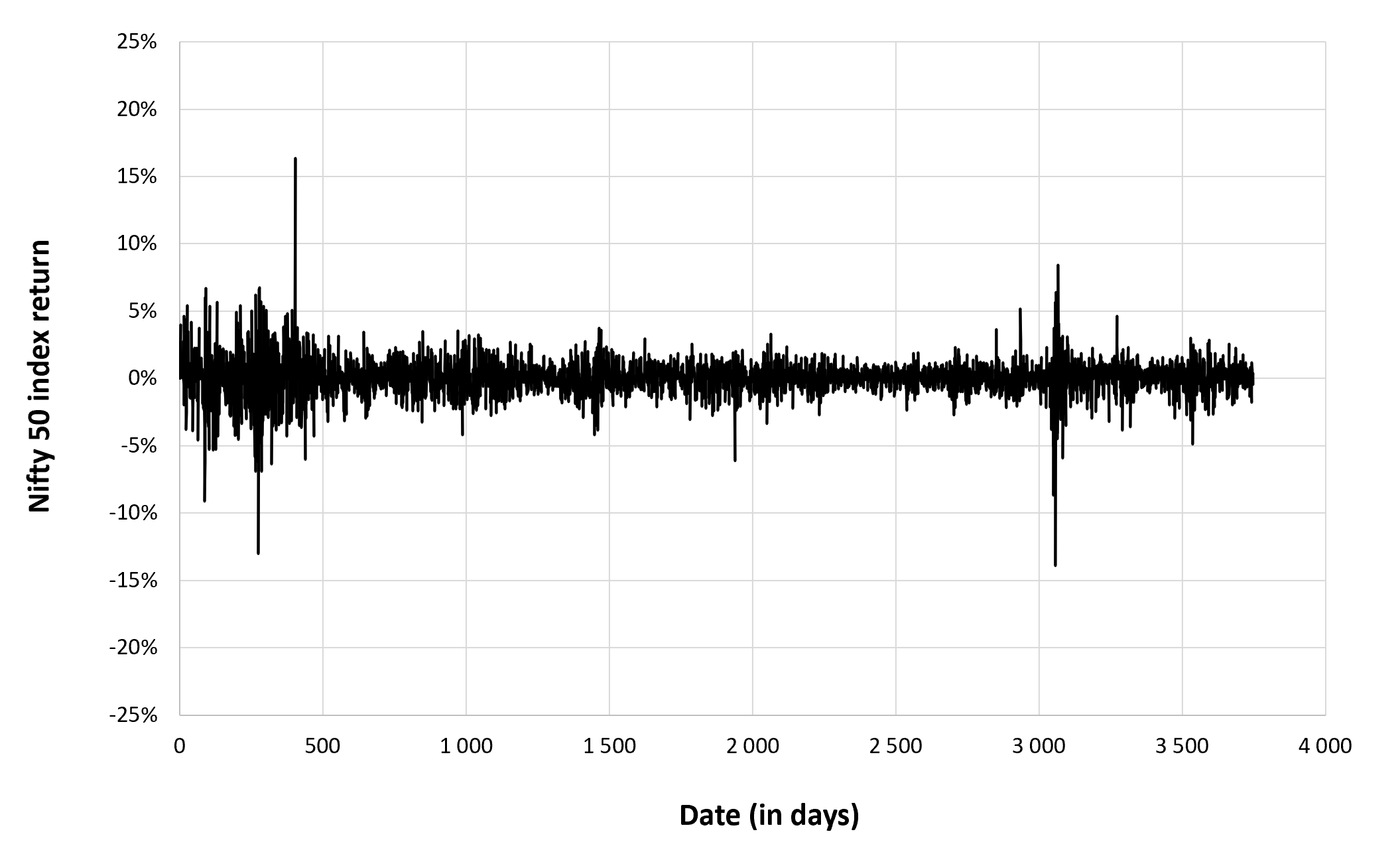
Source: computation by the author (data: Yahoo! Finance website).
Summary statistics for the Nifty 50 index
The R program that you can download above also allows you to compute summary statistics about the returns of the Nifty 50 index.
Table 4 below presents the following summary statistics estimated for the Nifty 50 index:
- The mean
- The standard deviation (the squared root of the variance)
- The skewness
- The kurtosis.
The mean, the standard deviation / variance, the skewness, and the kurtosis refer to the first, second, third and fourth moments of statistical distribution of returns respectively.
Table 4. Summary statistics for the Nifty 50 index.
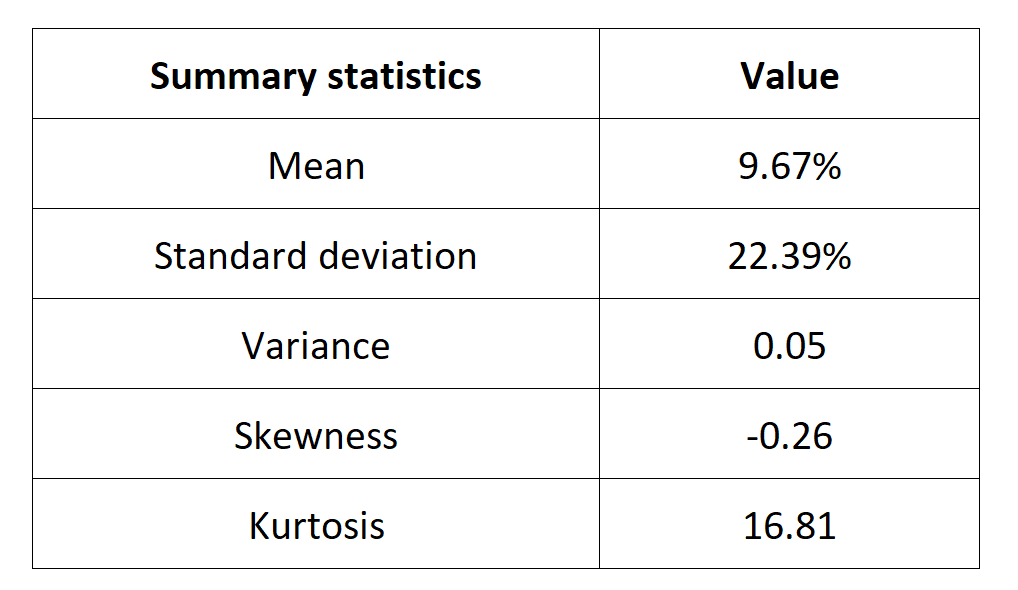
Source: computation by the author (data: Yahoo! Finance website).
Statistical distribution of the Nifty 50 index returns
Historical distribution
Figure 3 represents the historical distribution of the Nifty 50 index daily returns for the period from January 3, 1984 to December 30, 2022.
Figure 3. Historical distribution of the Nifty 50 index returns.

Source: computation by the author (data: Yahoo! Finance website).
Gaussian distribution
The Gaussian distribution (also called the normal distribution) is a parametric distribution with two parameters: the mean and the standard deviation of returns. We estimated these two parameters over the period from January 3, 1984 to December 30, 2022. The mean of daily returns is equal to 0.02% and the standard deviation of daily returns is equal to 1.37% (or equivalently 3.94% for the annual mean and 28.02% for the annual standard deviation as shown in Table 3 above).
Figure 4 below represents the Gaussian distribution of the Nifty 50 index daily returns with parameters estimated over the period from January 3, 1984 to December 30, 2022.
Figure 4. Gaussian distribution of the Nifty 50 index returns.
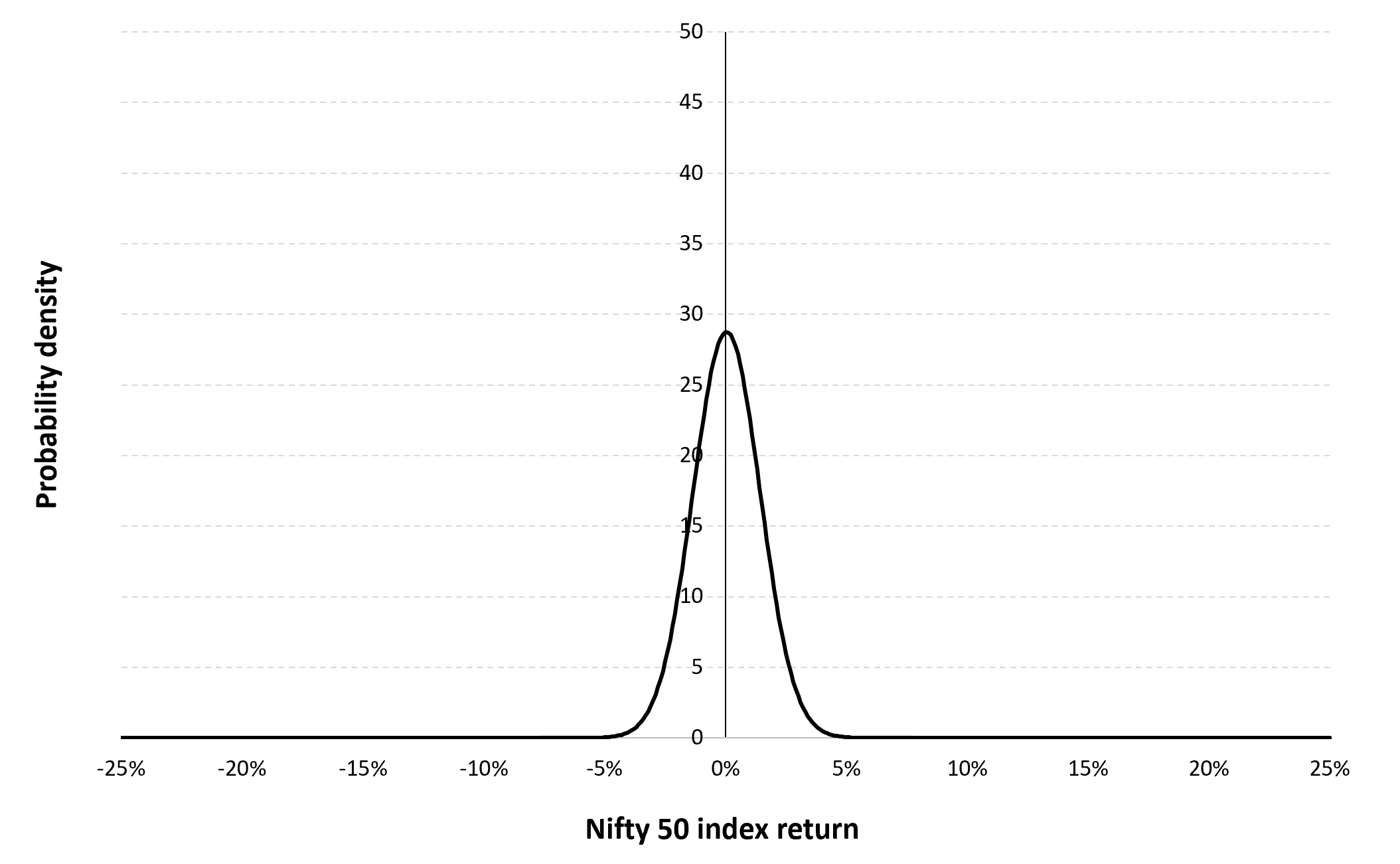
Source: computation by the author (data: Yahoo! Finance website).
Risk measures of the Nifty 50 index returns
The R program that you can download above also allows you to compute risk measures about the returns of the Nifty 50 index.
Table 5 below presents the following risk measures estimated for the Nifty 50 index:
- The long-term volatility (the unconditional standard deviation estimated over the entire period)
- The short-term volatility (the standard deviation estimated over the last three months)
- The Value at Risk (VaR) for the left tail (the 5% quantile of the historical distribution)
- The Value at Risk (VaR) for the right tail (the 95% quantile of the historical distribution)
- The Expected Shortfall (ES) for the left tail (the average loss over the 5% quantile of the historical distribution)
- The Expected Shortfall (ES) for the right tail (the average loss over the 95% quantile of the historical distribution)
- The Stress Value (SV) for the left tail (the 1% quantile of the tail distribution estimated with a Generalized Pareto distribution)
- The Stress Value (SV) for the right tail (the 99% quantile of the tail distribution estimated with a Generalized Pareto distribution)
Table 5. Risk measures for the Nifty 50 index.
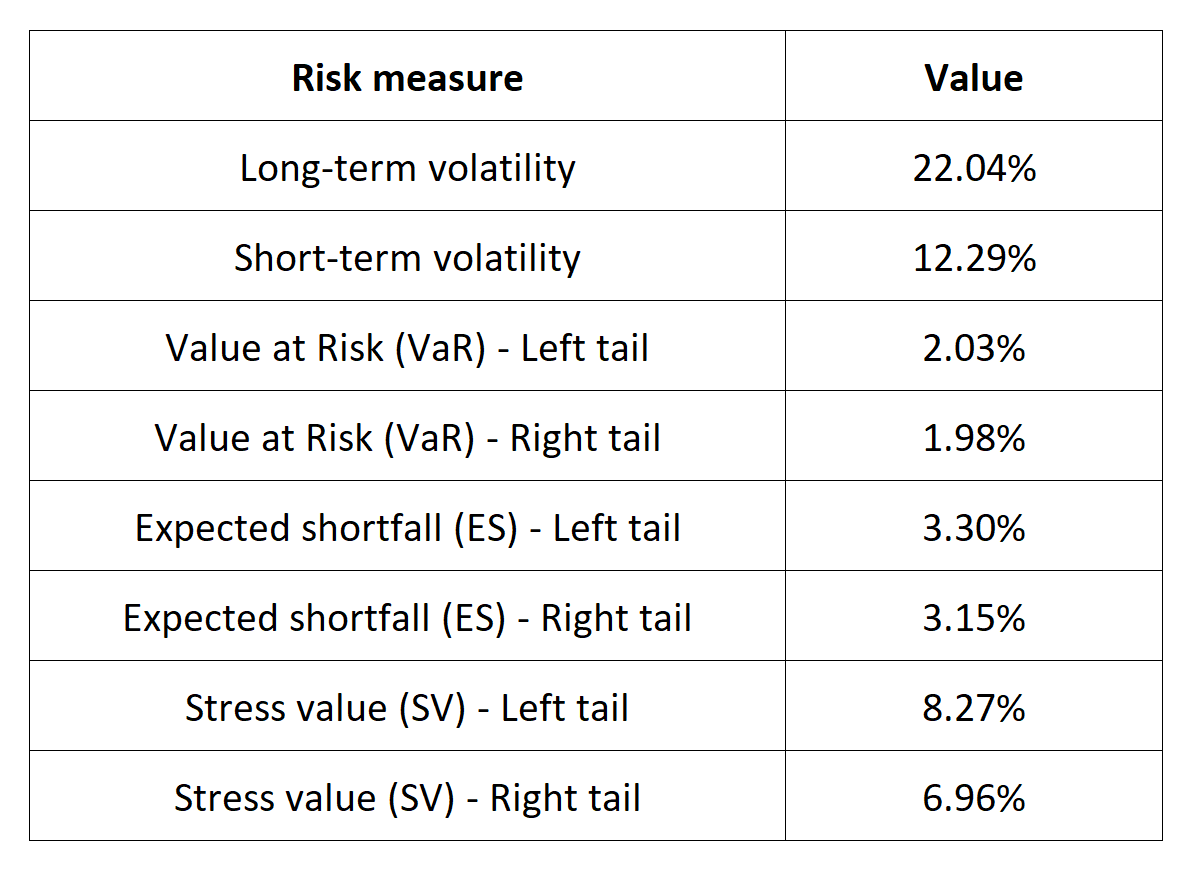
Source: computation by the author (data: Yahoo! Finance website).
The volatility is a global measure of risk as it considers all the returns. The Value at Risk (VaR), Expected Shortfall (ES) and Stress Value (SV) are local measures of risk as they focus on the tails of the distribution. The study of the left tail is relevant for an investor holding a long position in the Nifty 50 index while the study of the right tail is relevant for an investor holding a short position in the Nifty 50 index.
Why should I be interested in this post?
For a number of reasons, management students (as future managers and individual investors) should learn about the Nifty 50 index. The Nifty 50 index is a key benchmark for the Indian equity market, which is a fast developing market. Understanding how the index is constructed, how it performs, and the companies that make up the index is important for anyone studying finance or business in India or interested in investing in Indian equities.
Individual investors can assess the performance of their own investments in the Japanese equity market with the Nifty 50 index. Last but not least, a lot of asset management firms base their mutual funds and exchange-traded funds (ETFs) on the Nifty 50 index which can considered as interesting assets to diversify a portfolio. Learning about these products and their portfolio and risk management applications can be valuable for management students.
Related posts on the SimTrade blog
About financial indexes
▶ Nithisha CHALLA Financial indexes
▶ Nithisha CHALLA Calculation of financial indexes
▶ Nithisha CHALLA The business of financial indexes
▶ Nithisha CHALLA Float
Other financial indexes
▶ Nithisha CHALLA The S&P 500 index
▶ Nithisha CHALLA The FTSE 100 index
▶ Nithisha CHALLA The CSI 300 index
▶ Nithisha CHALLA The Nikkei 225 index
About portfolio management
▶ Youssef LOURAOUI Portfolio
▶ Jayati WALIA Returns
About statistics
▶ Shengyu ZHENG Moments de la distribution
▶ Shengyu ZHENG Mesures de risques
Useful resources
Academic research about risk
Longin F. (2000) From VaR to stress testing: the extreme value approach Journal of Banking and Finance, N°24, pp 1097-1130.
Longin F. (2016) Extreme events in finance: a handbook of extreme value theory and its applications Wiley Editions.
Business
CFI What is the NIFTY 50 Index?
Wikipedia An introduction to the NIFTY 50
NSE India 25 years journey of NSE
Data
Yahoo! Finance Nifty 50 index
About the author
The article was written in May 2023 by Nithisha CHALLA (ESSEC Business School, Grande Ecole Program – Master in Management, 2021-2023).




